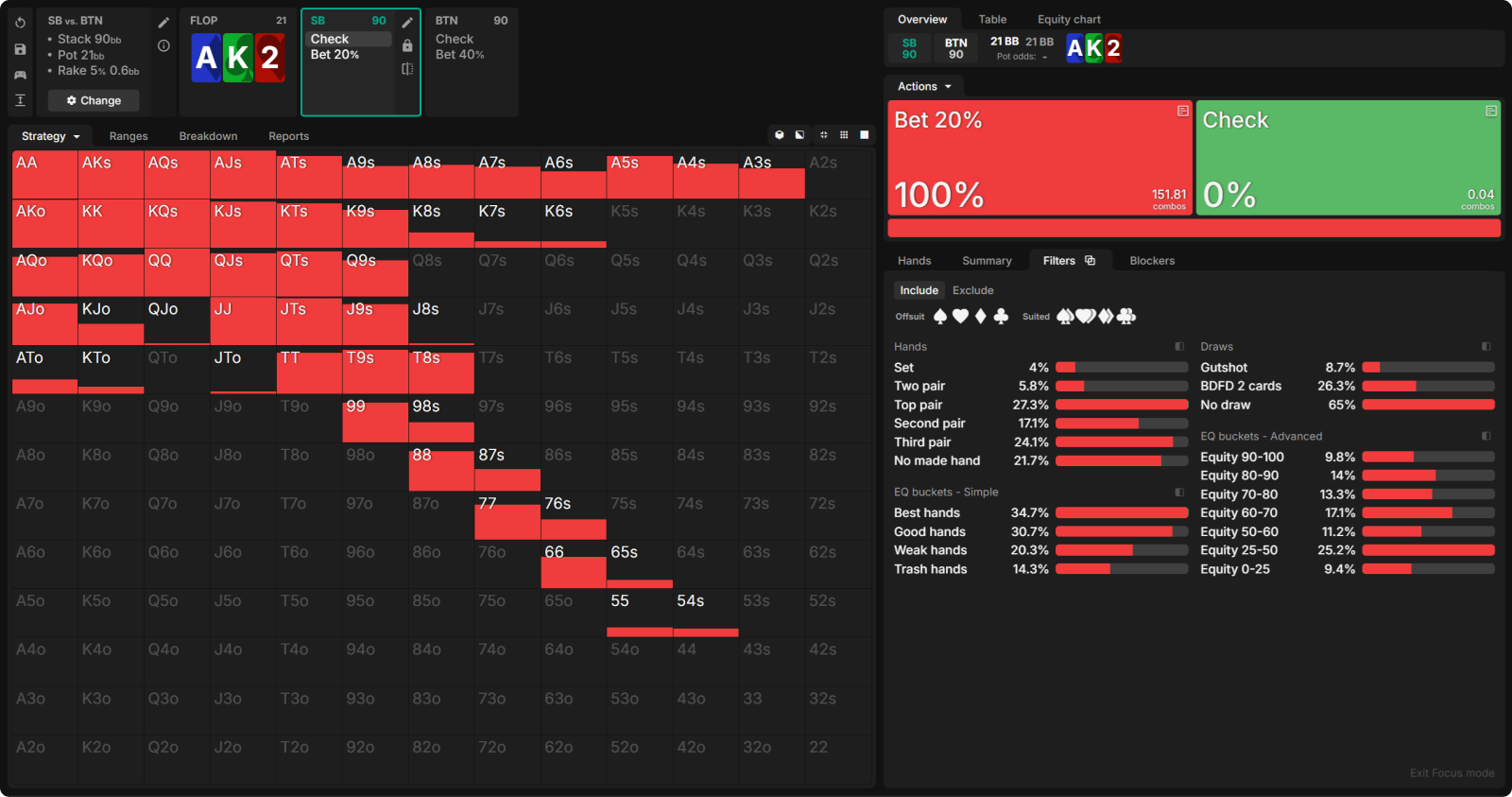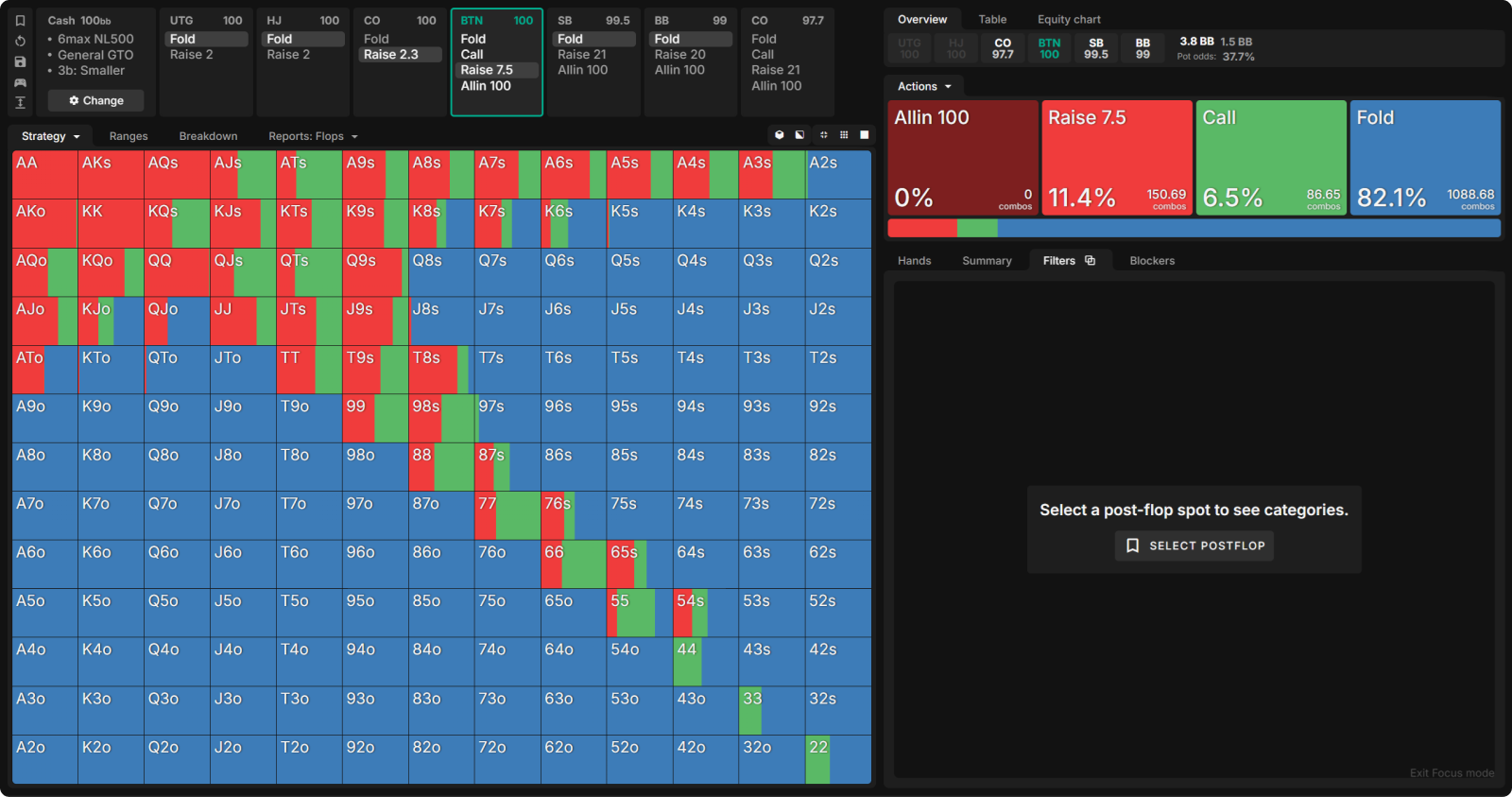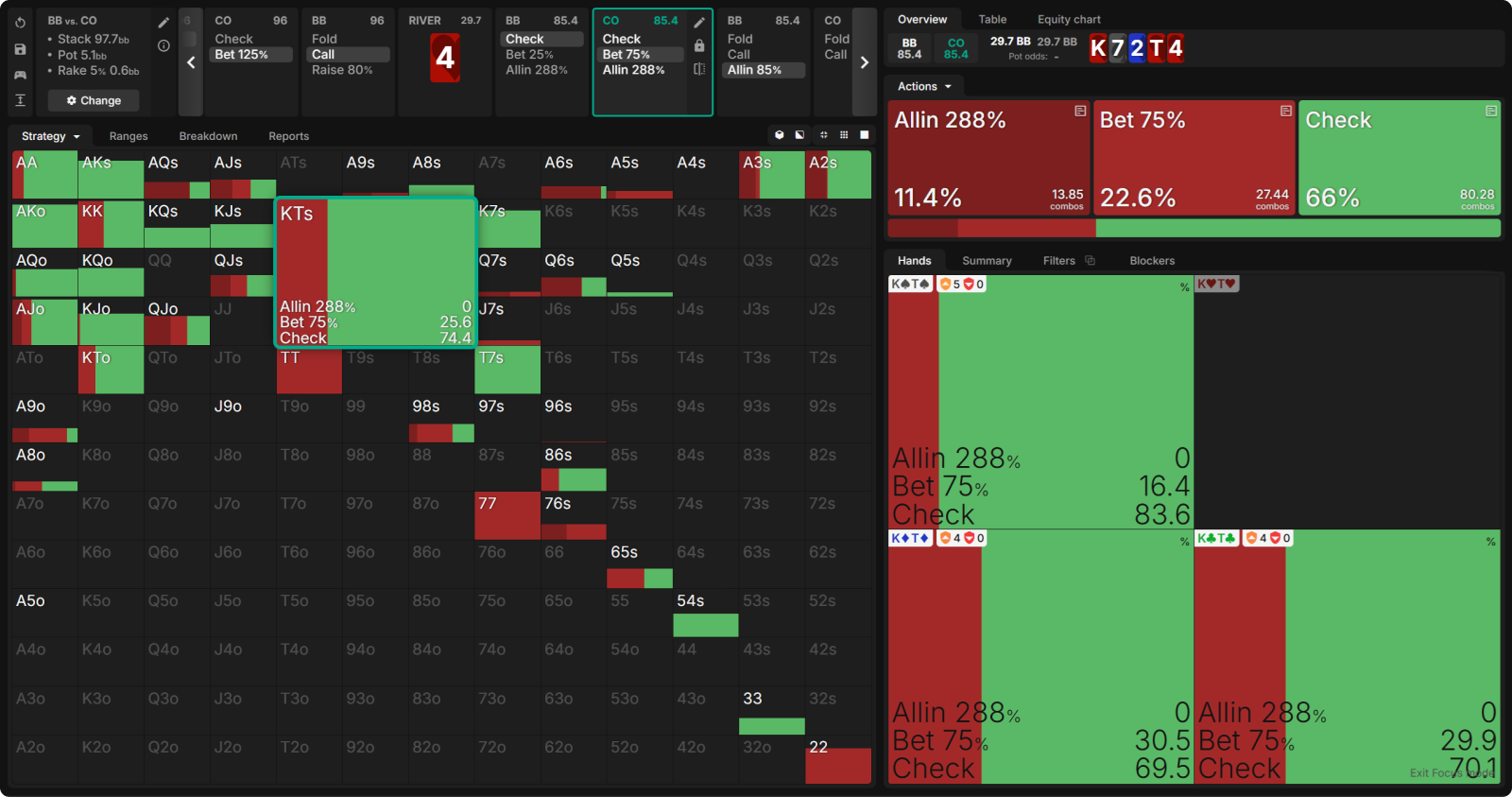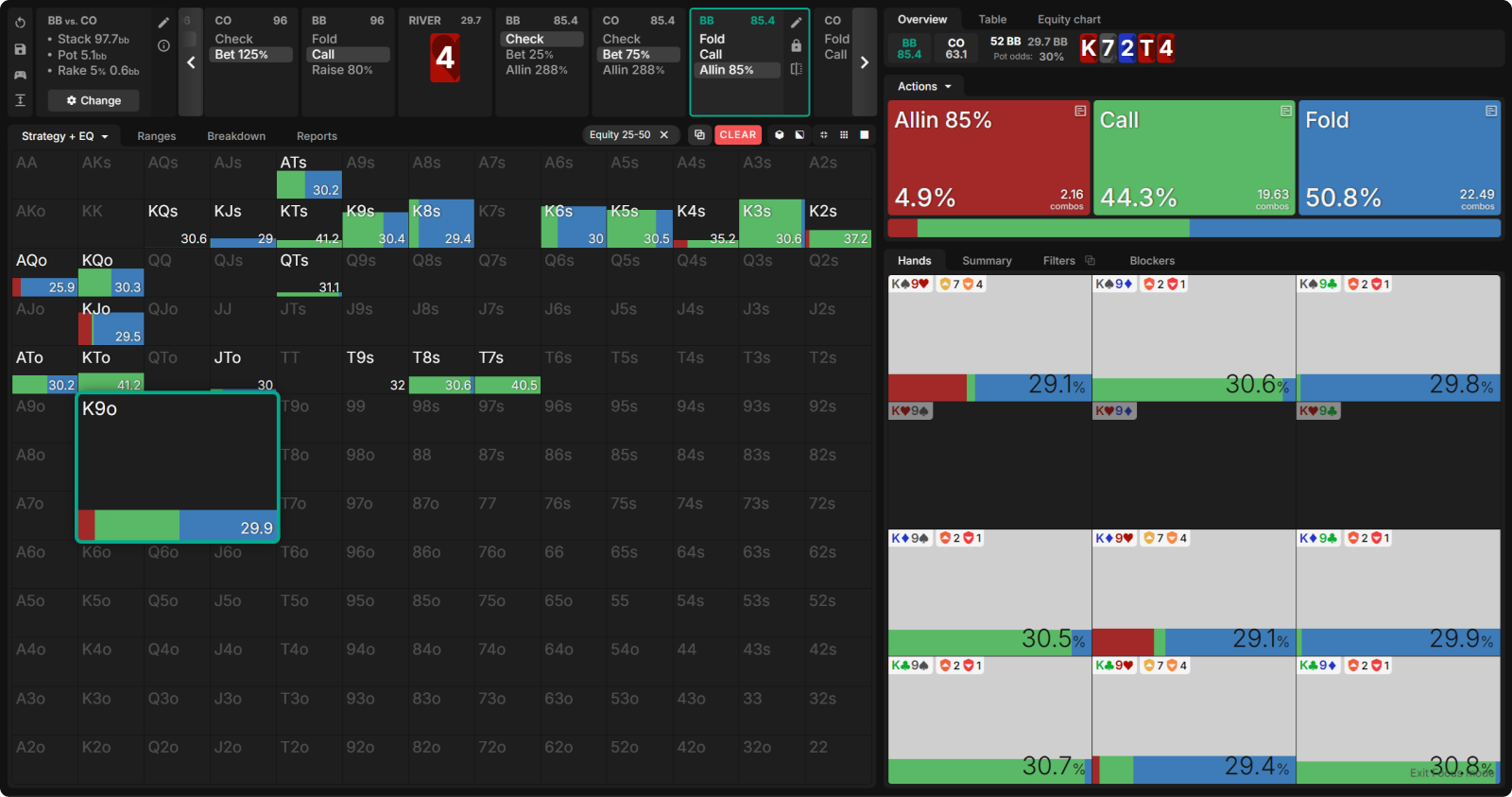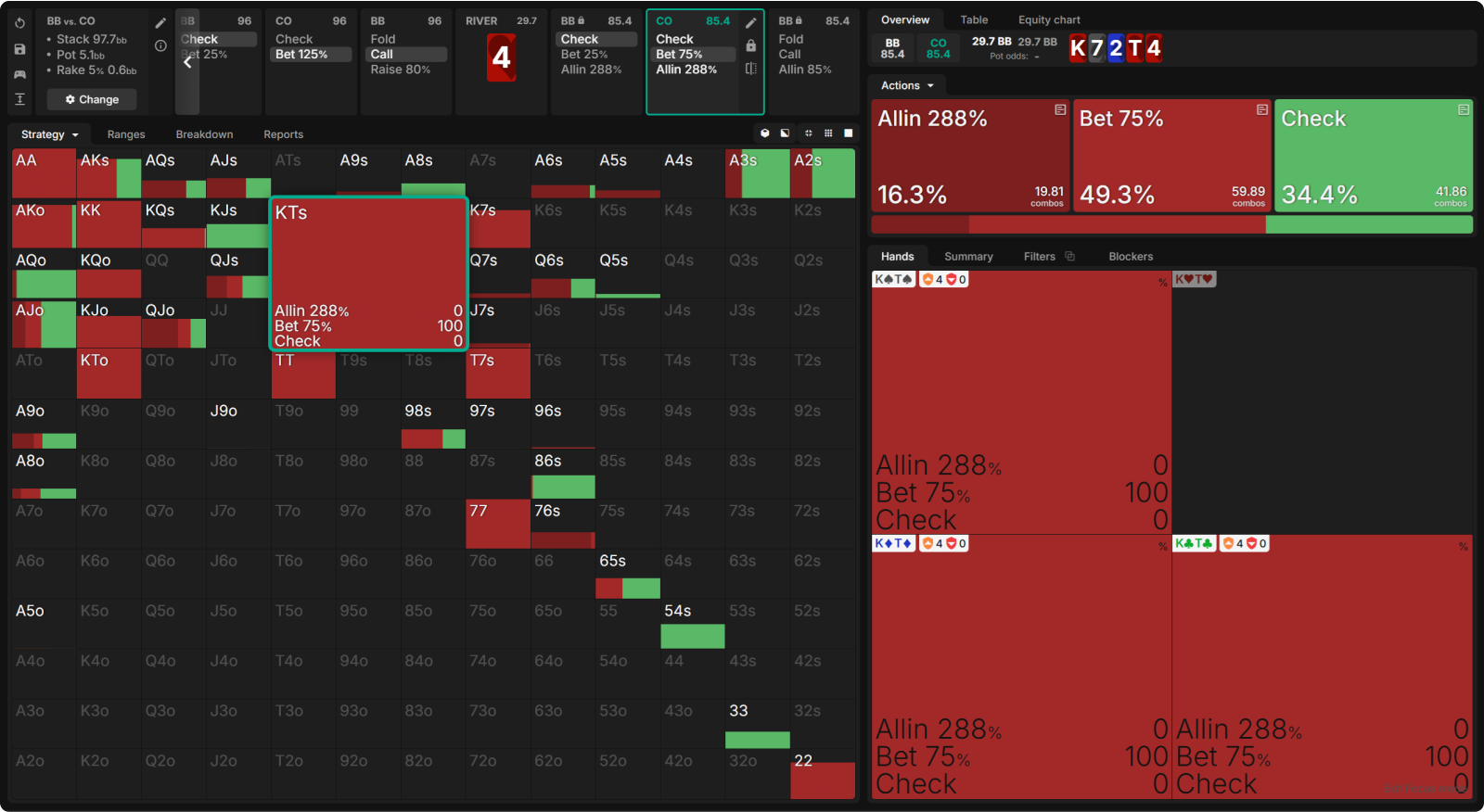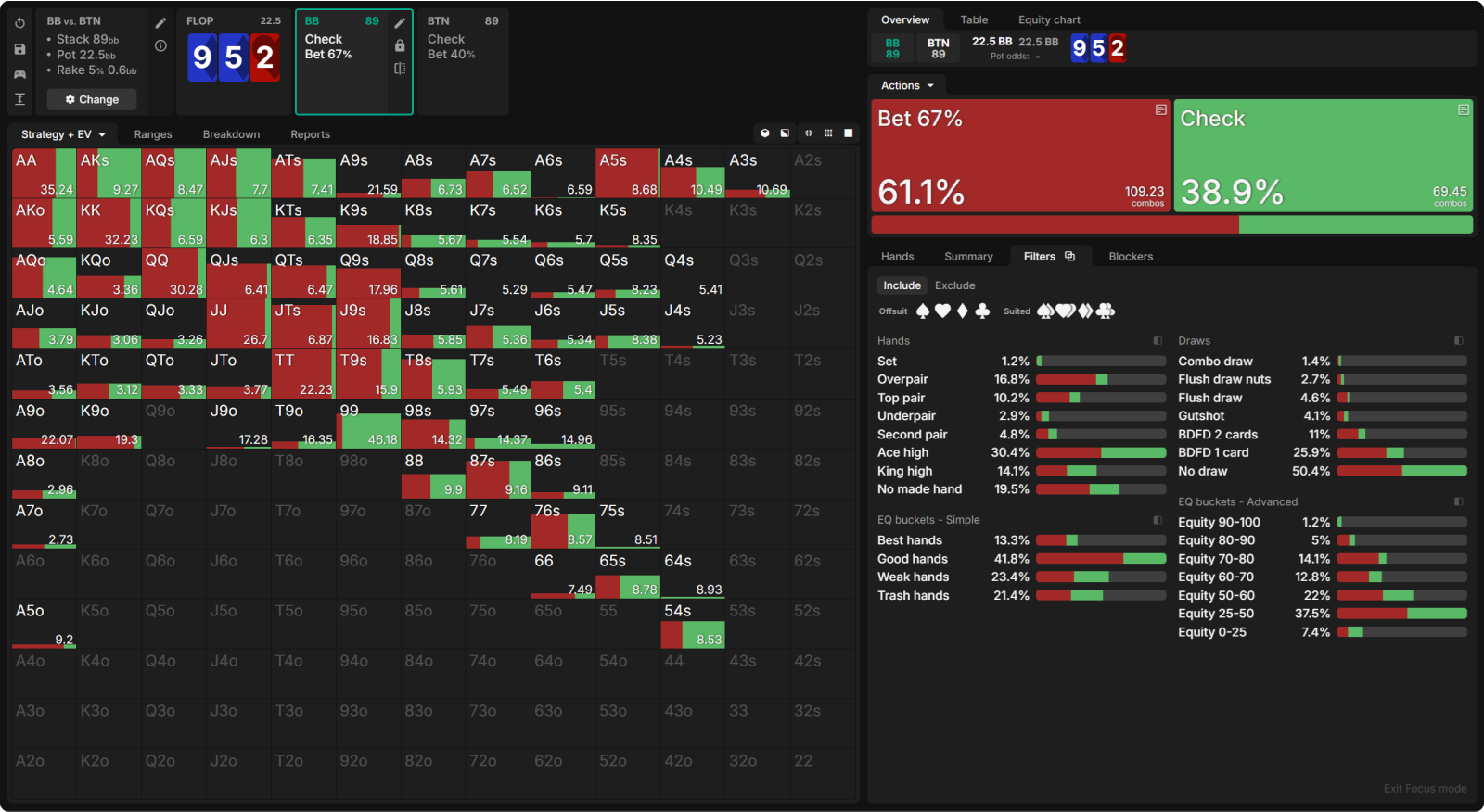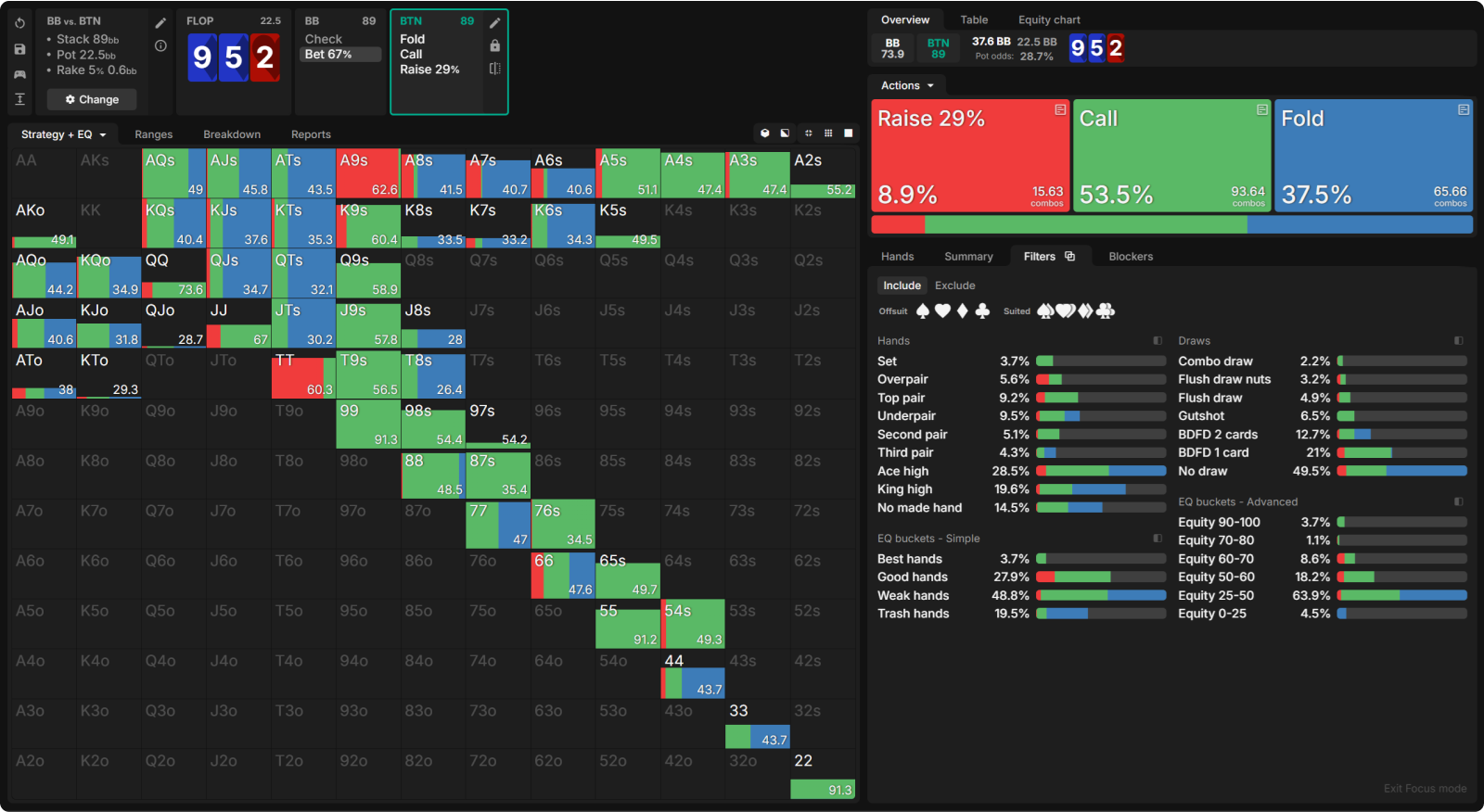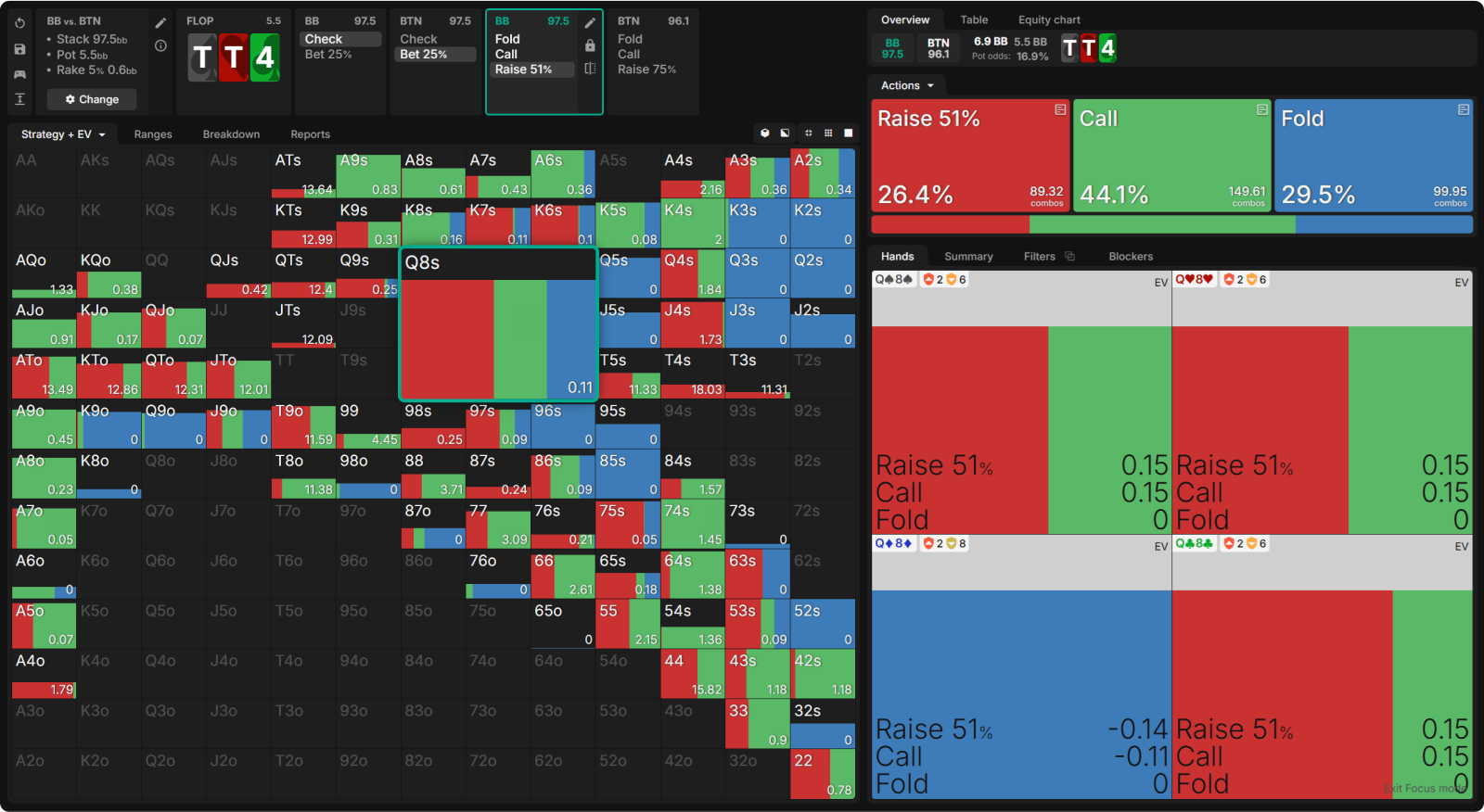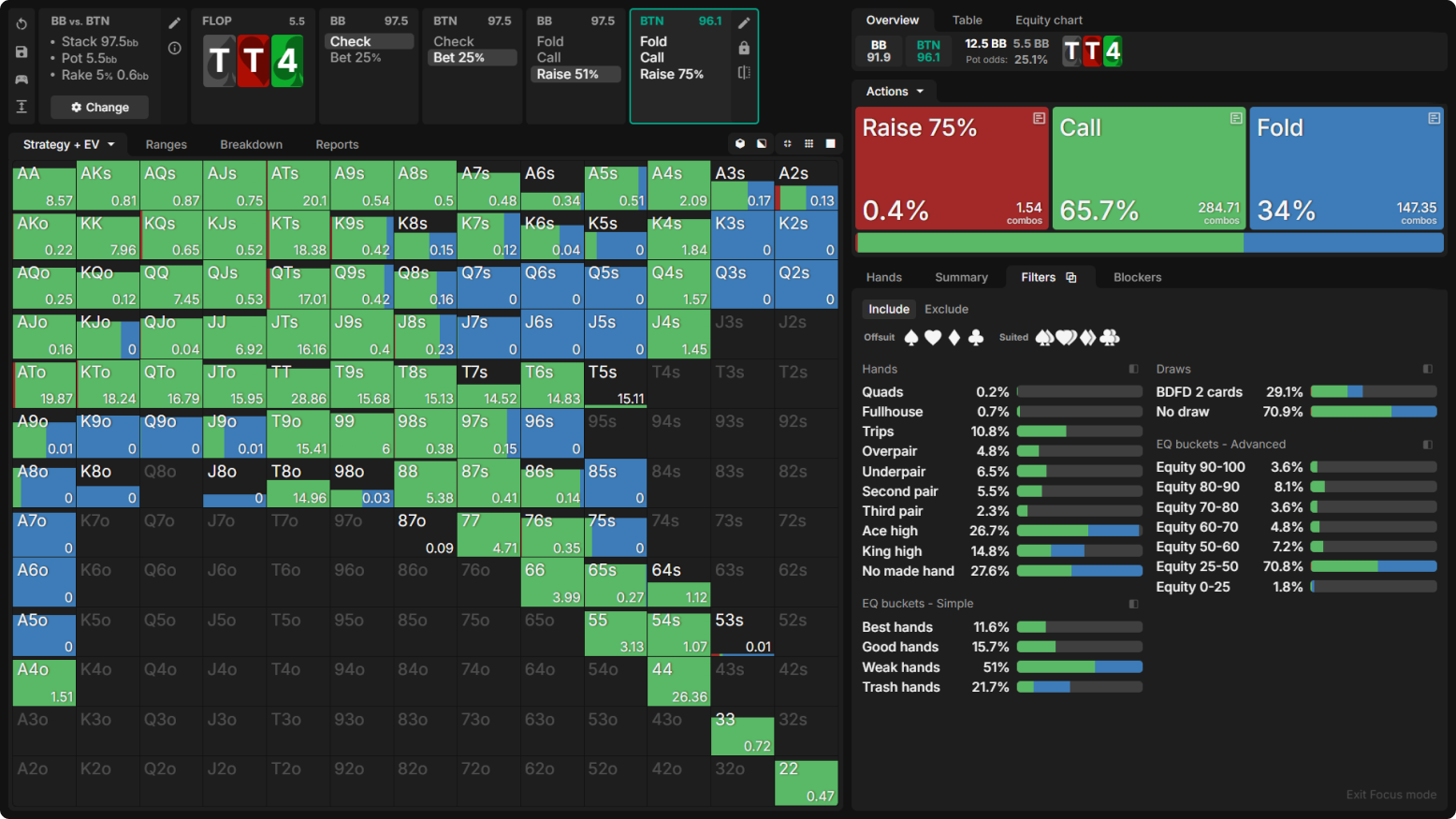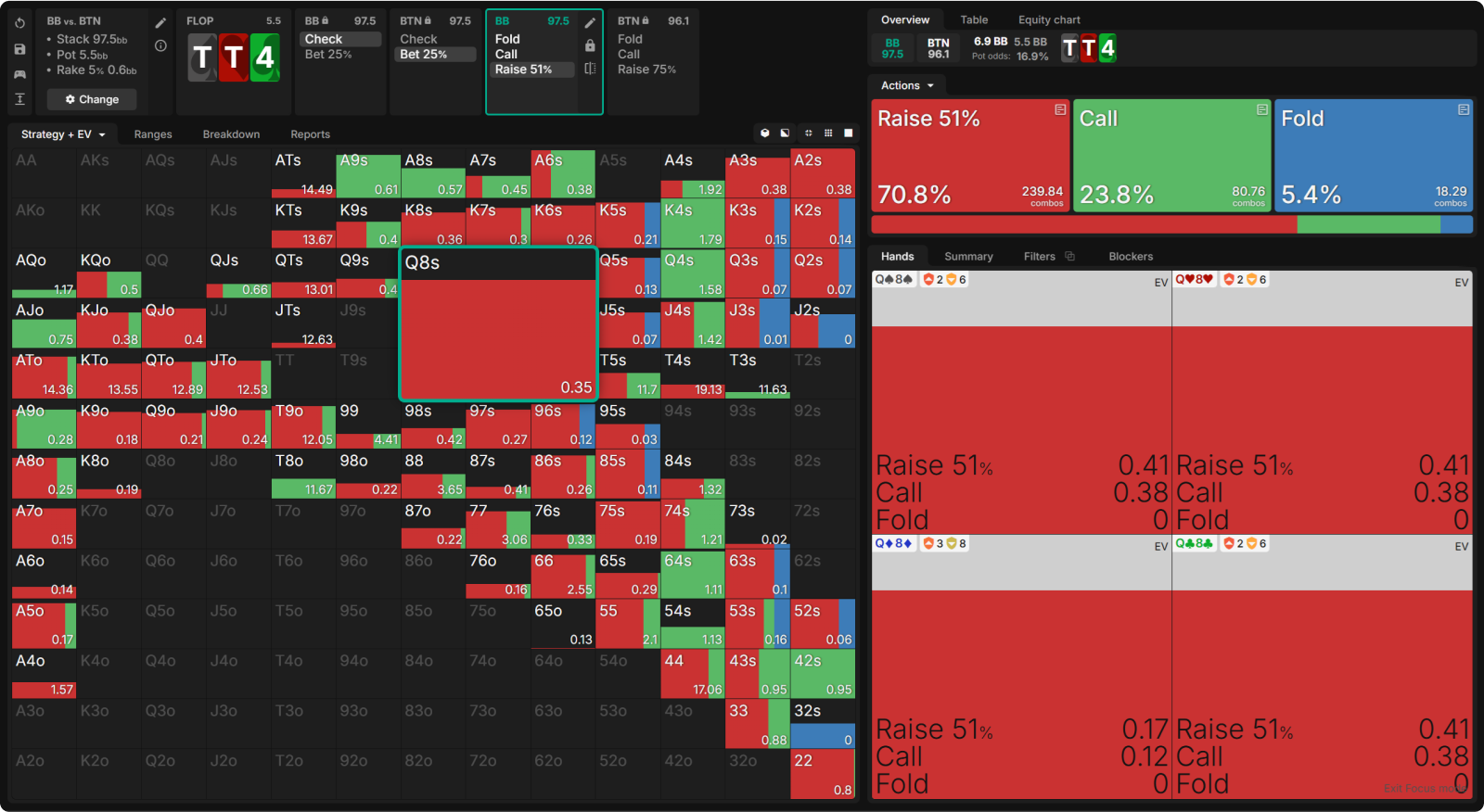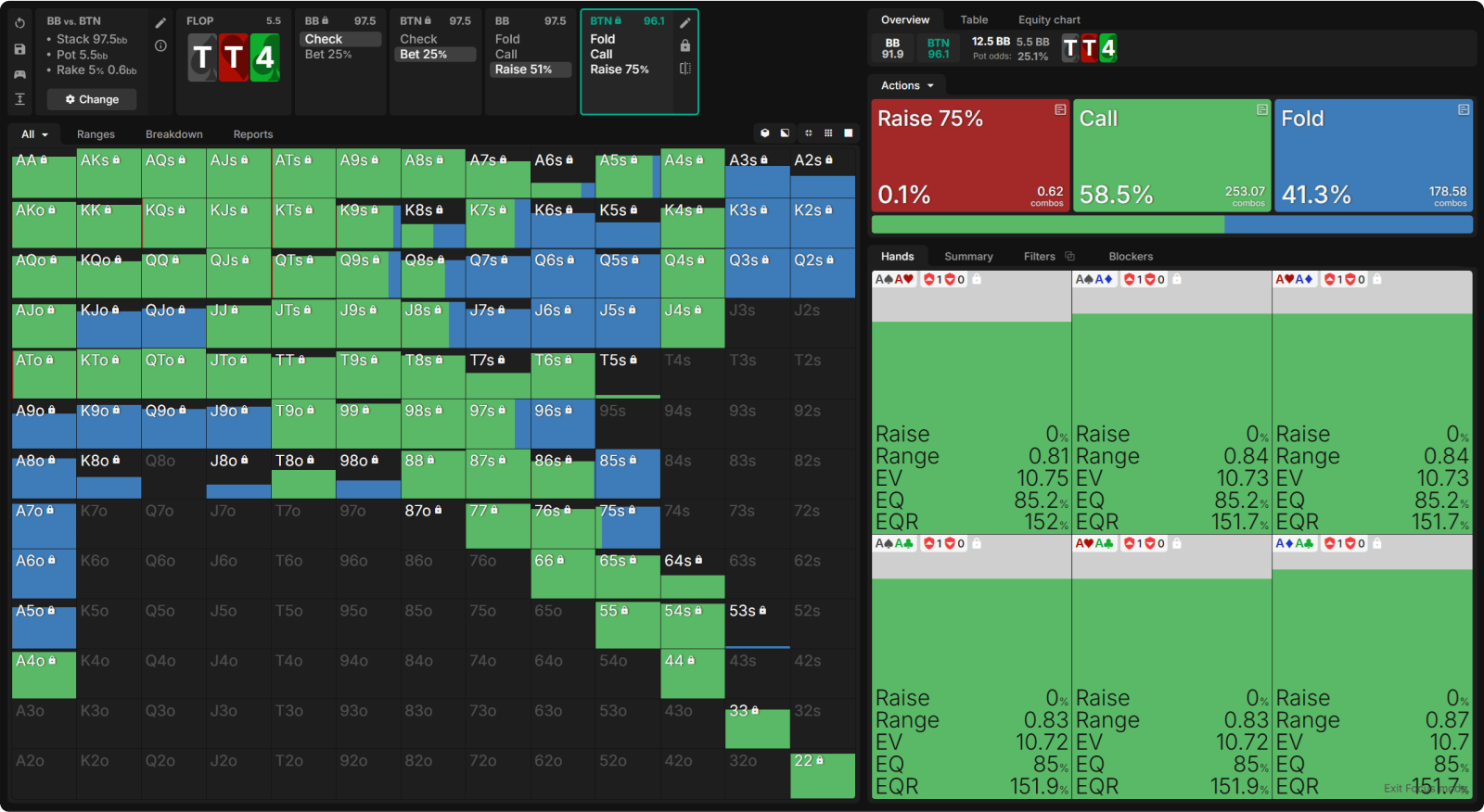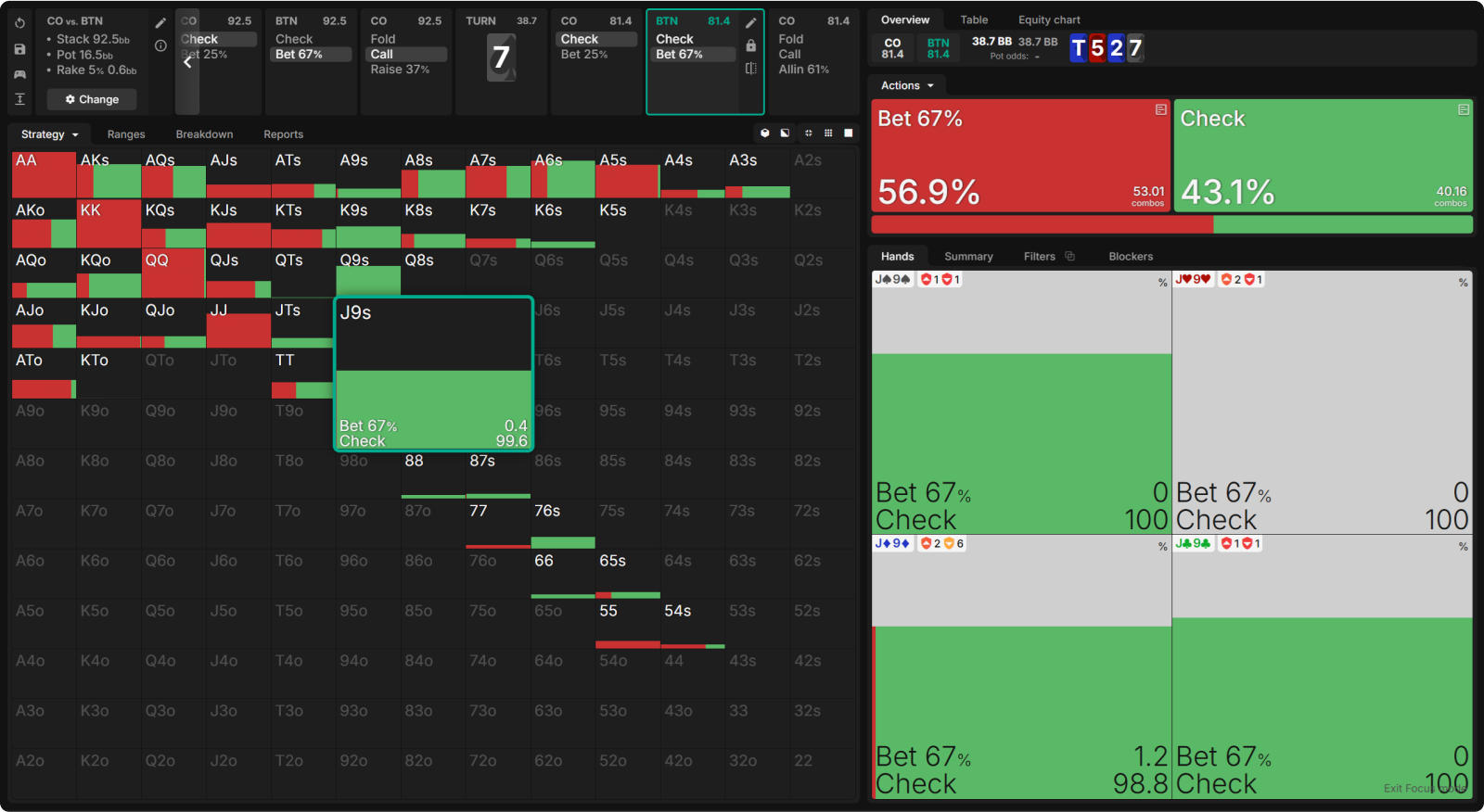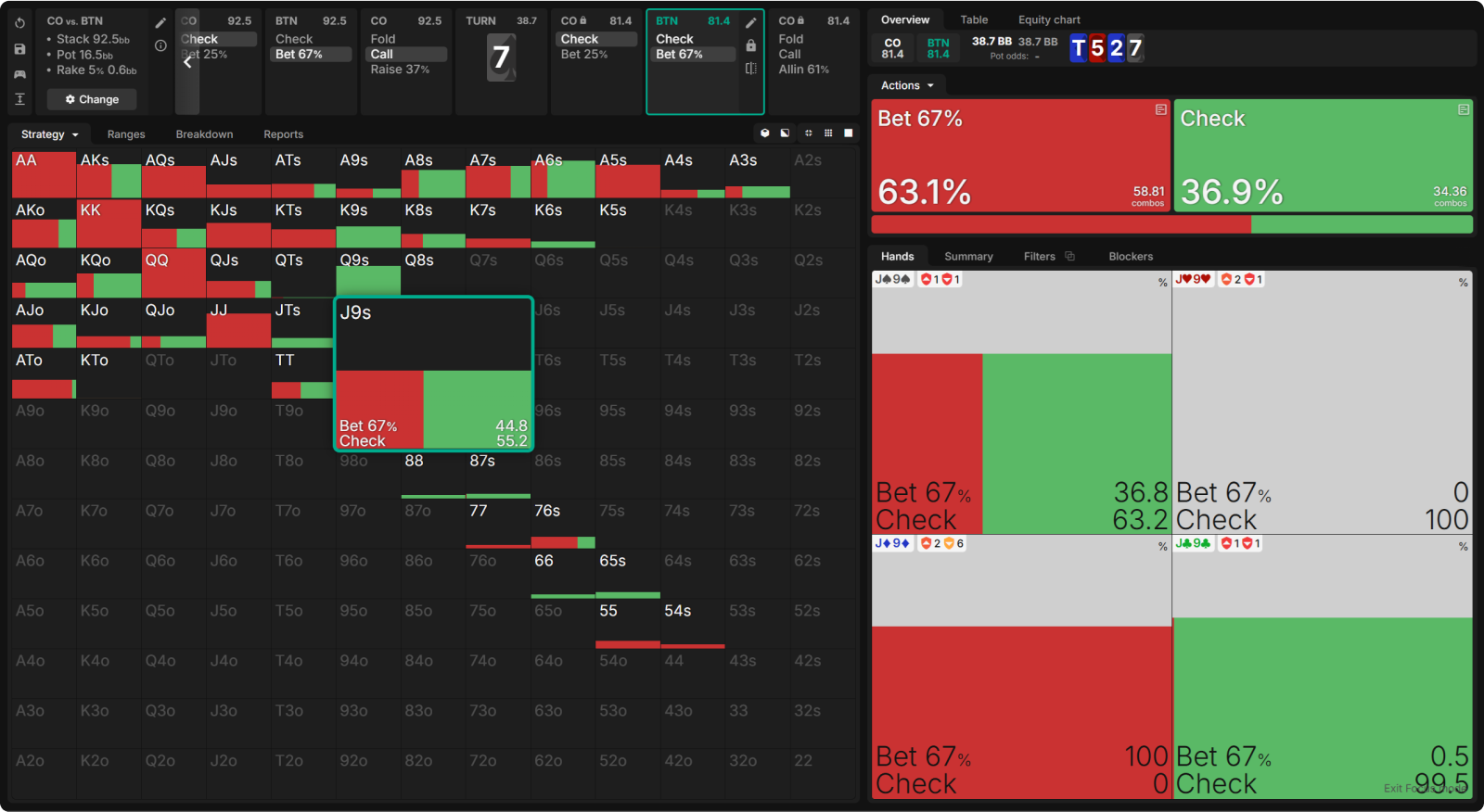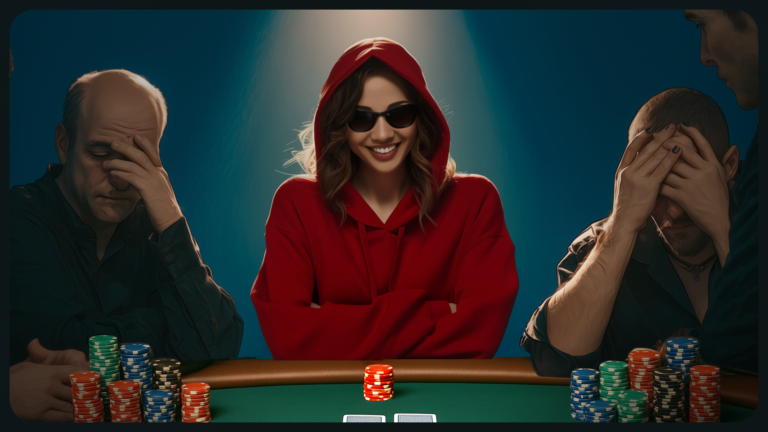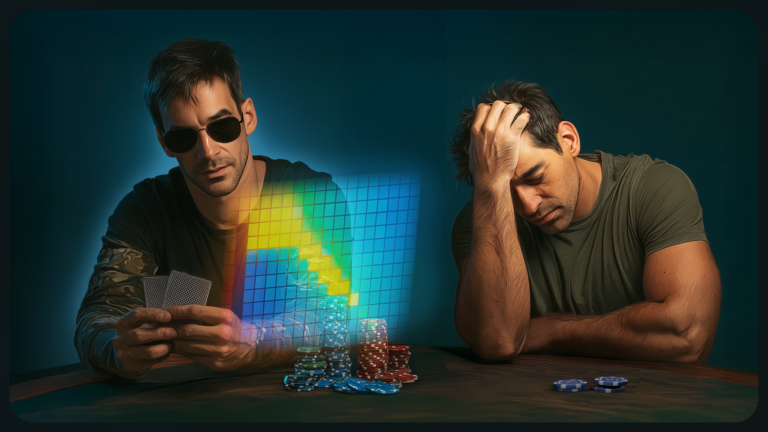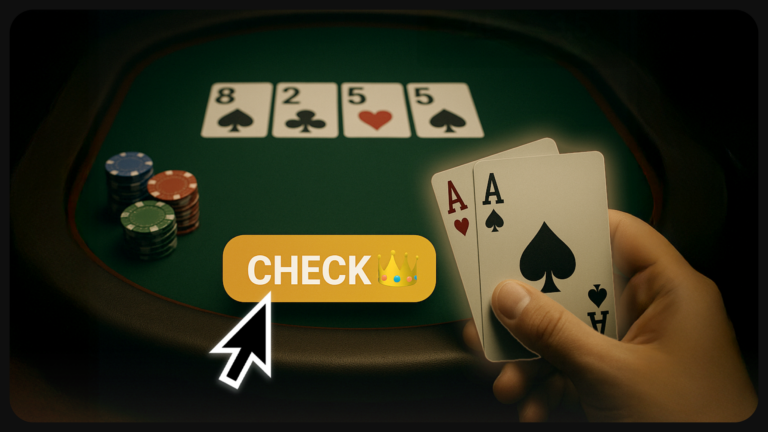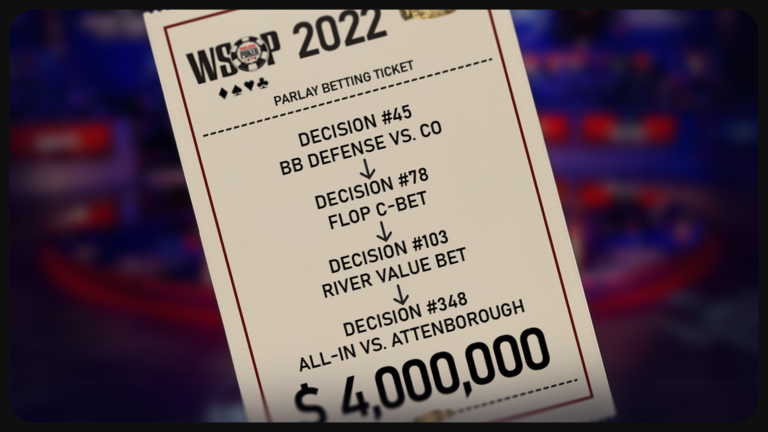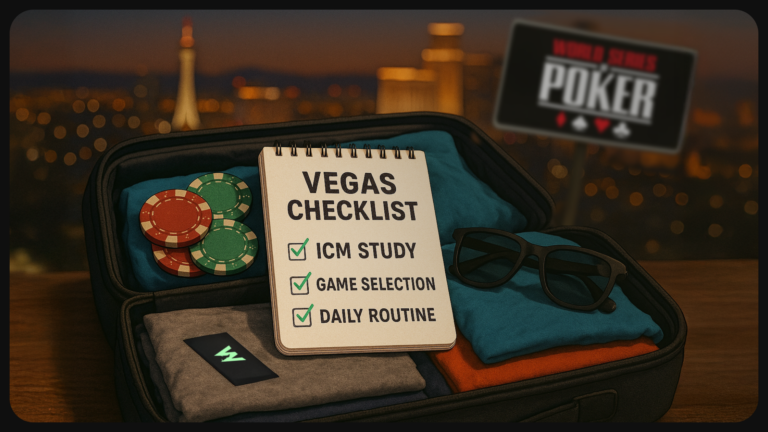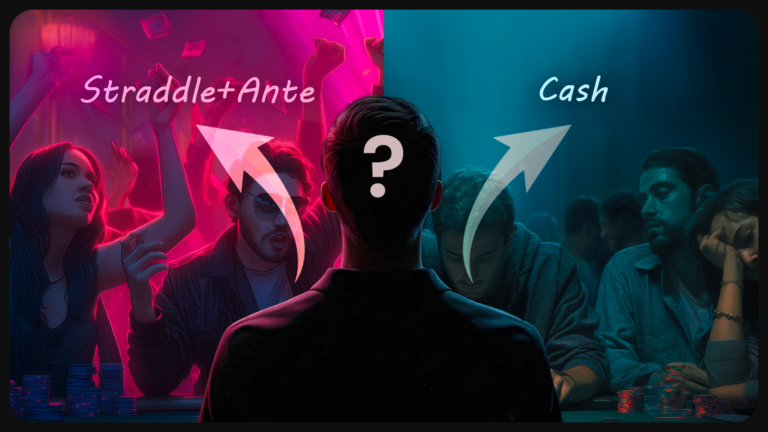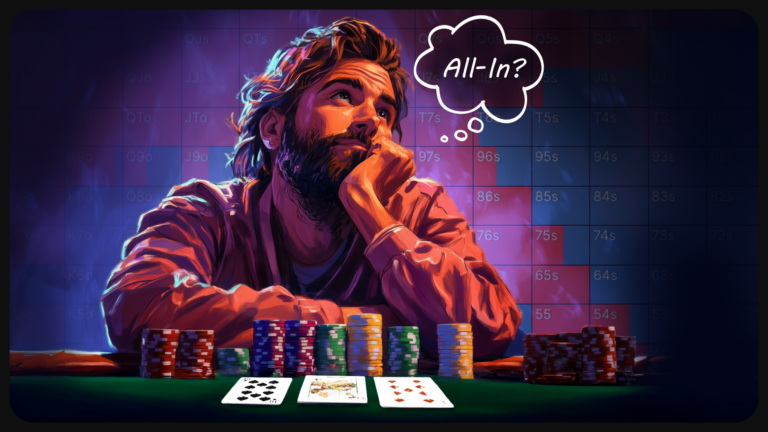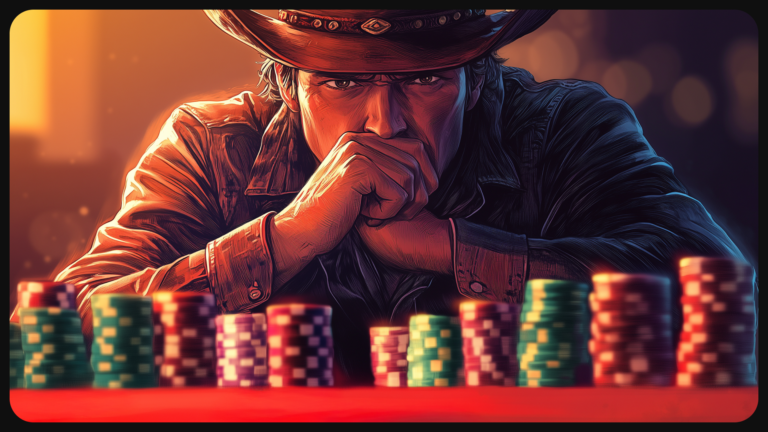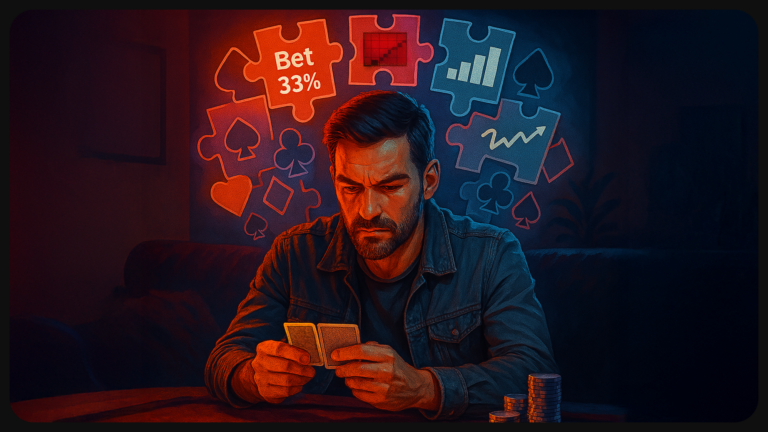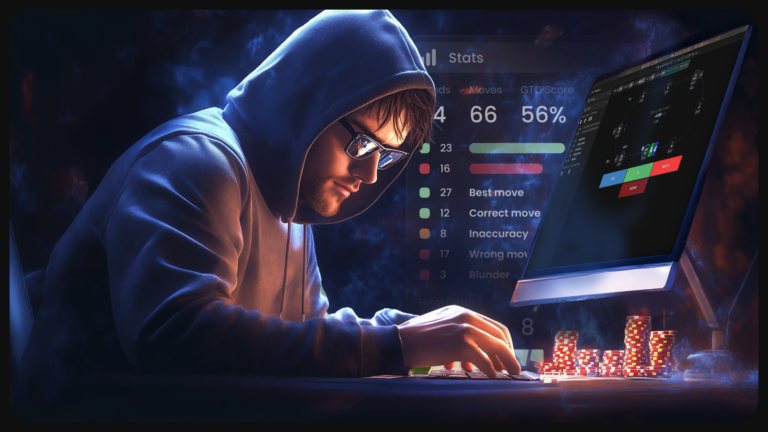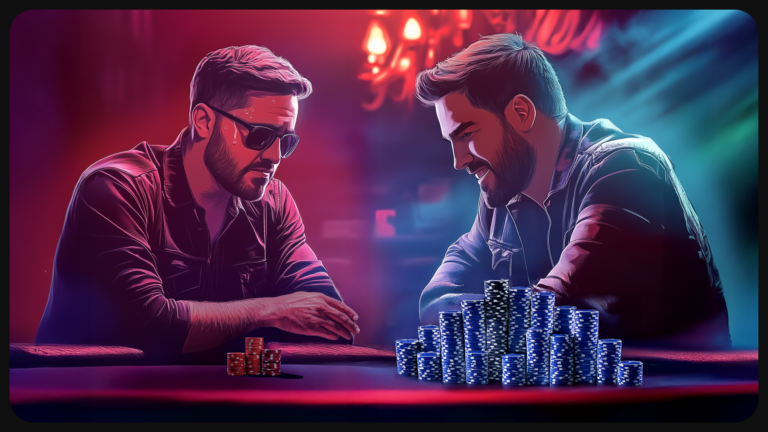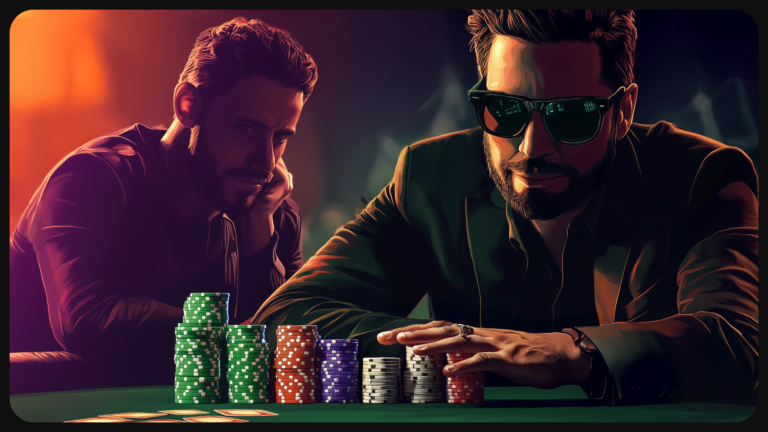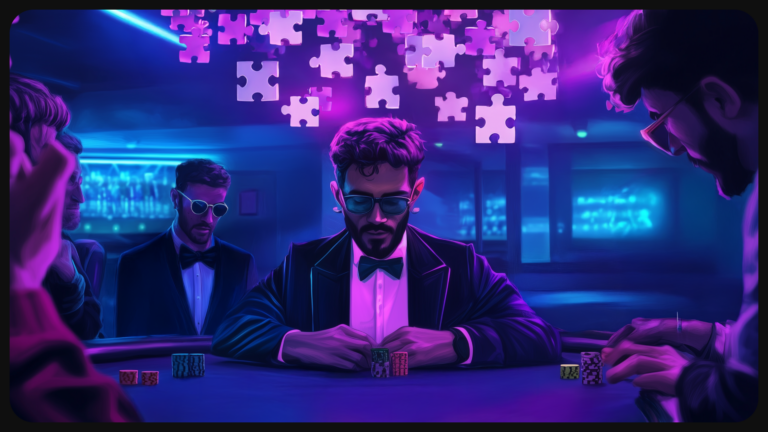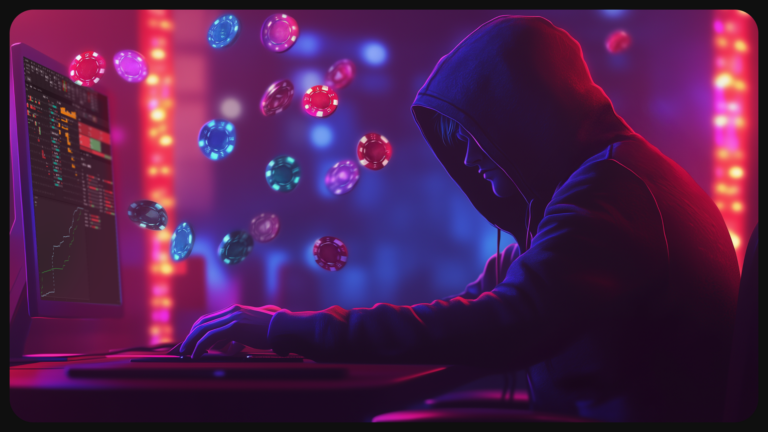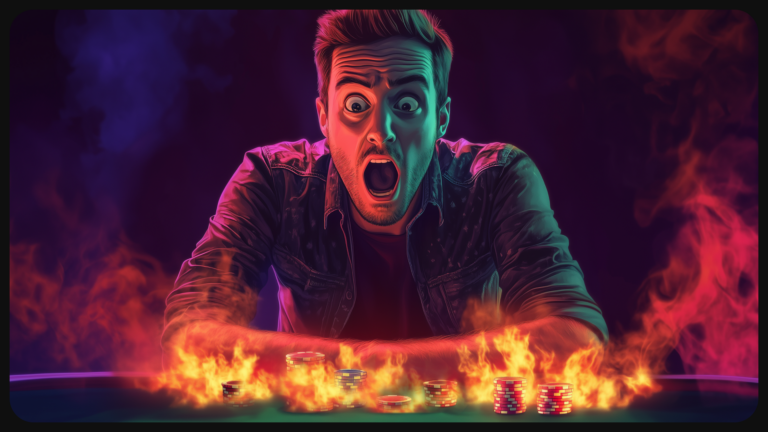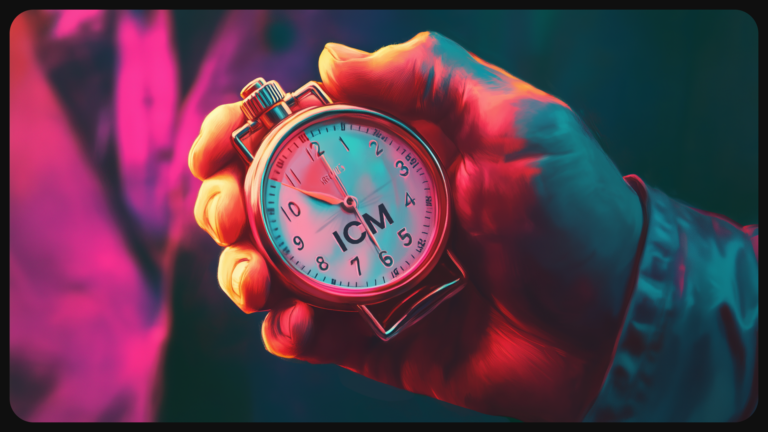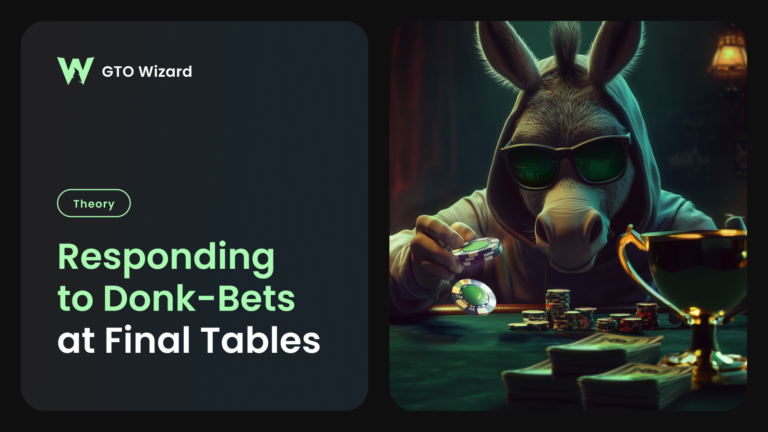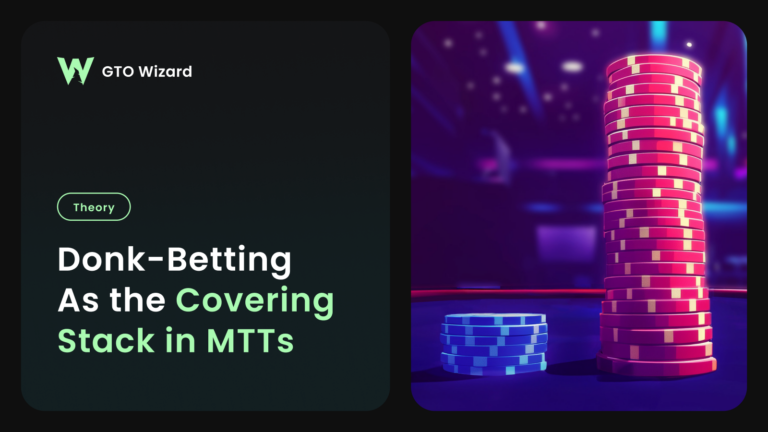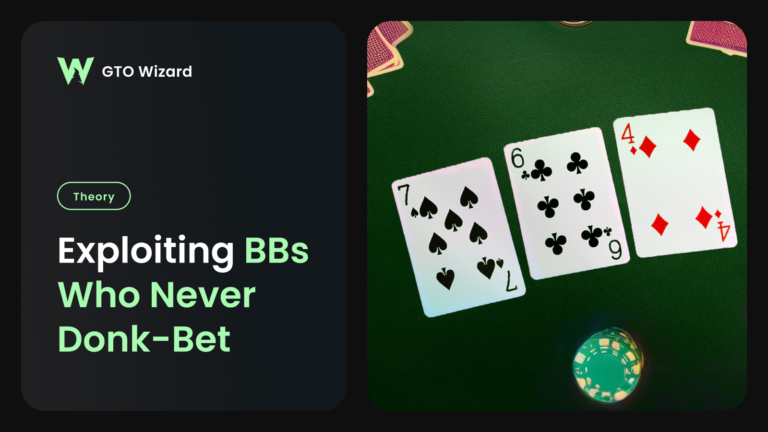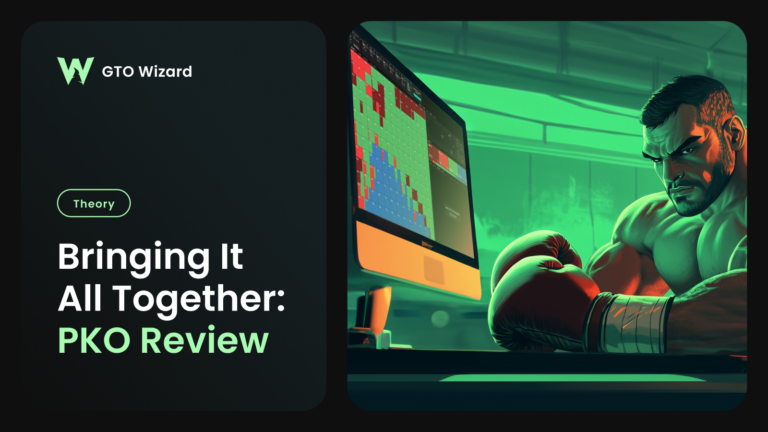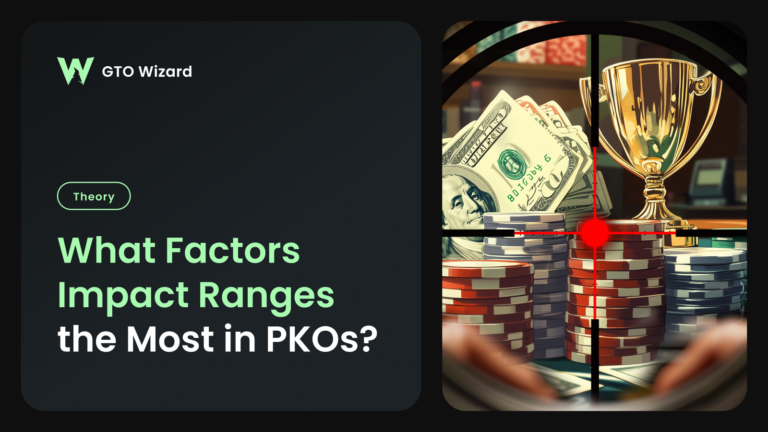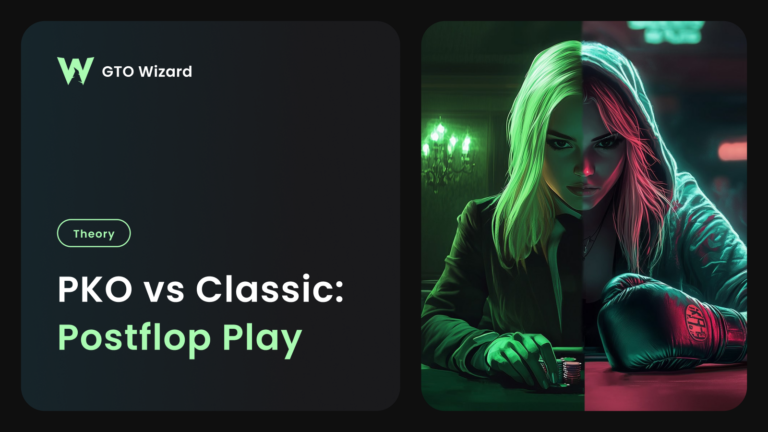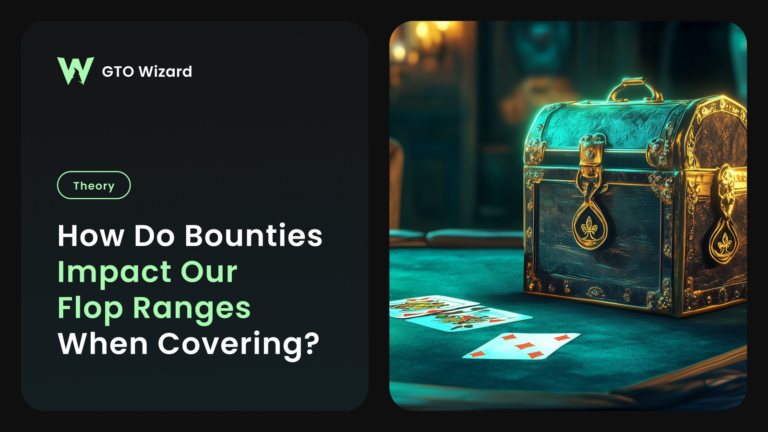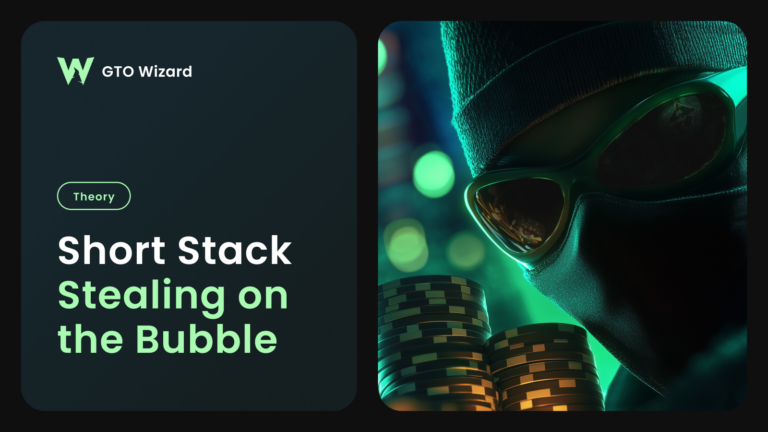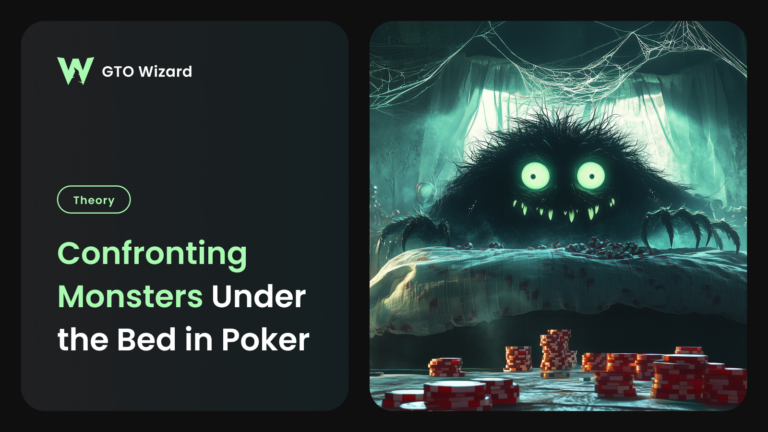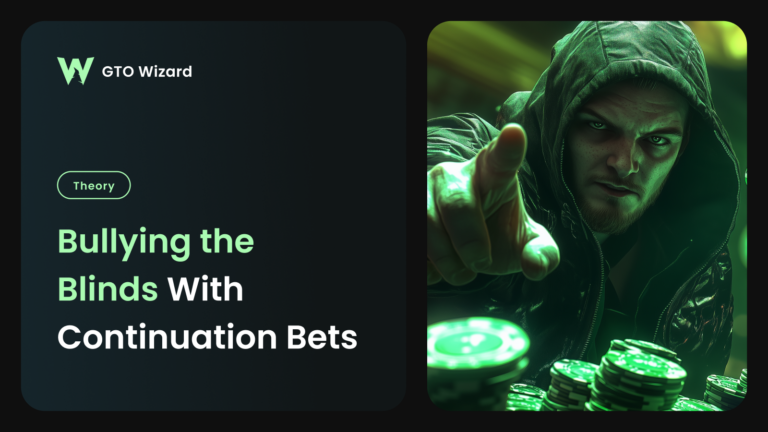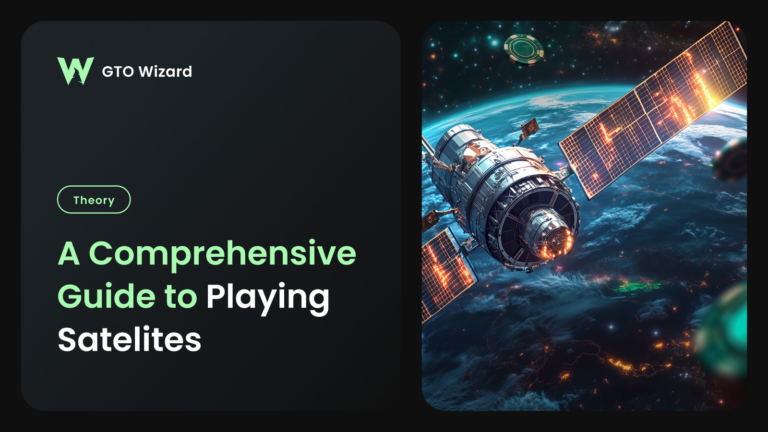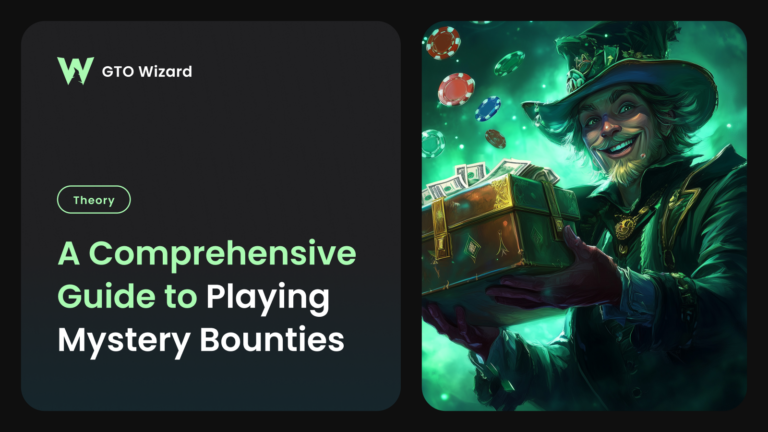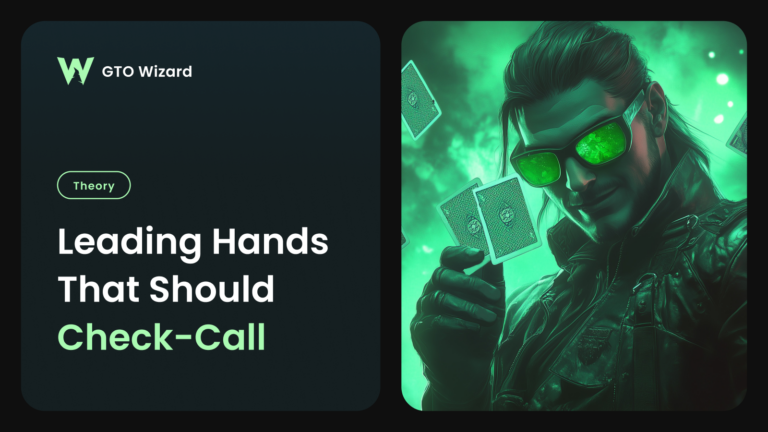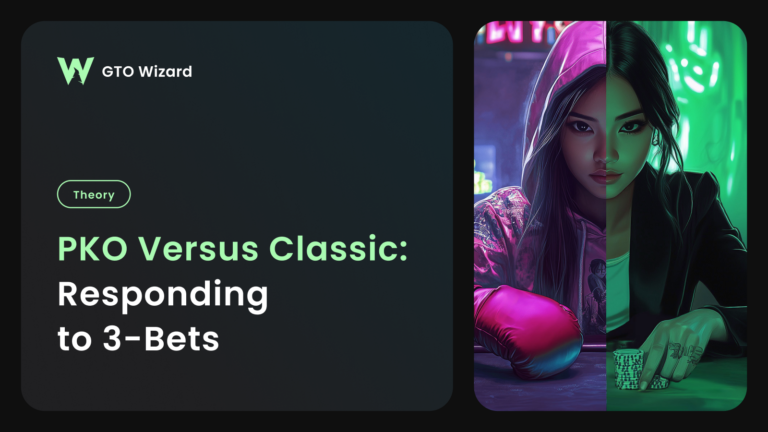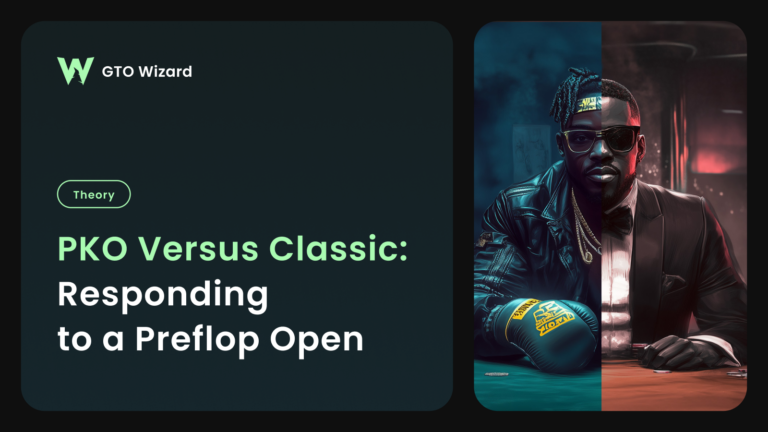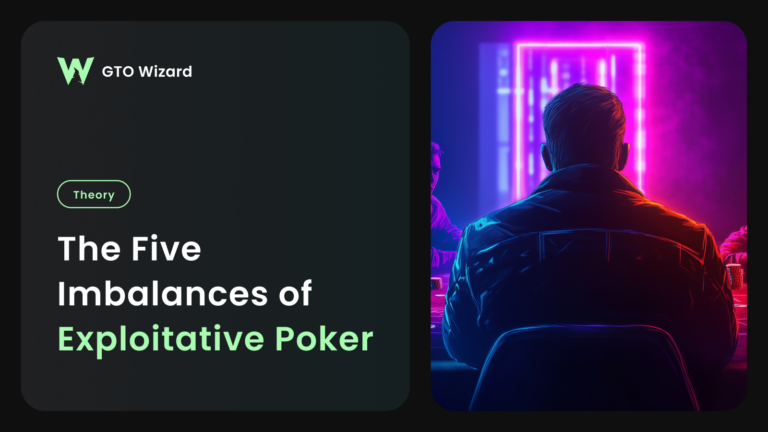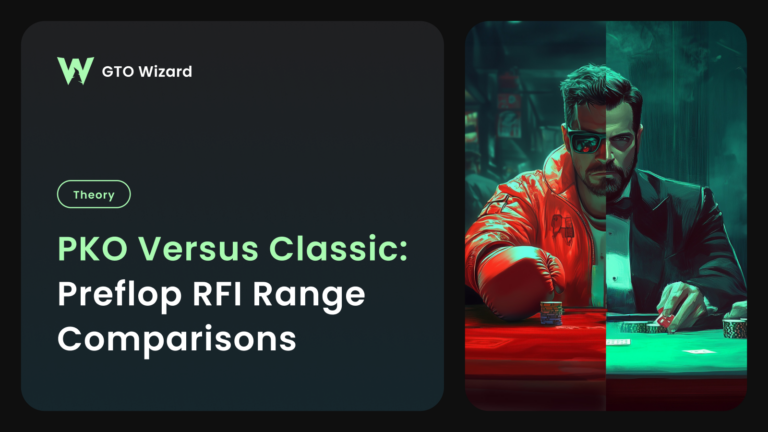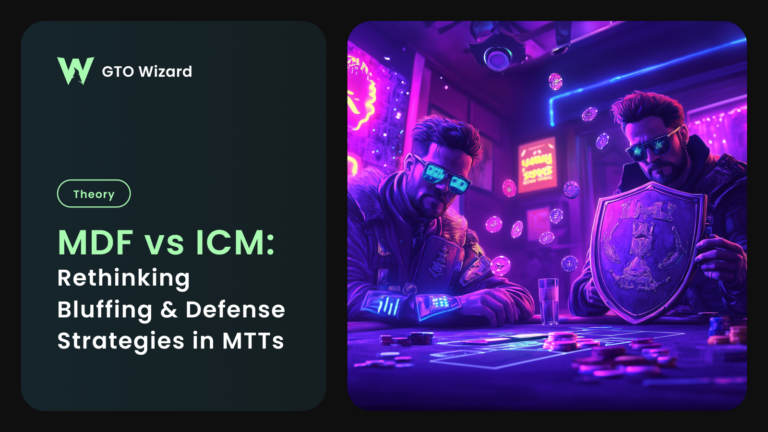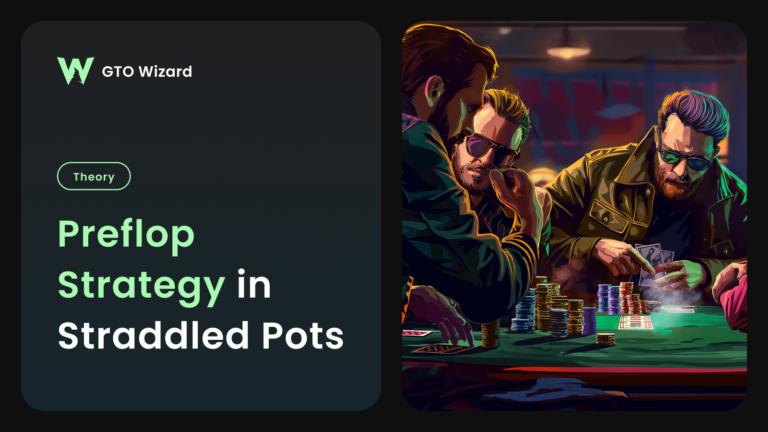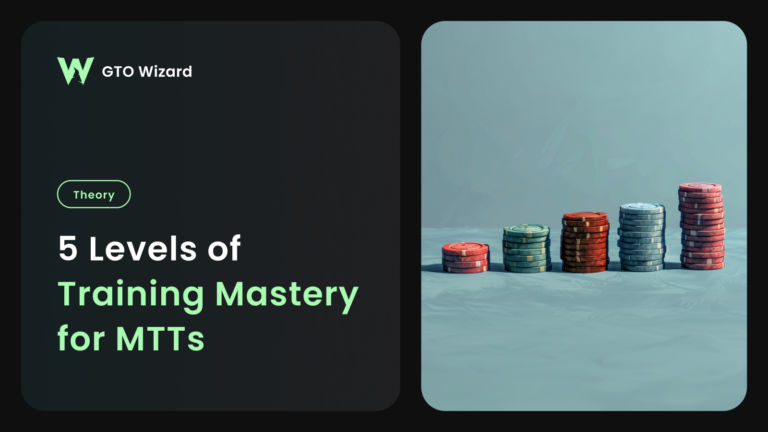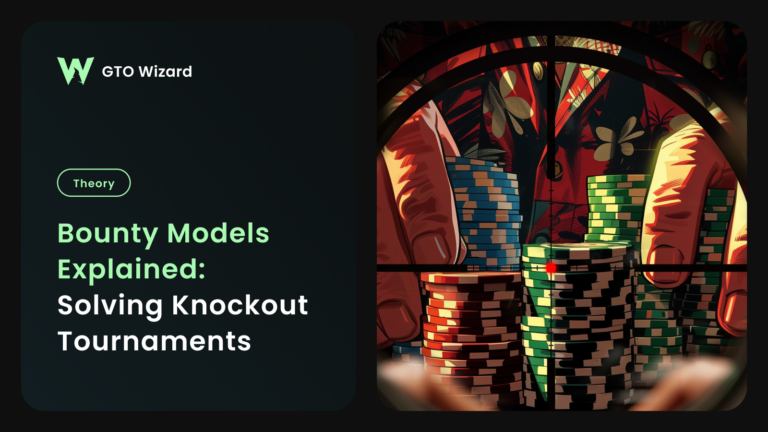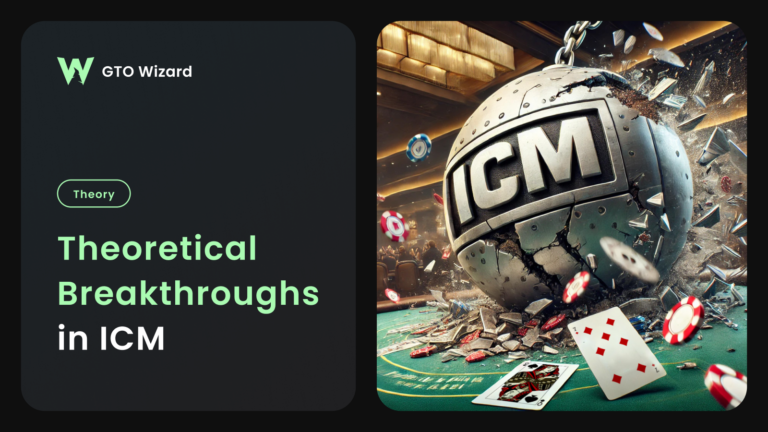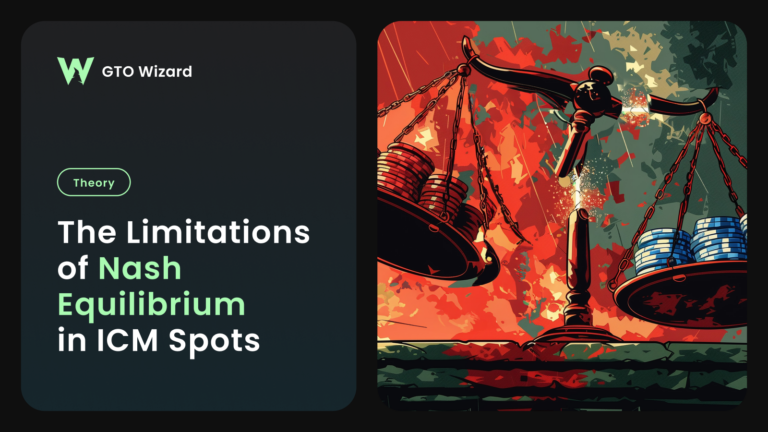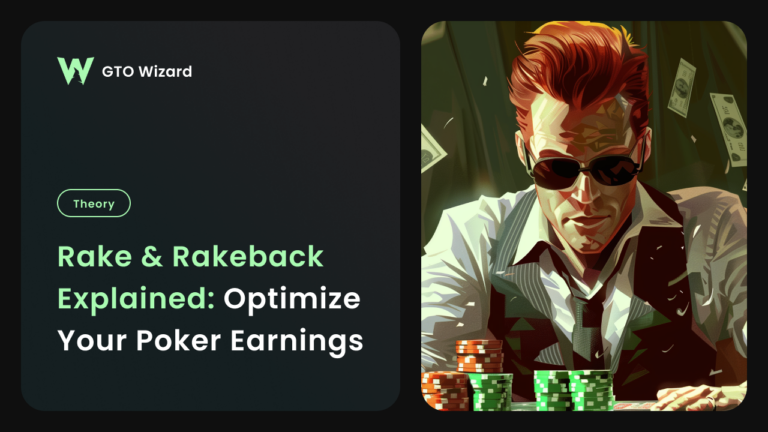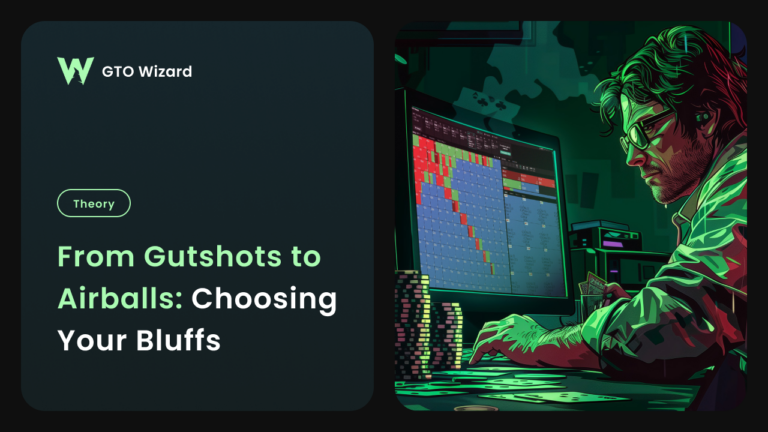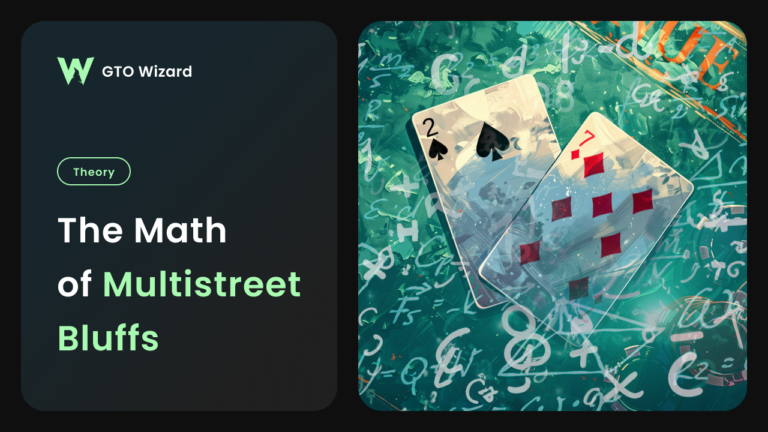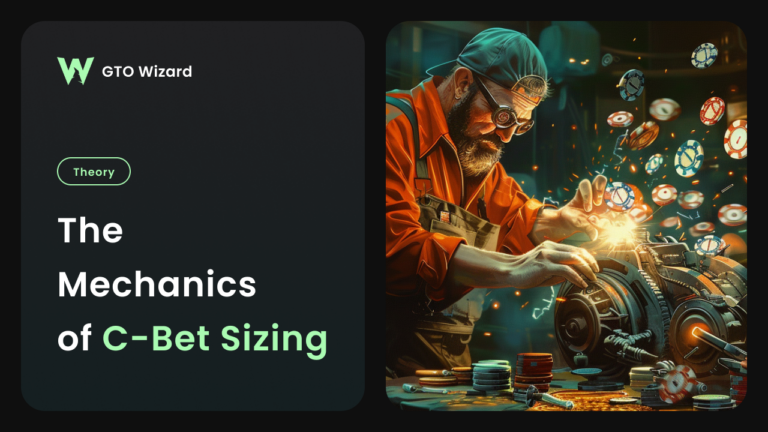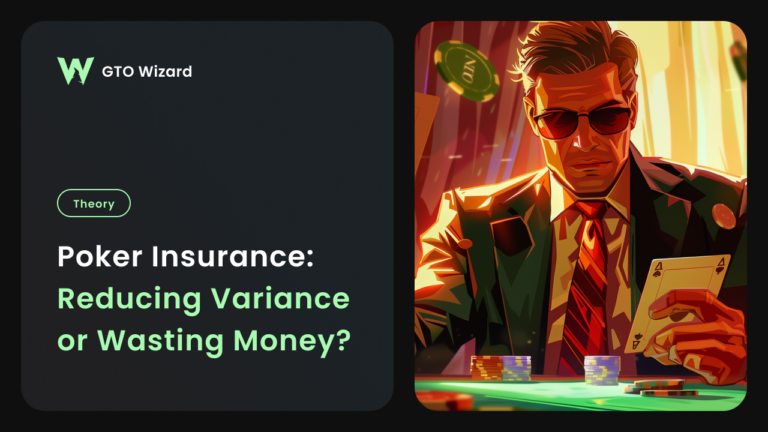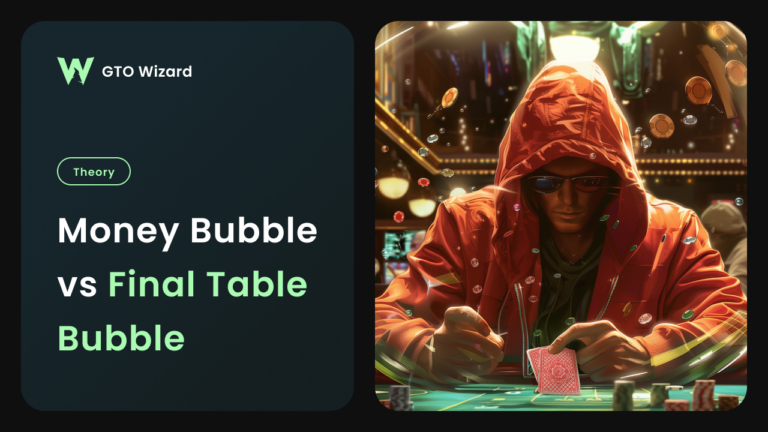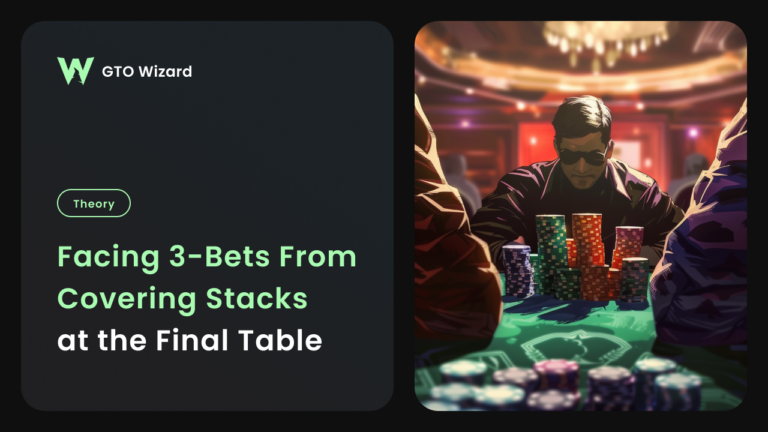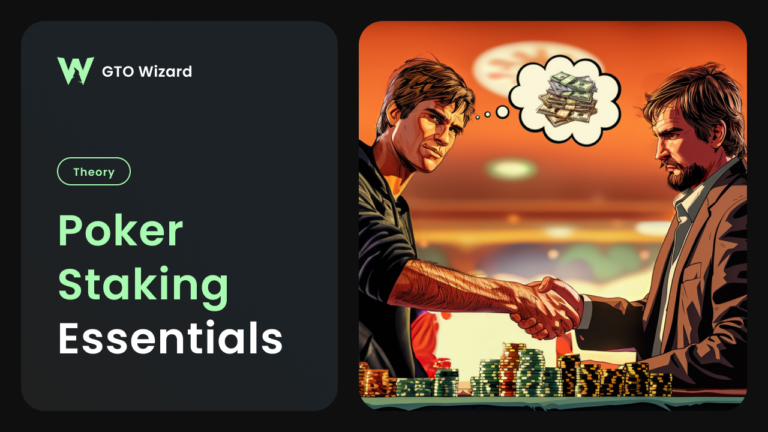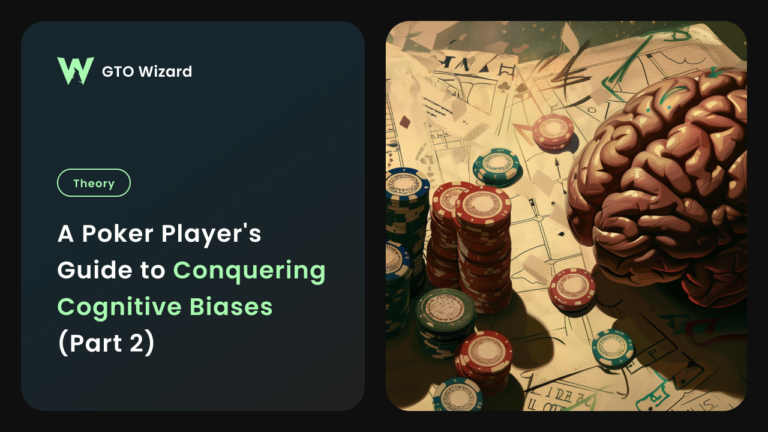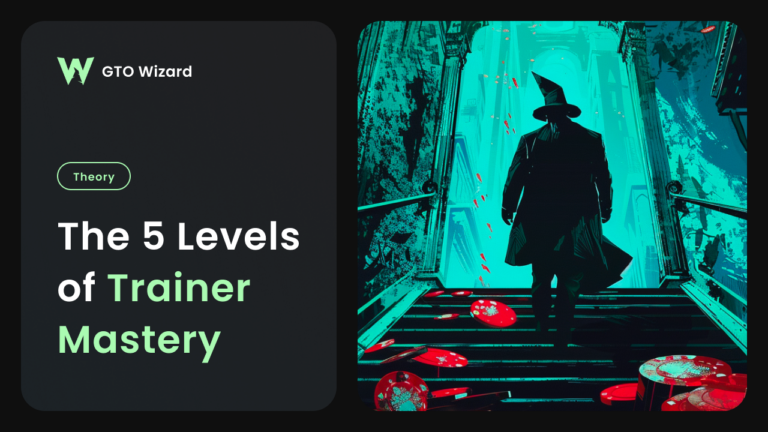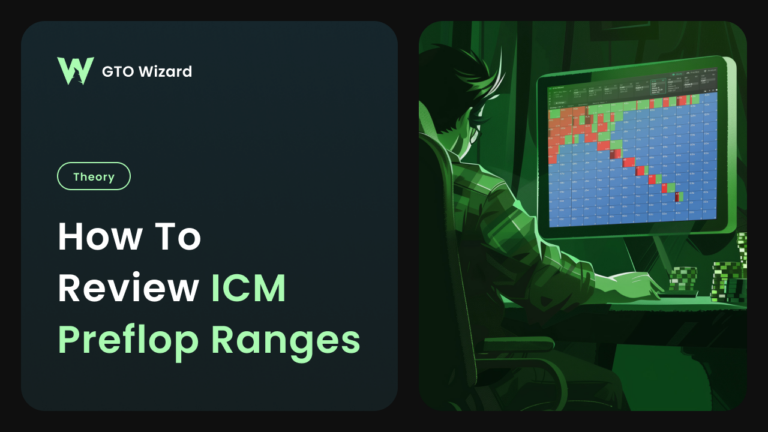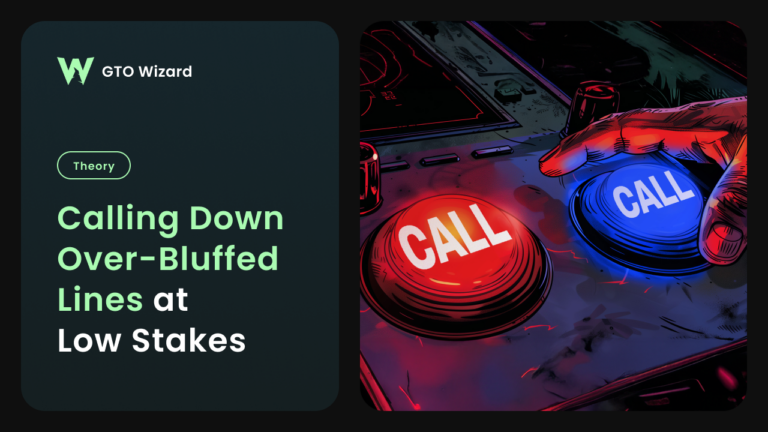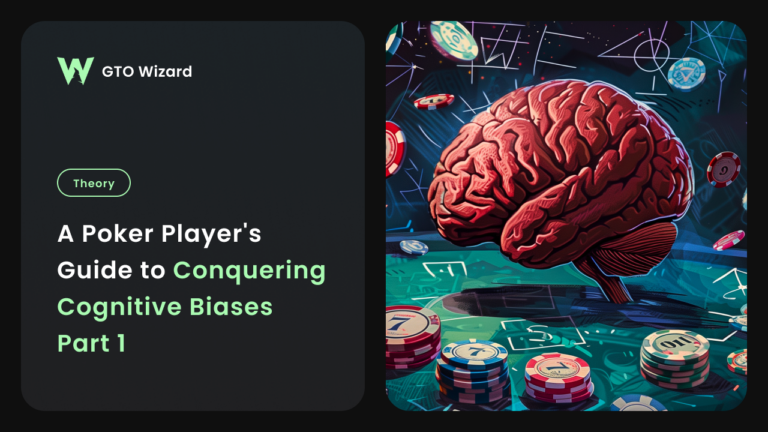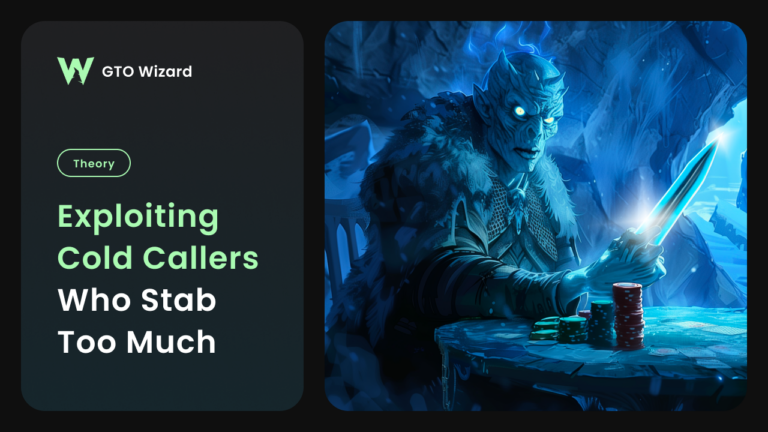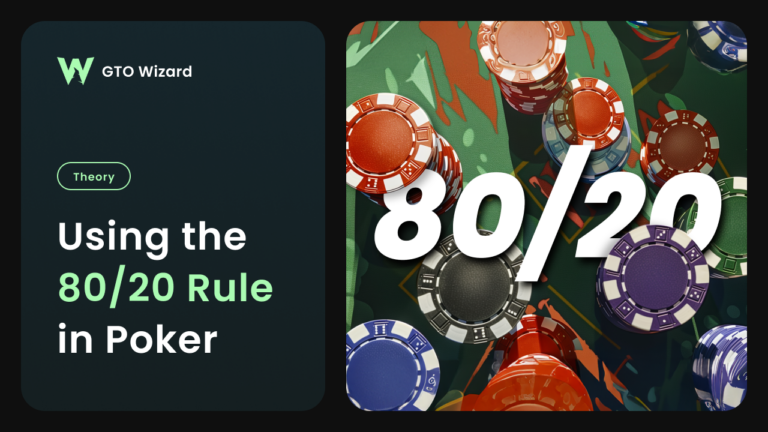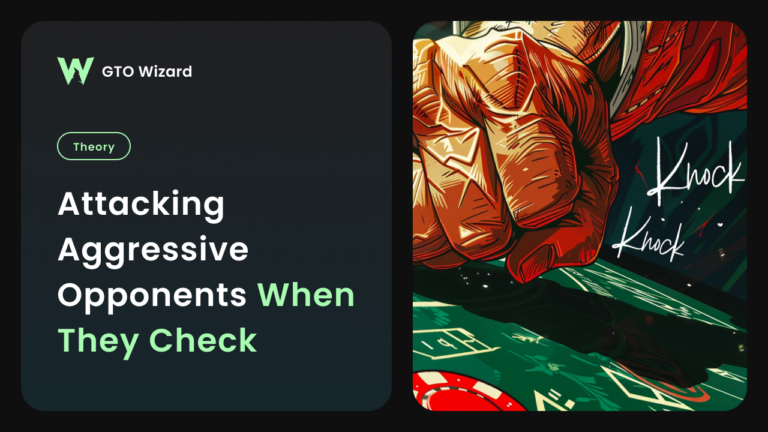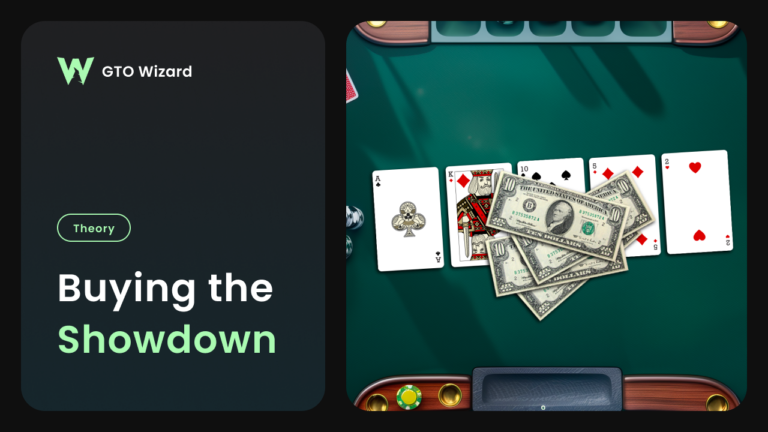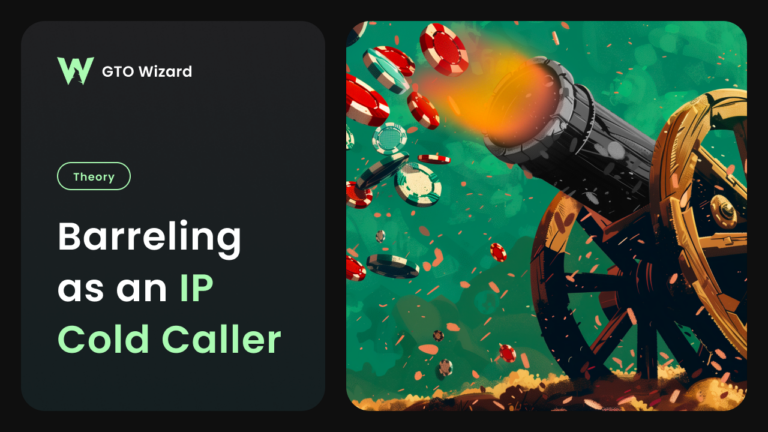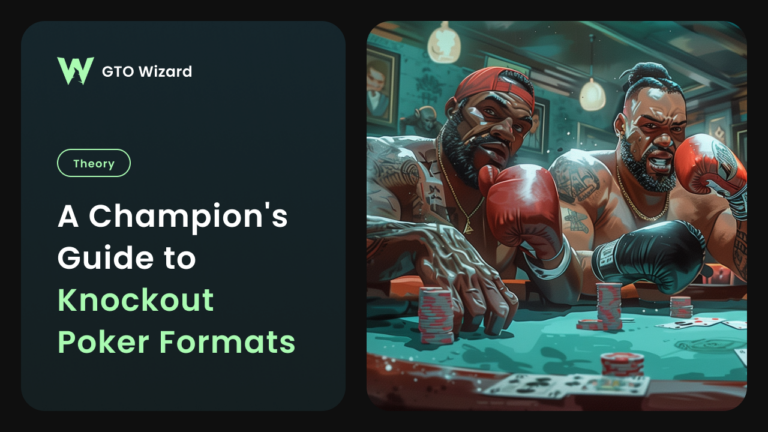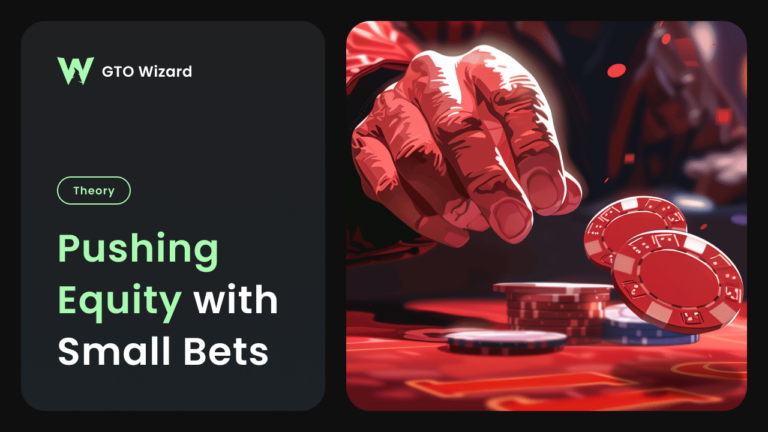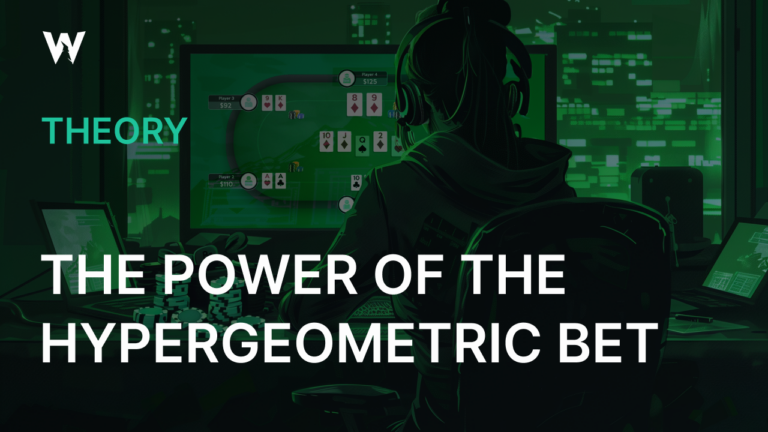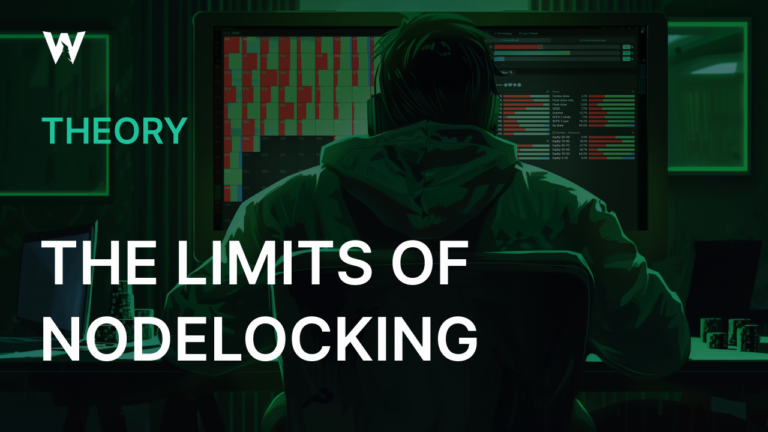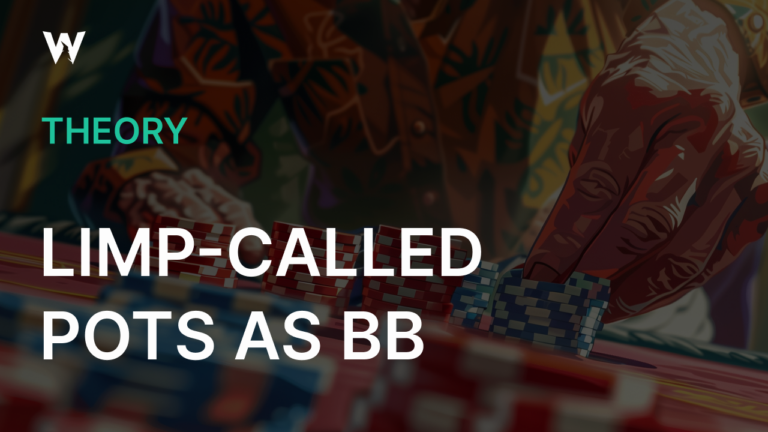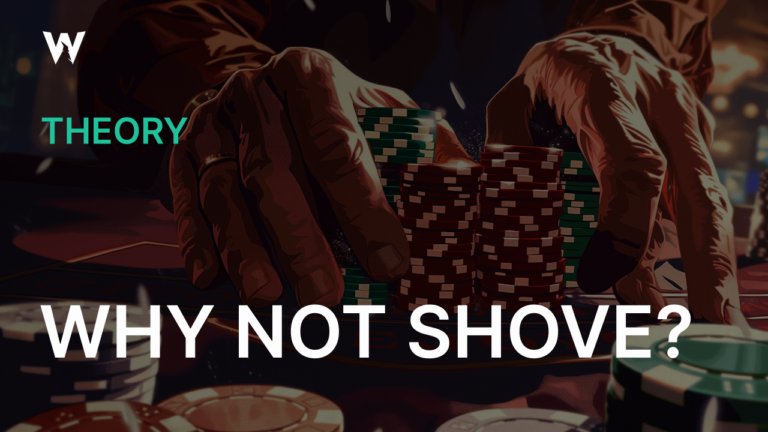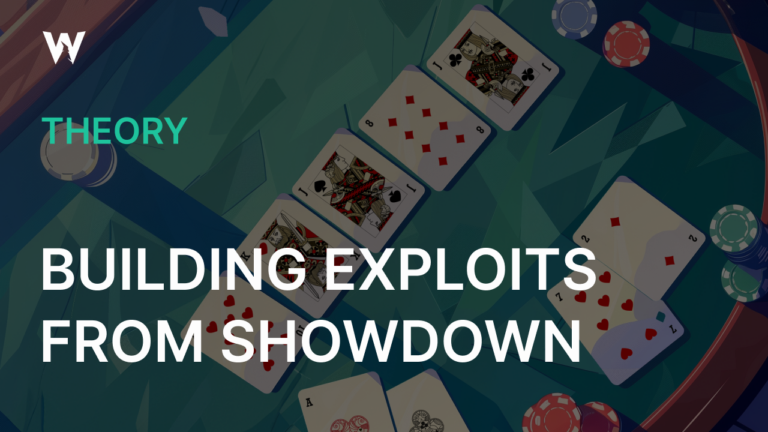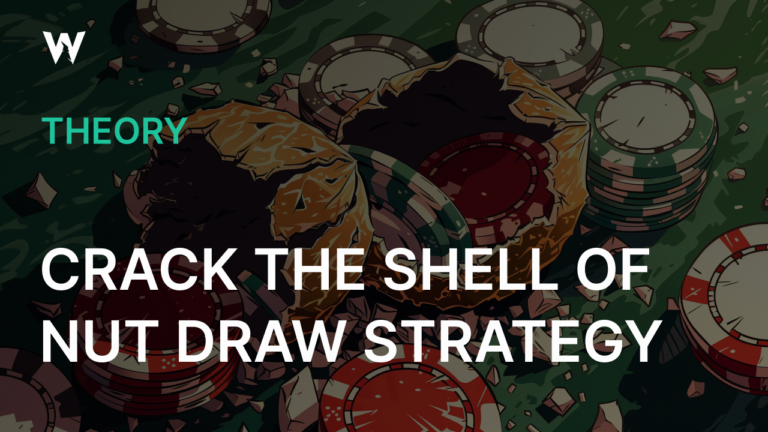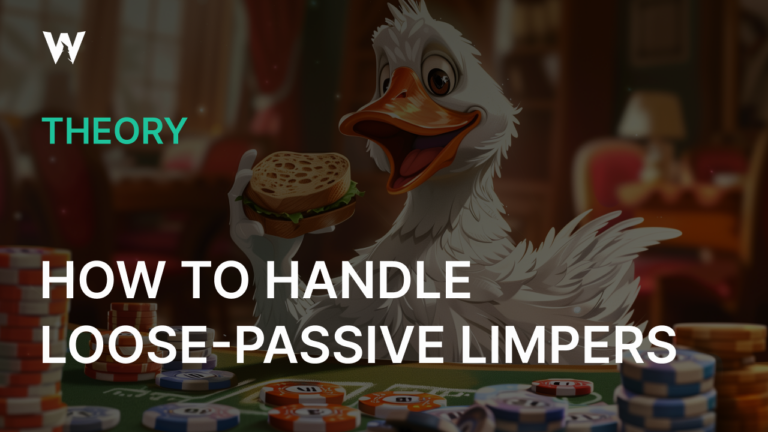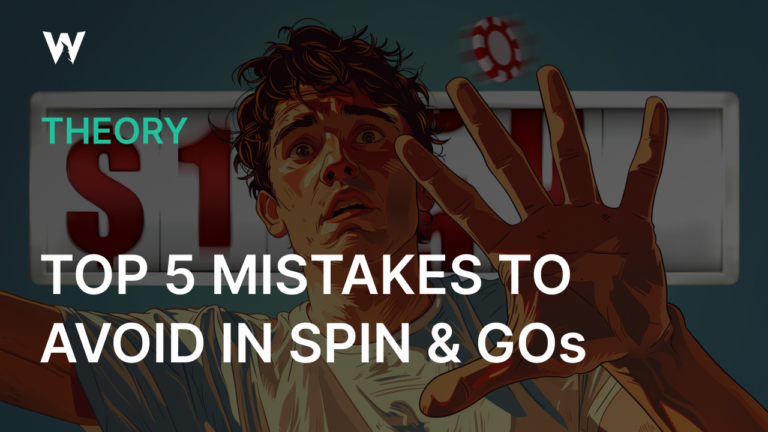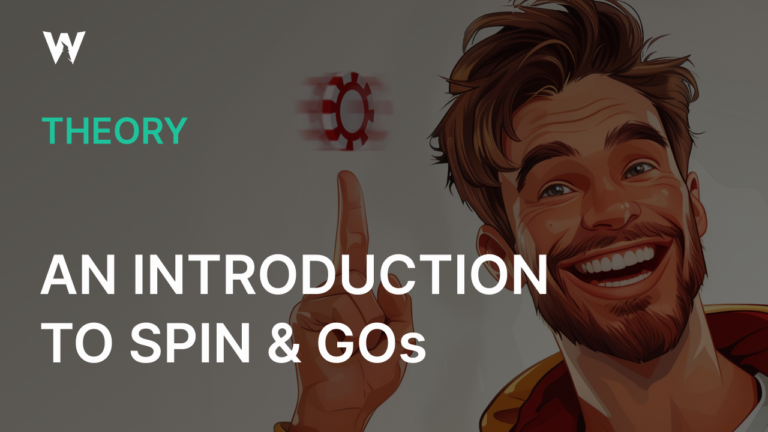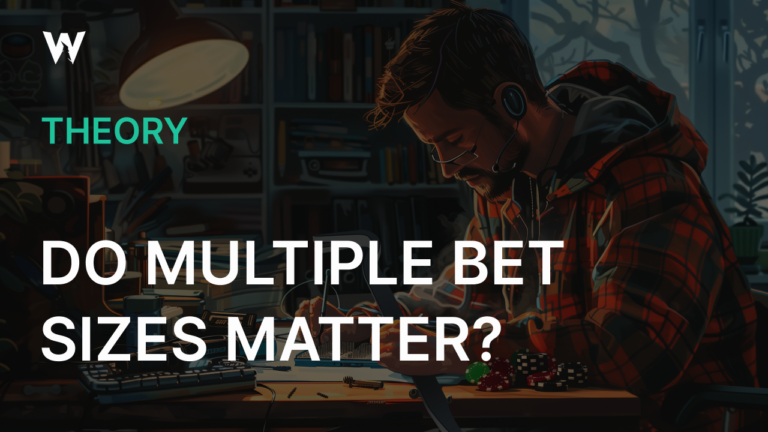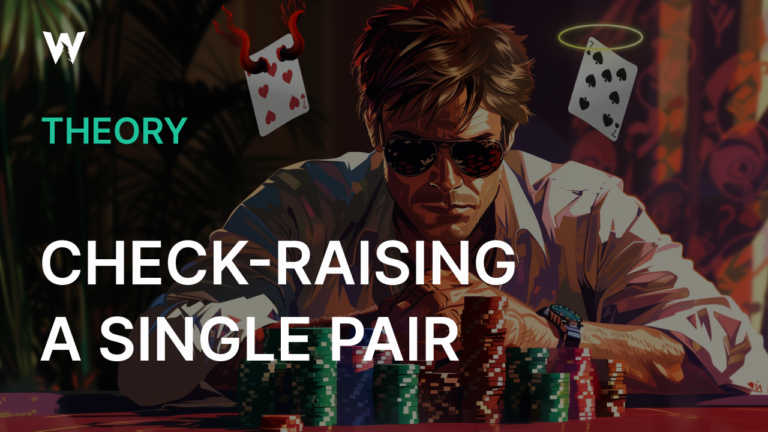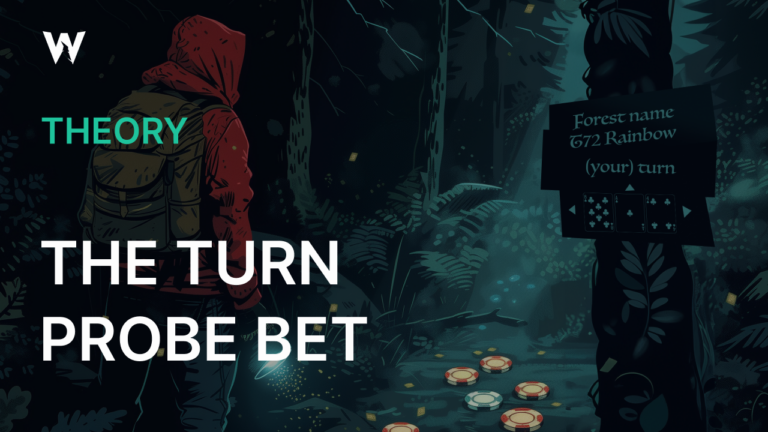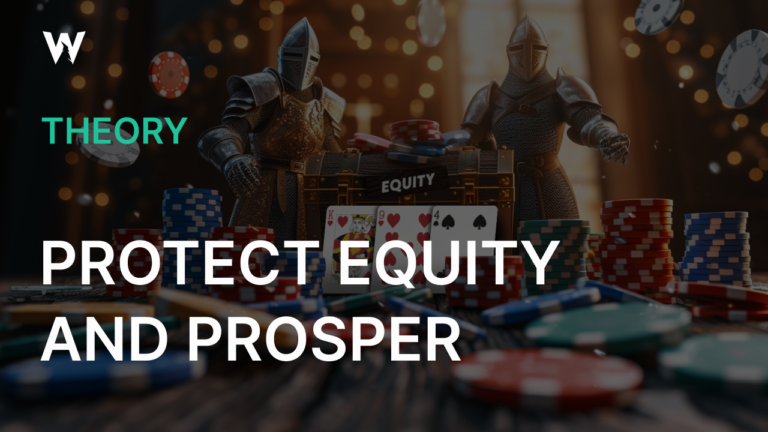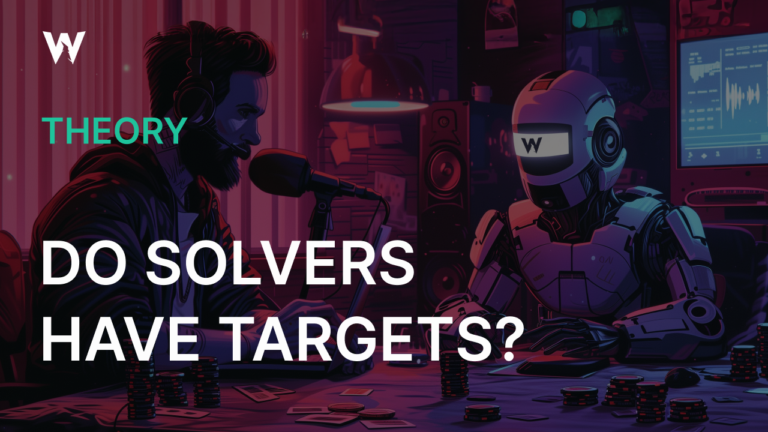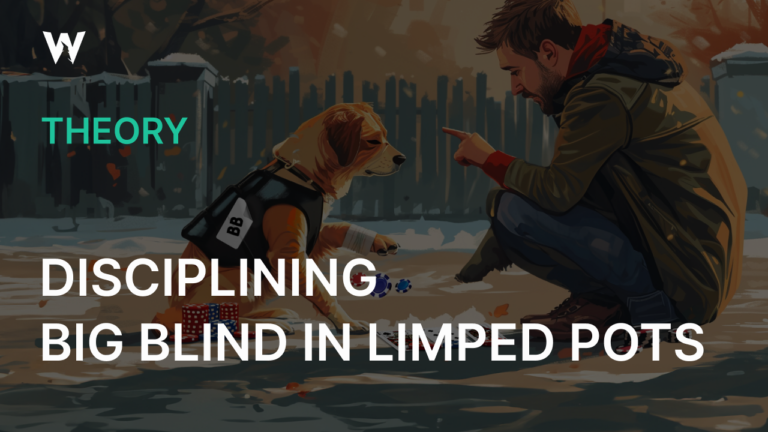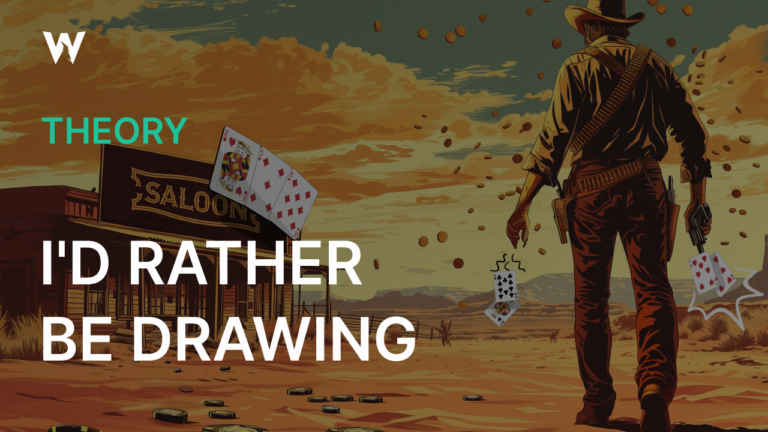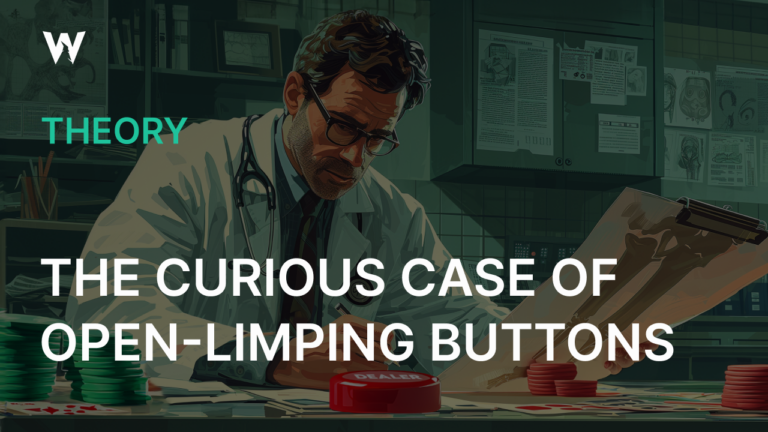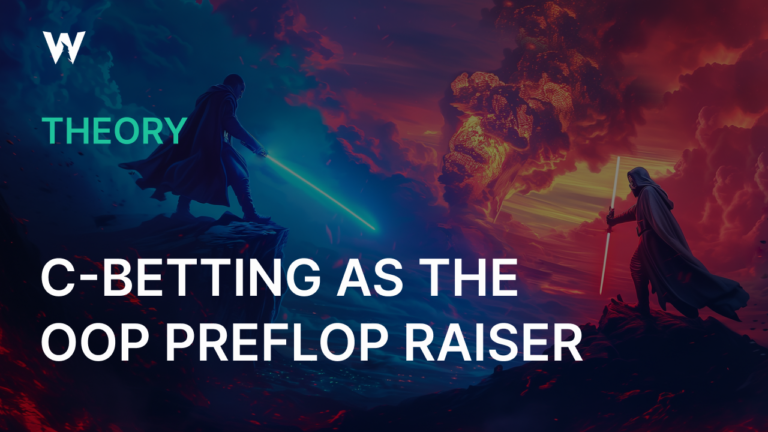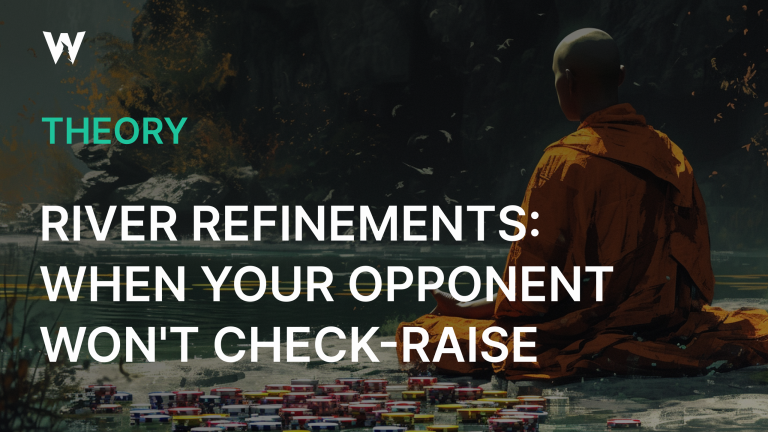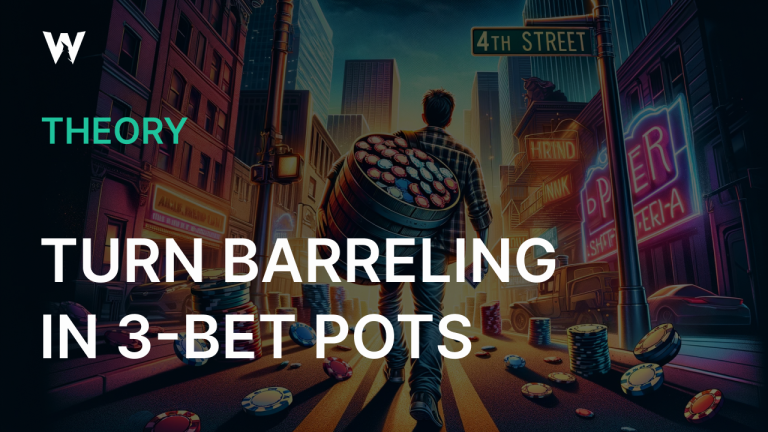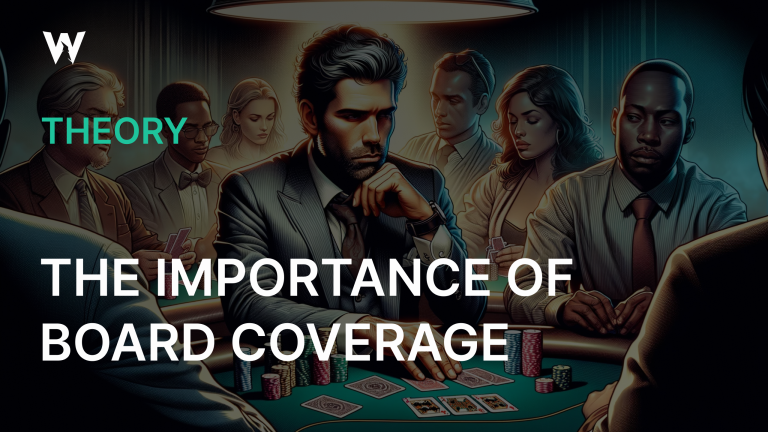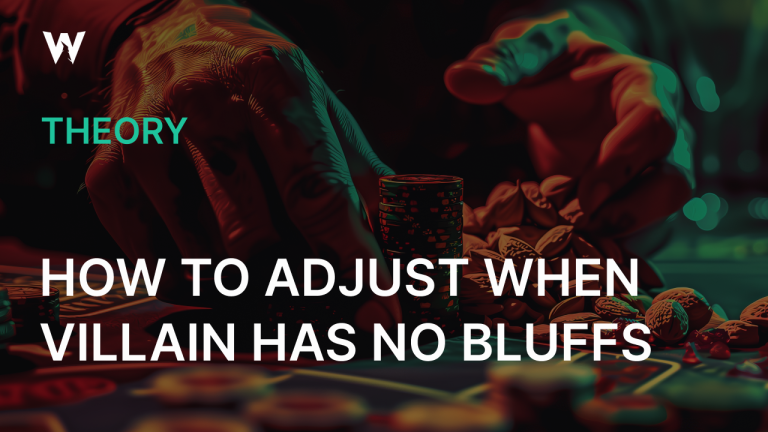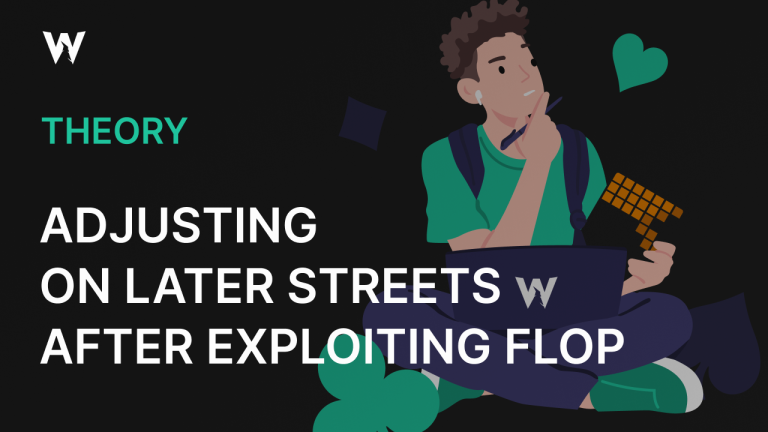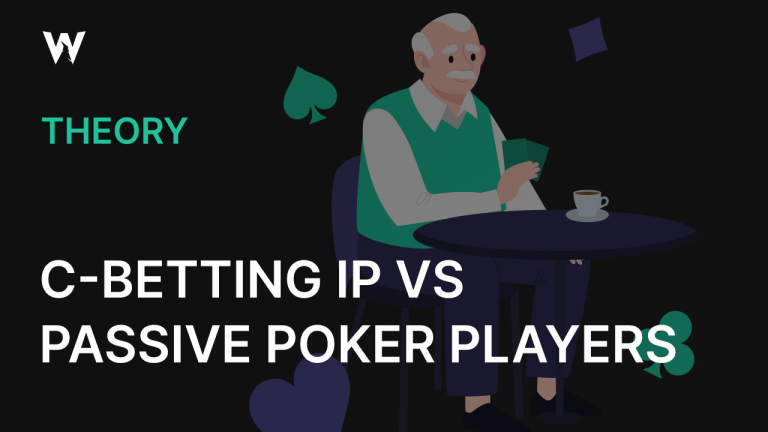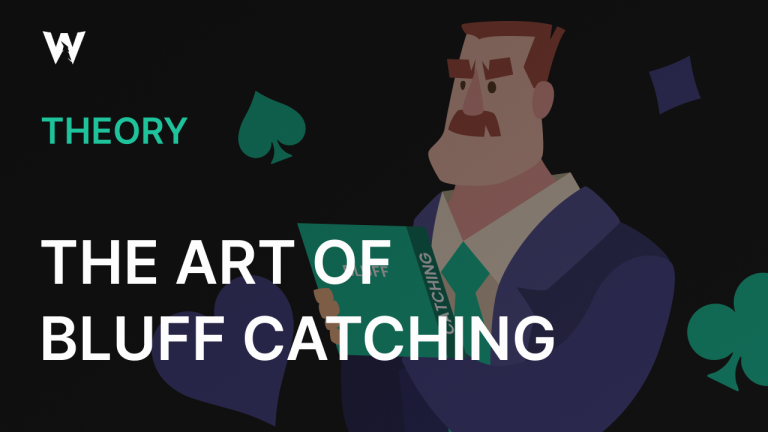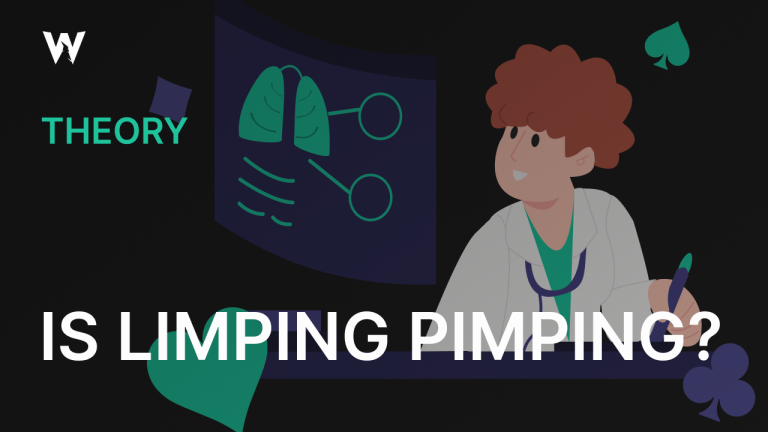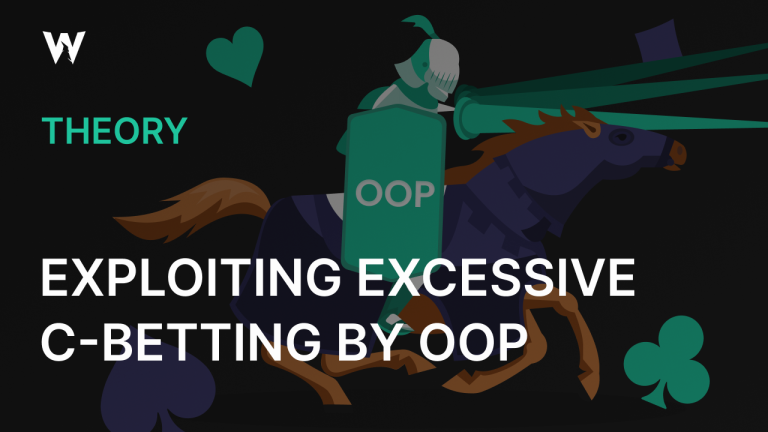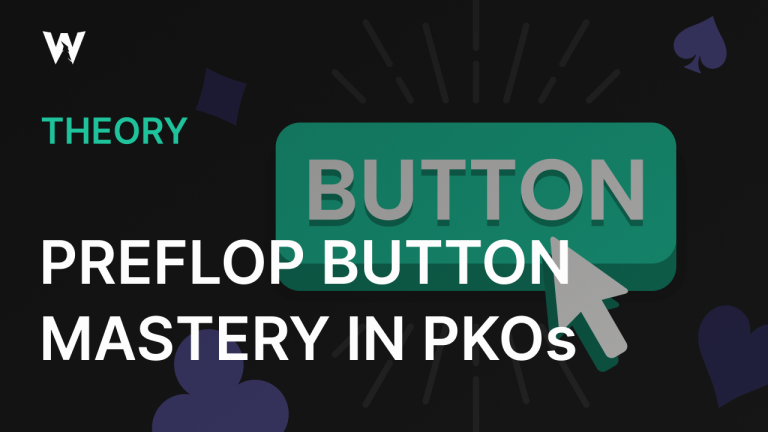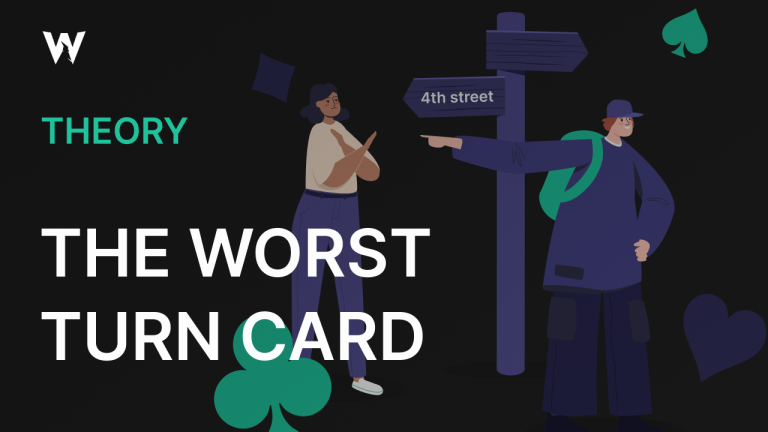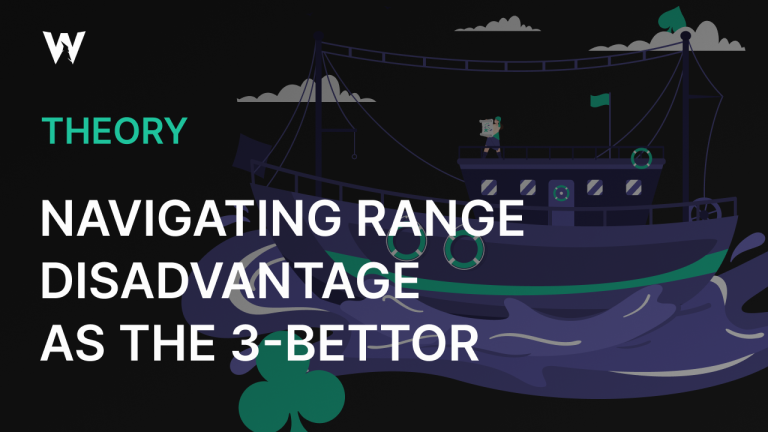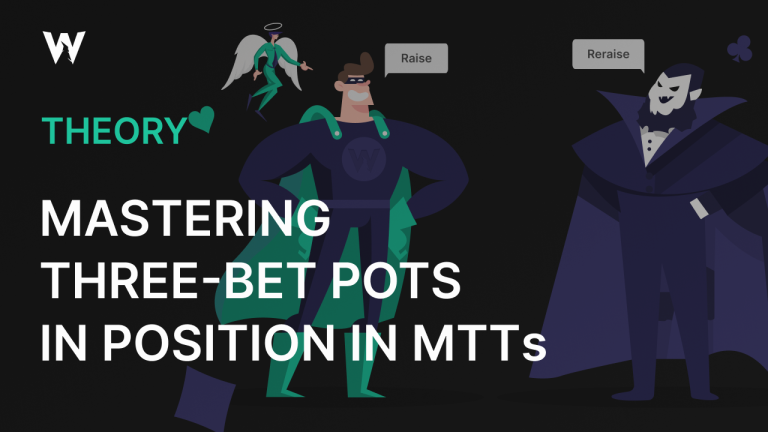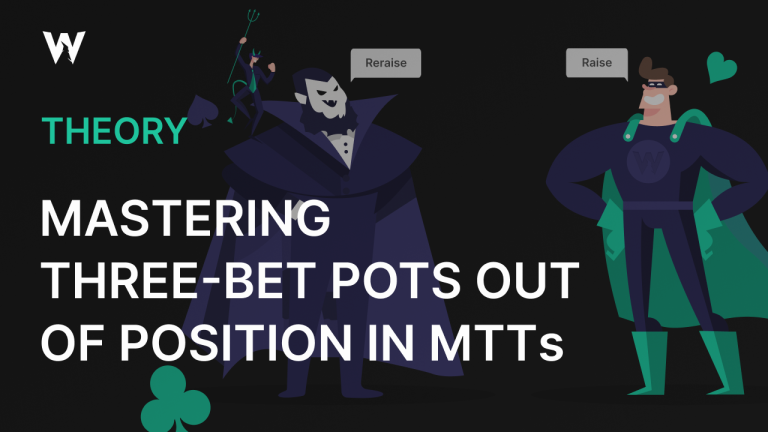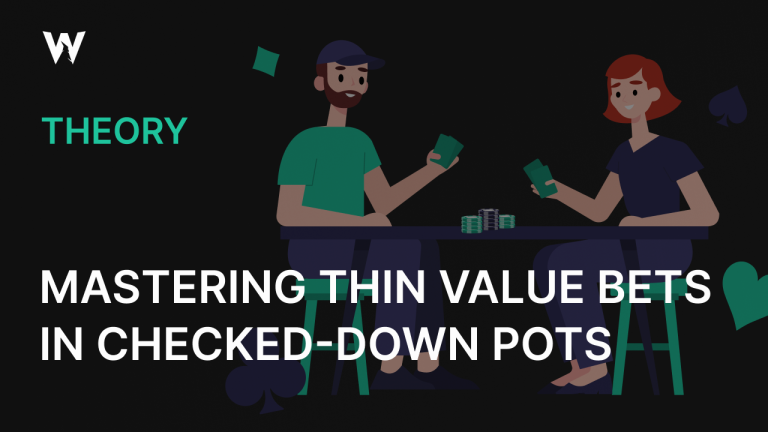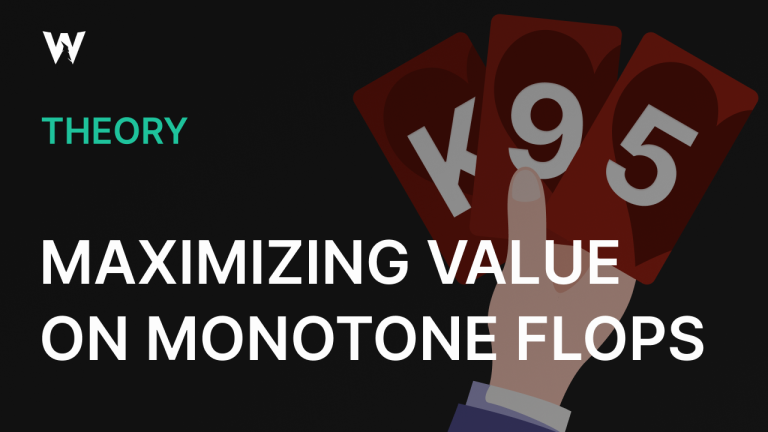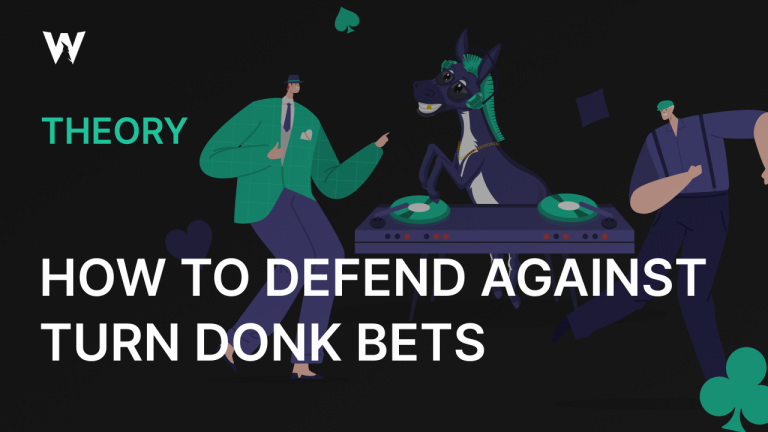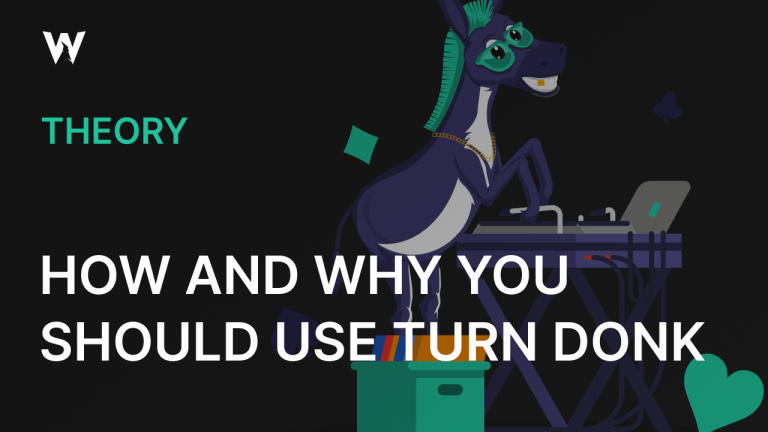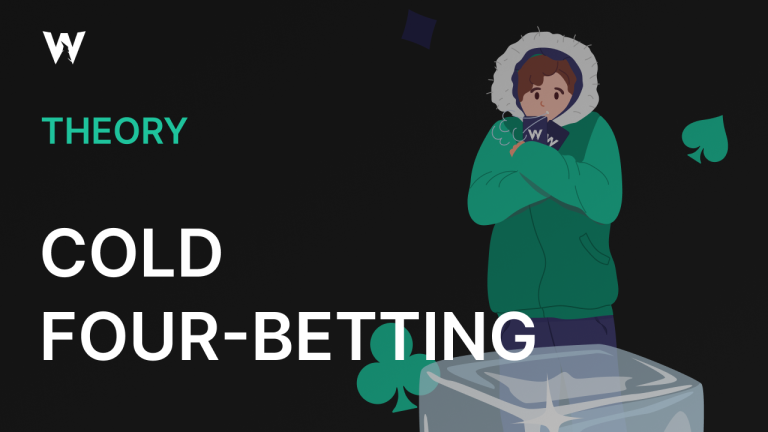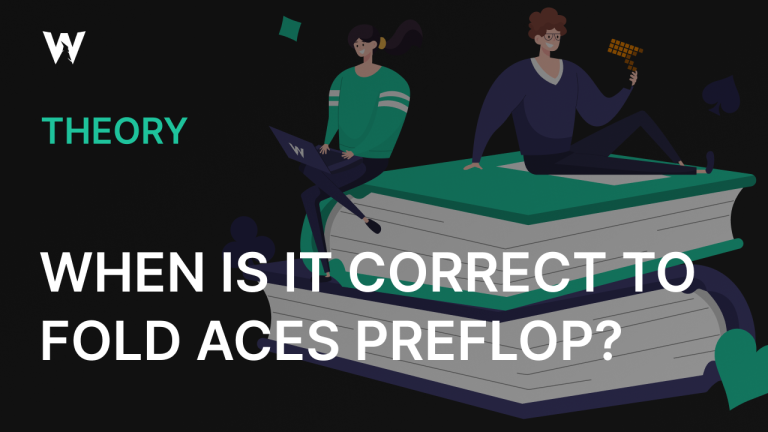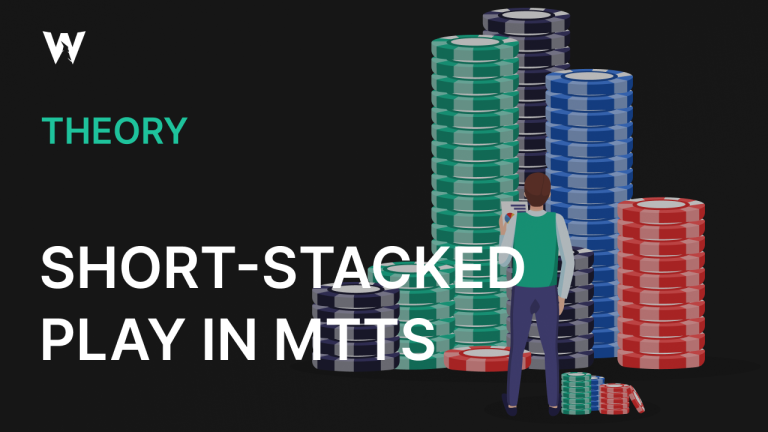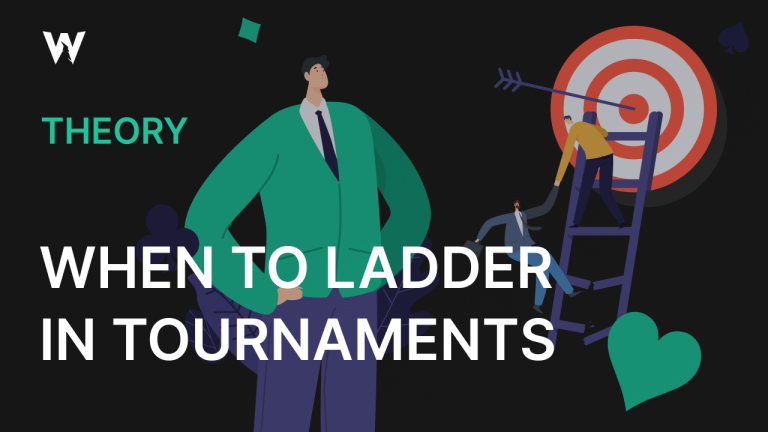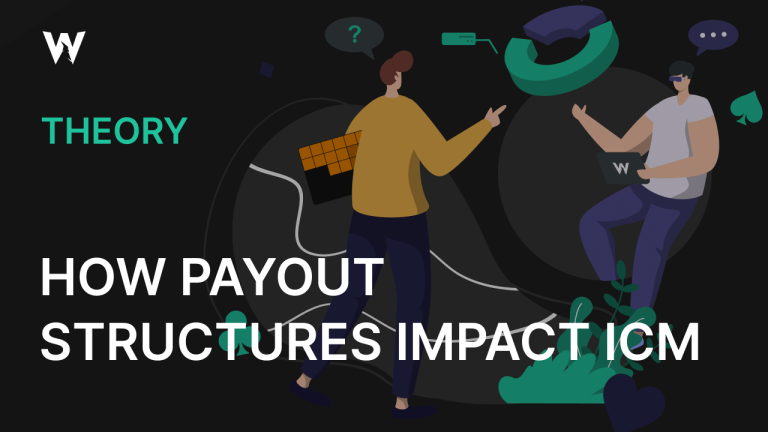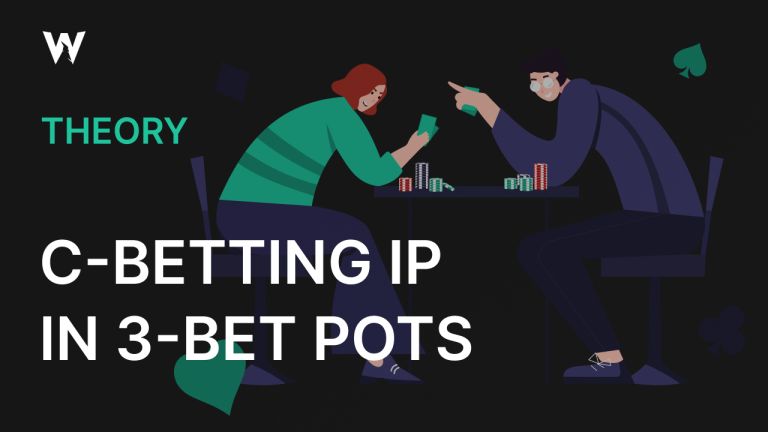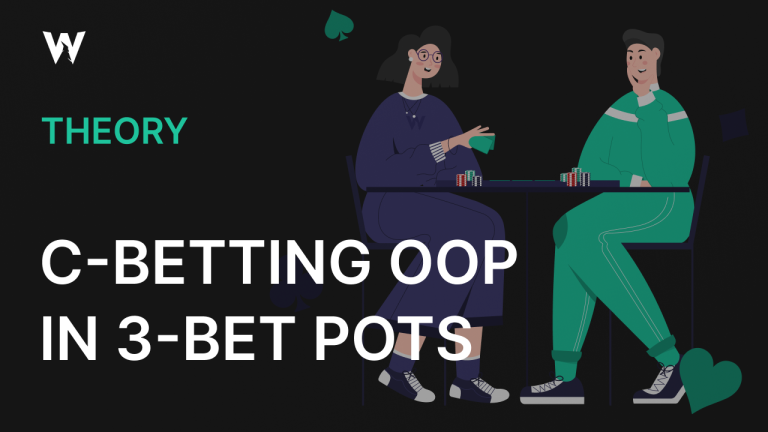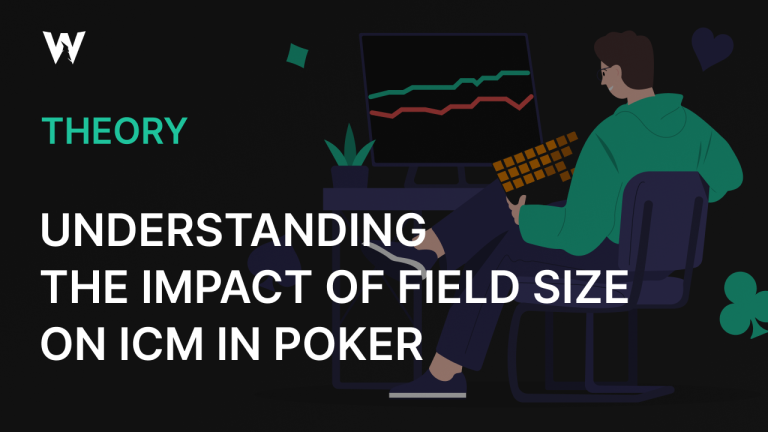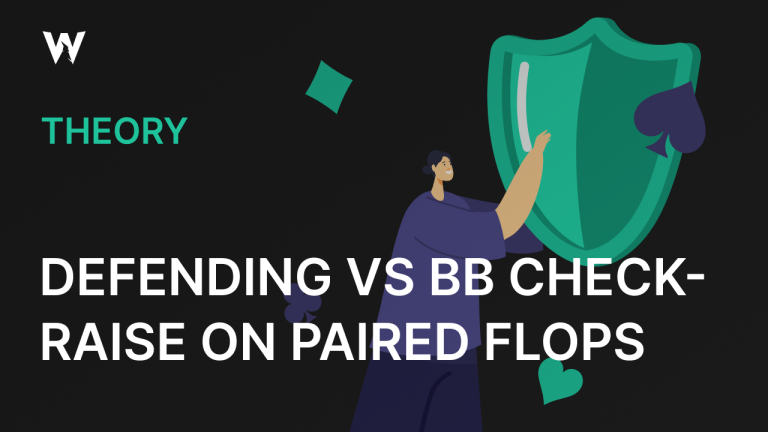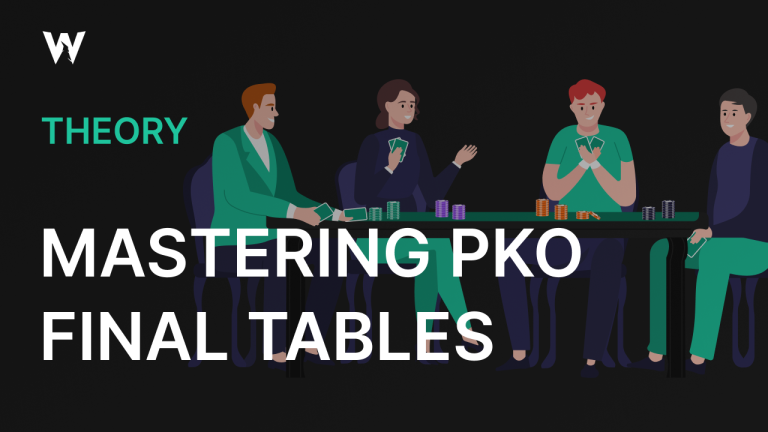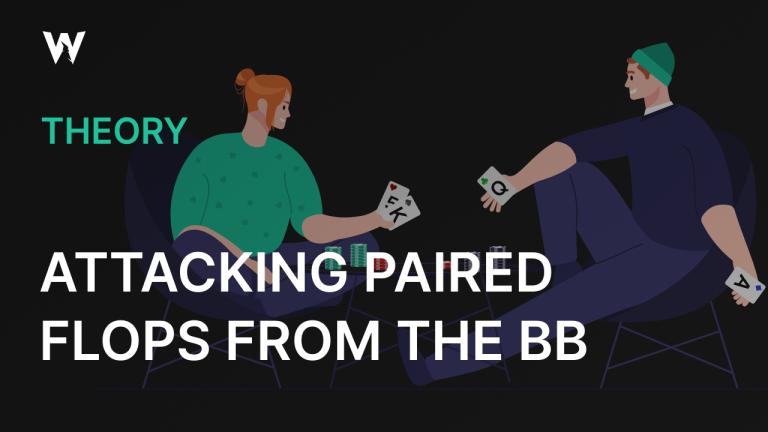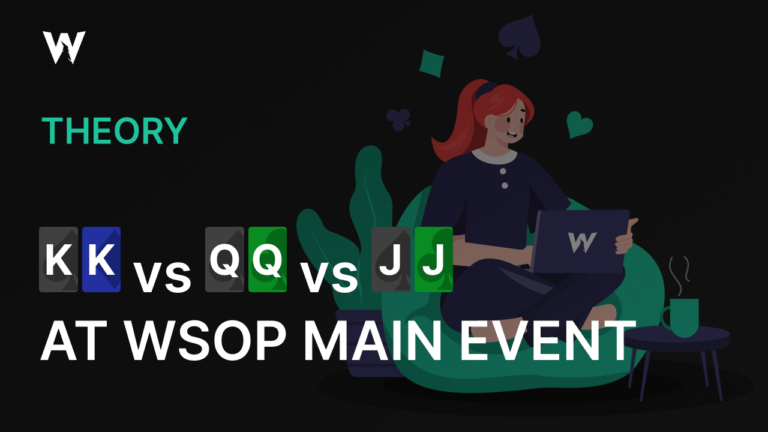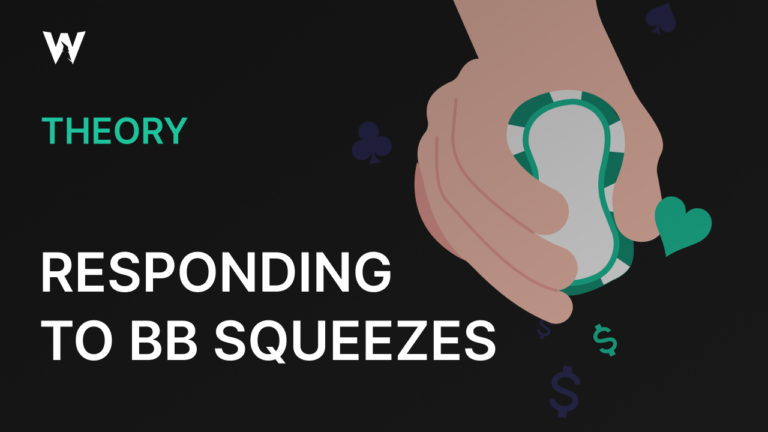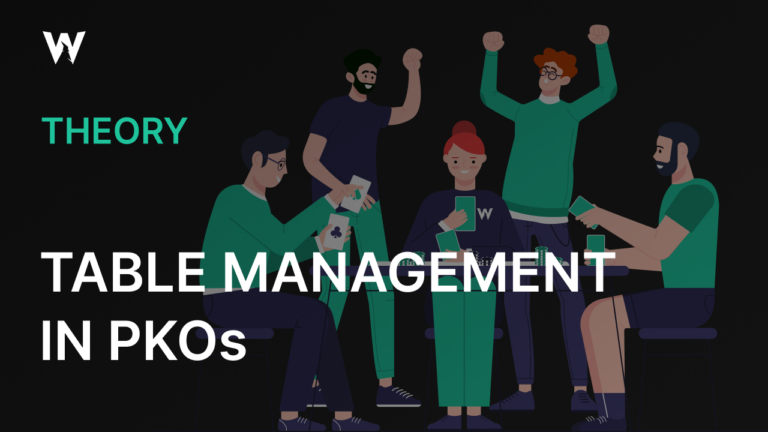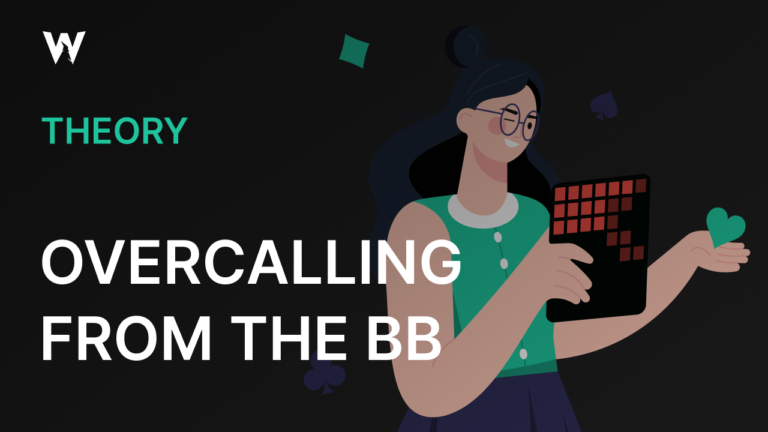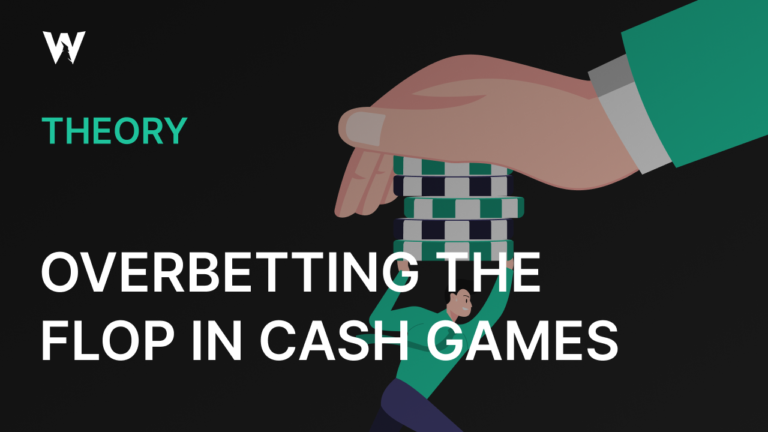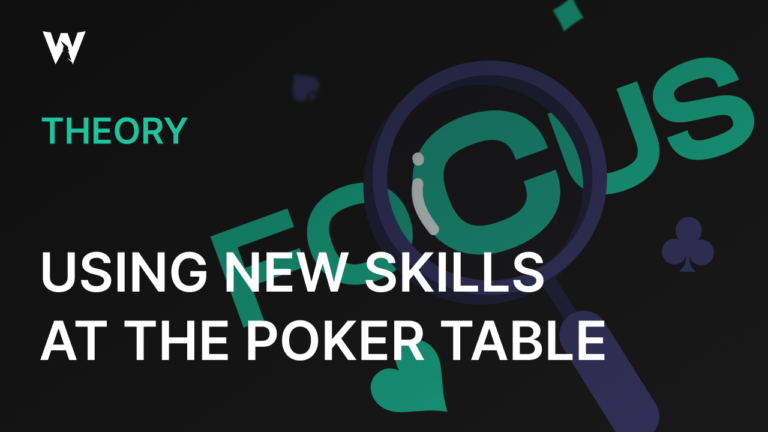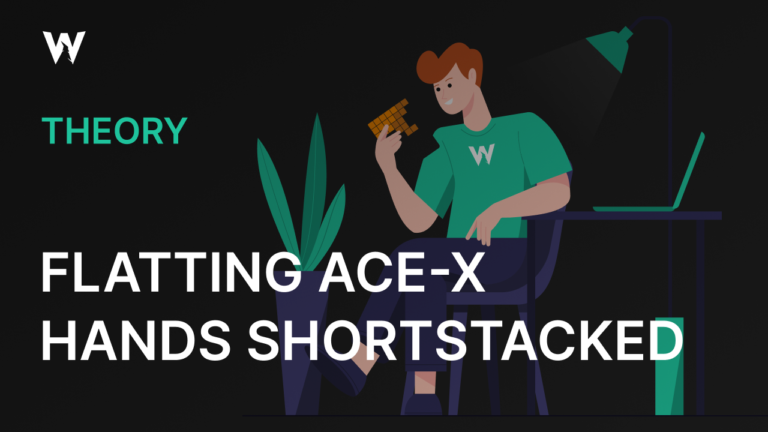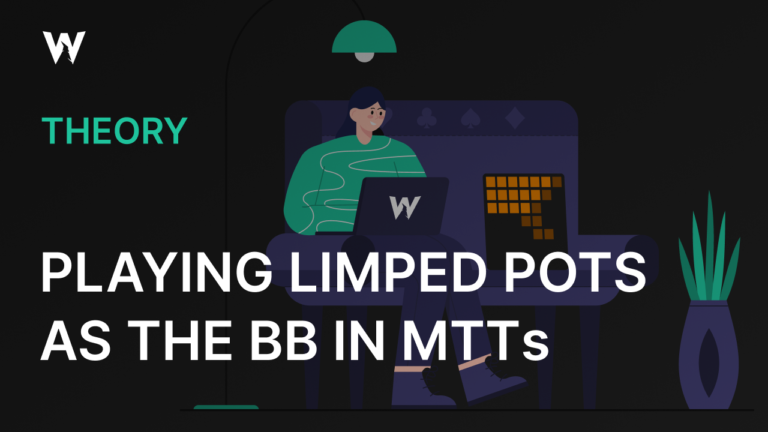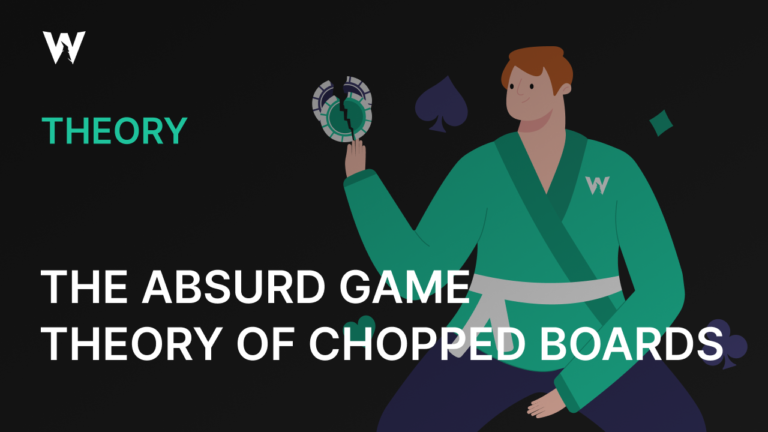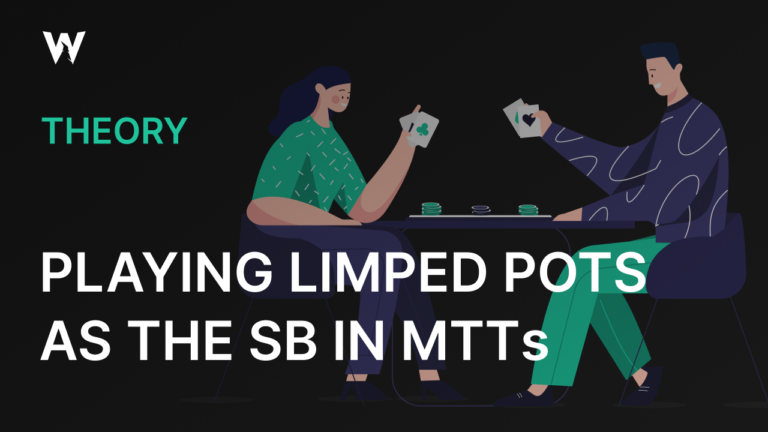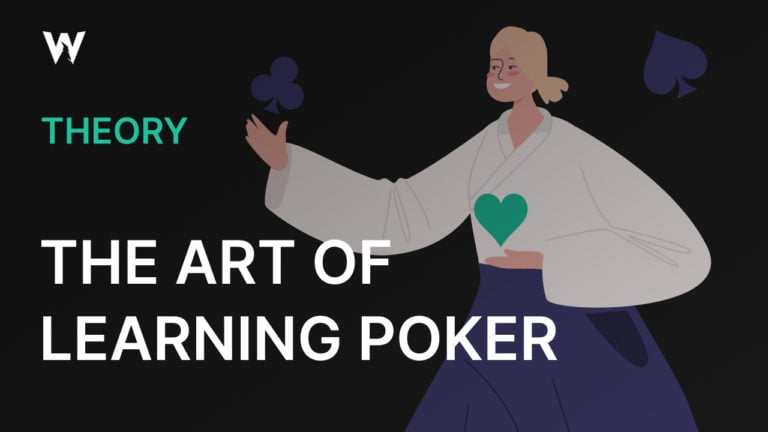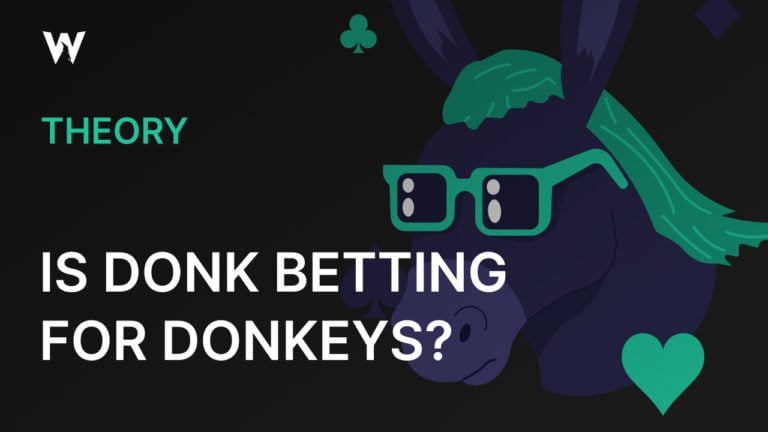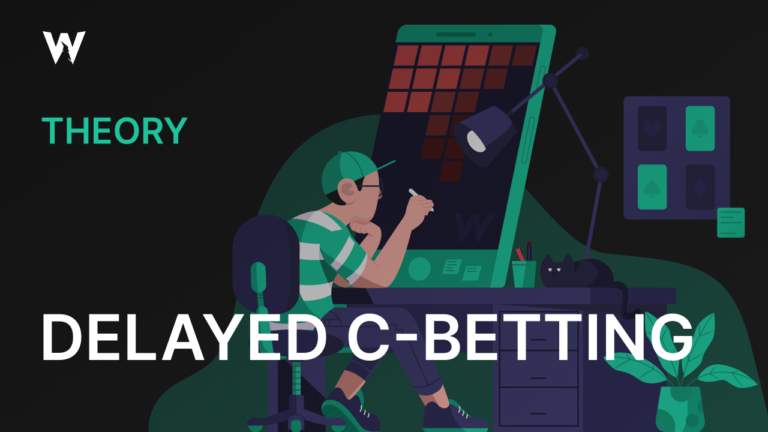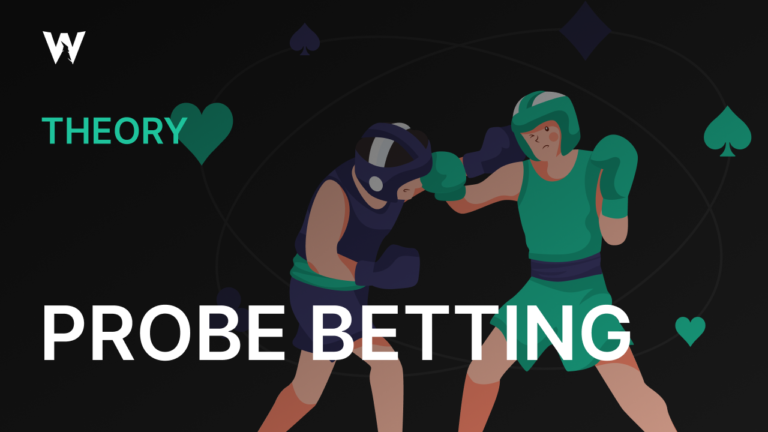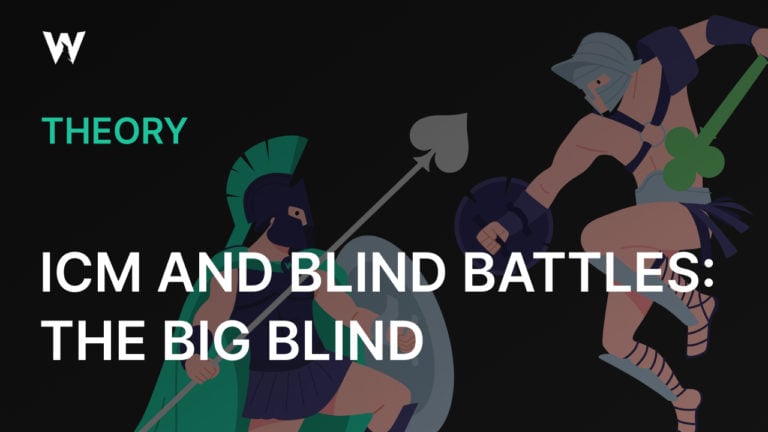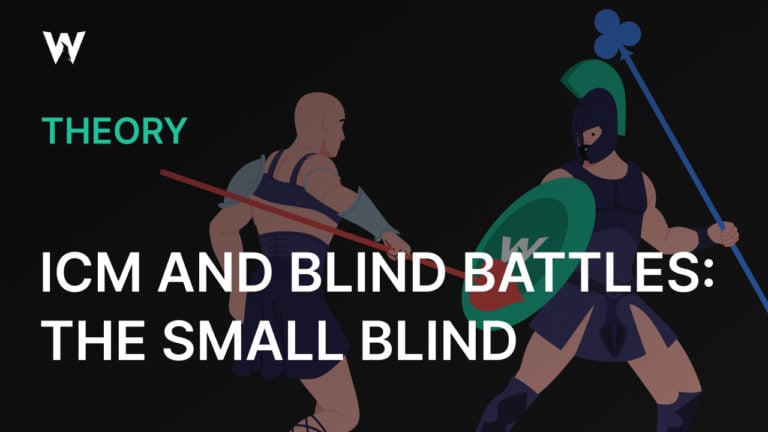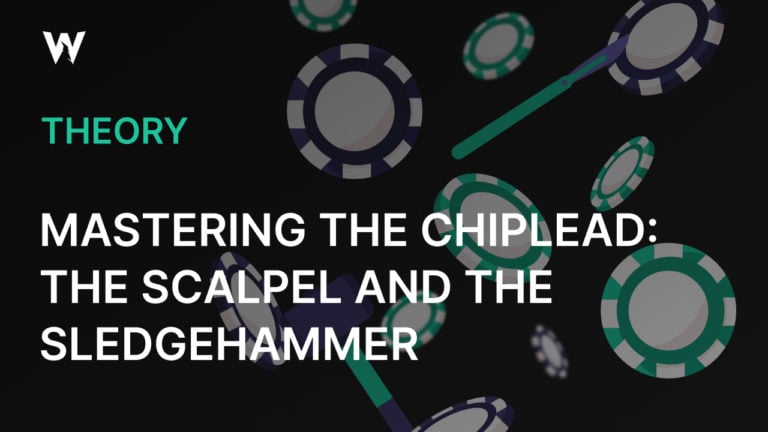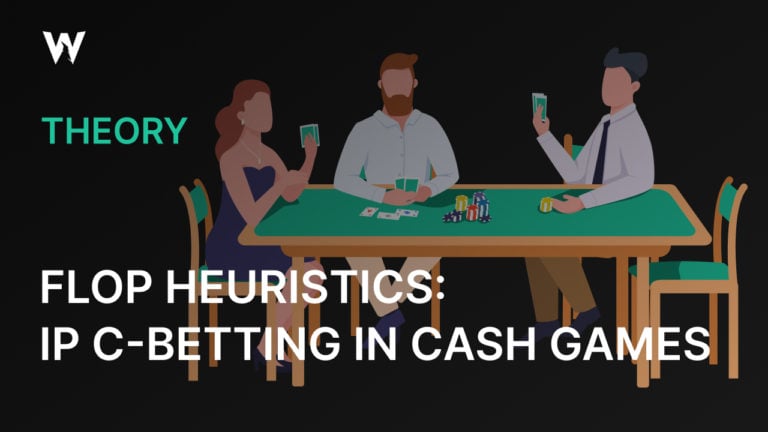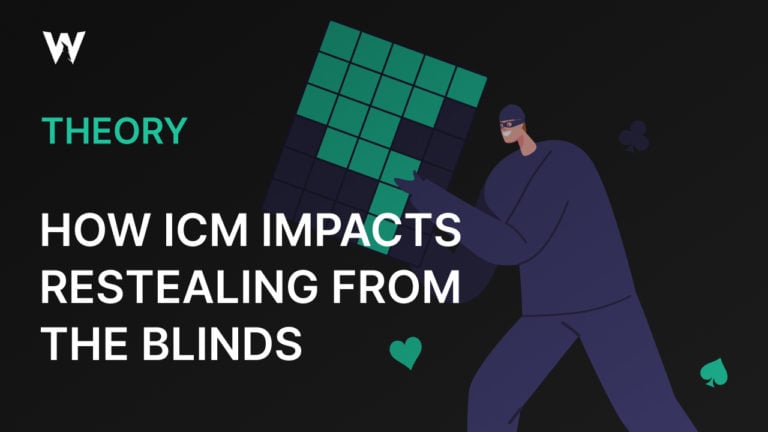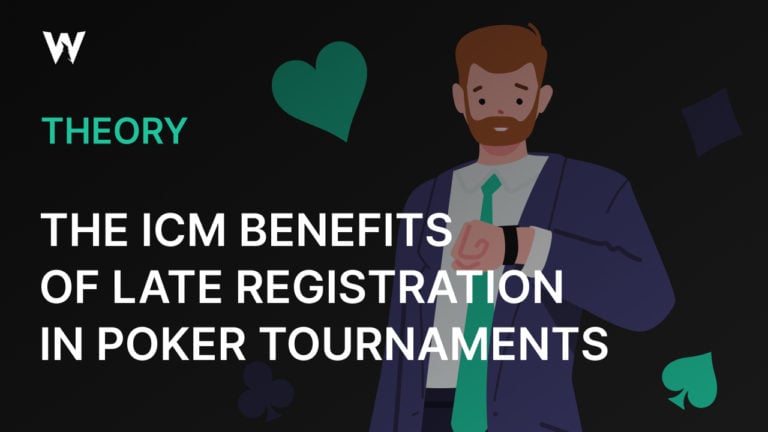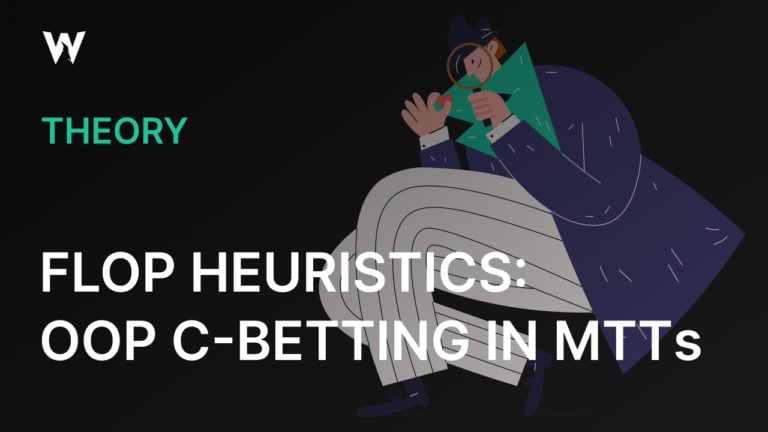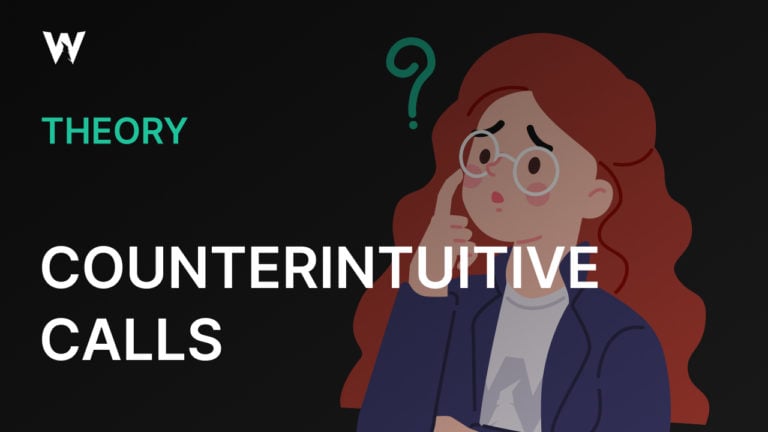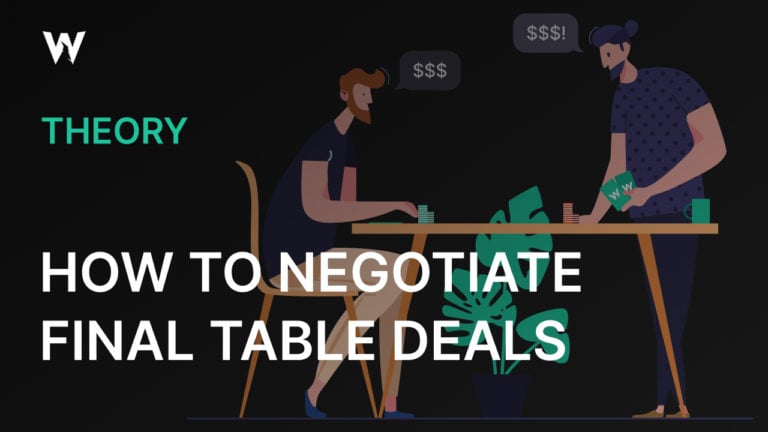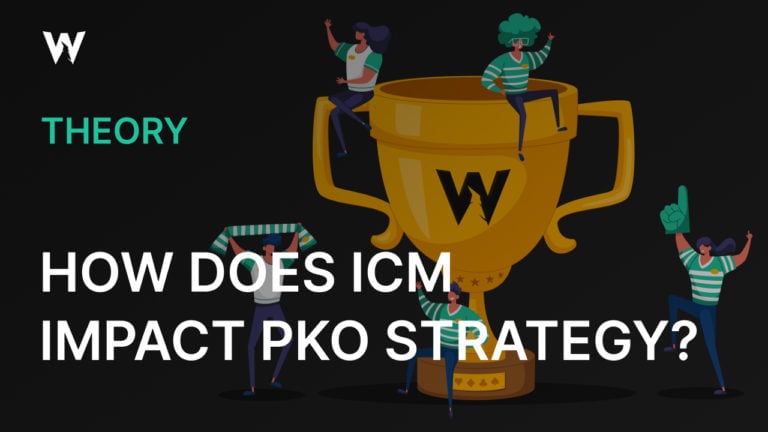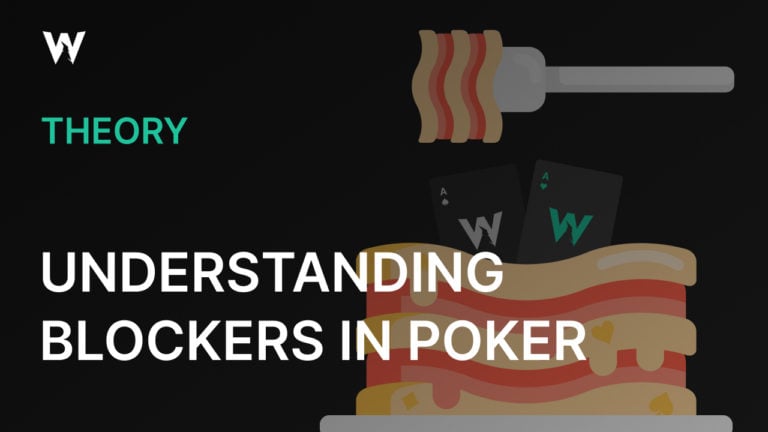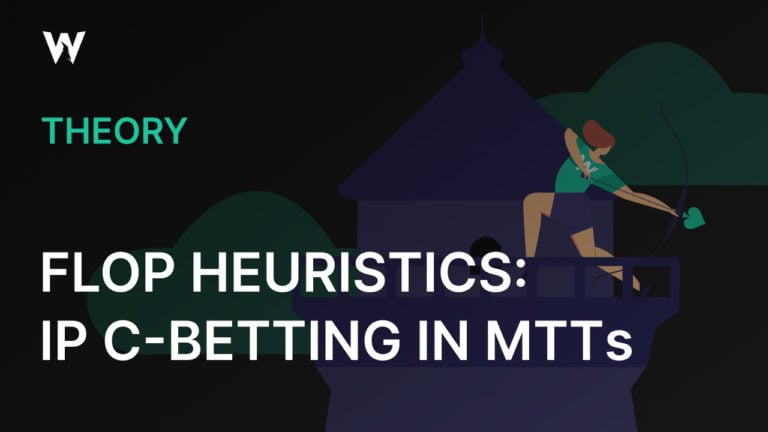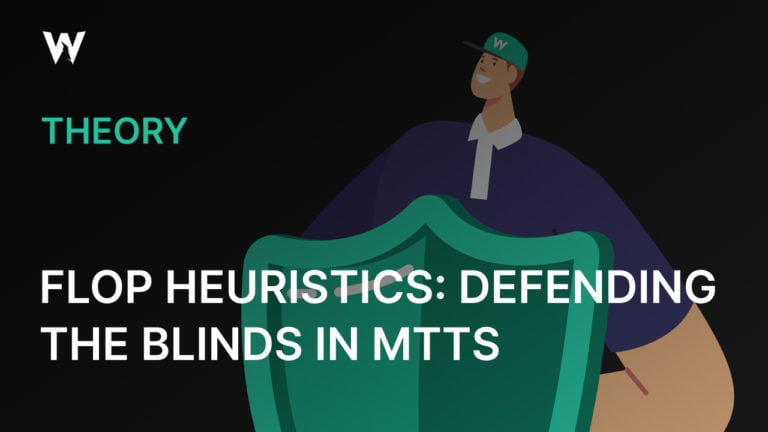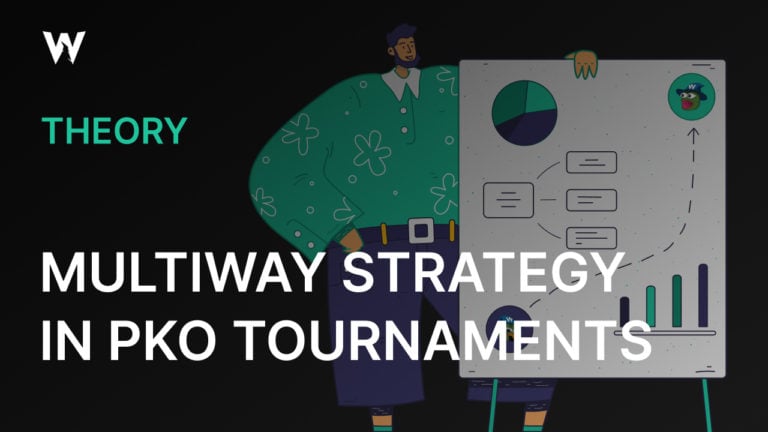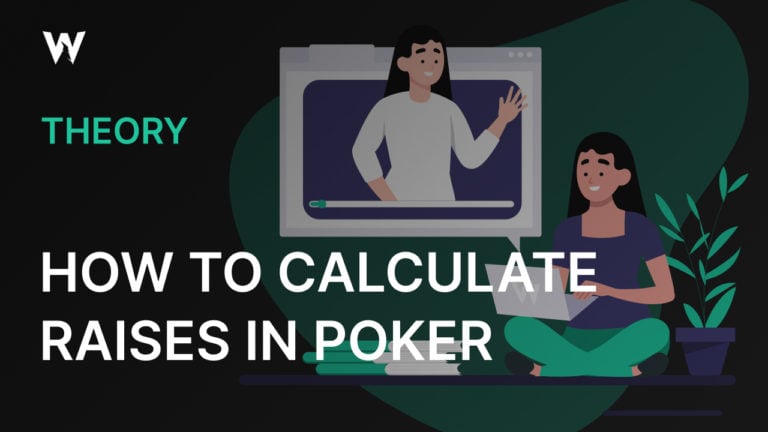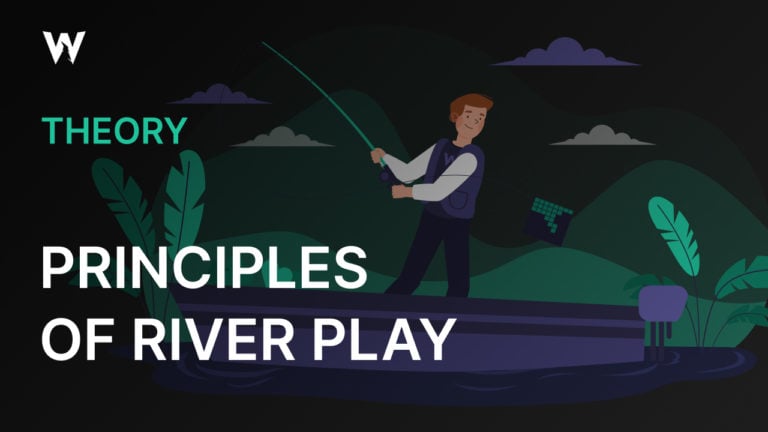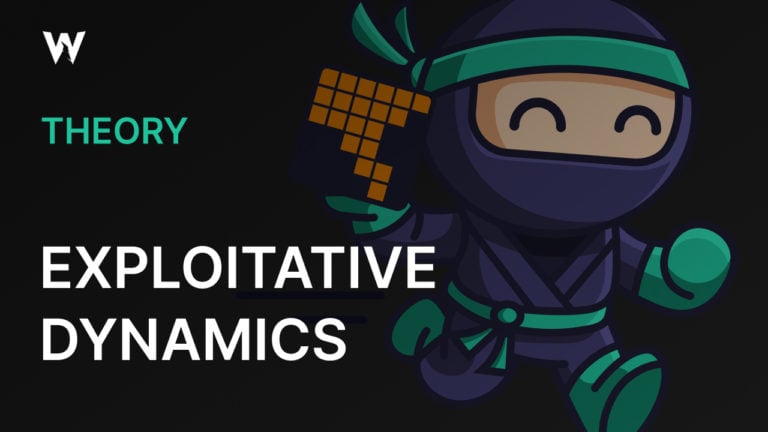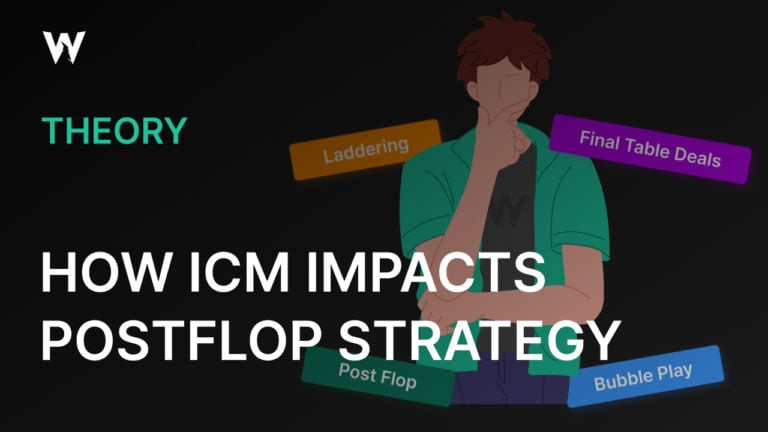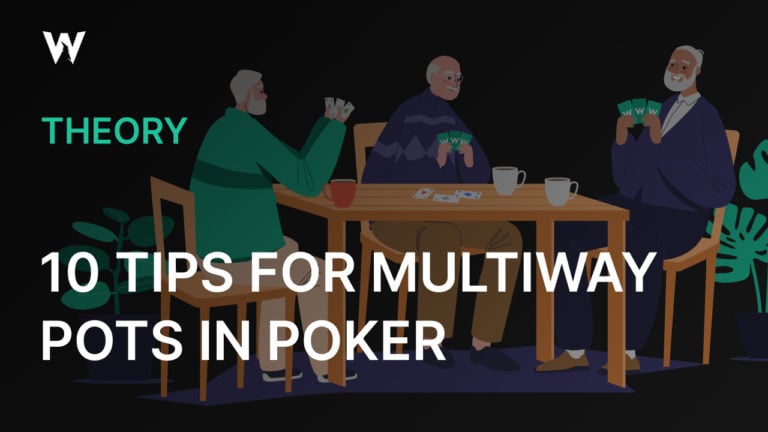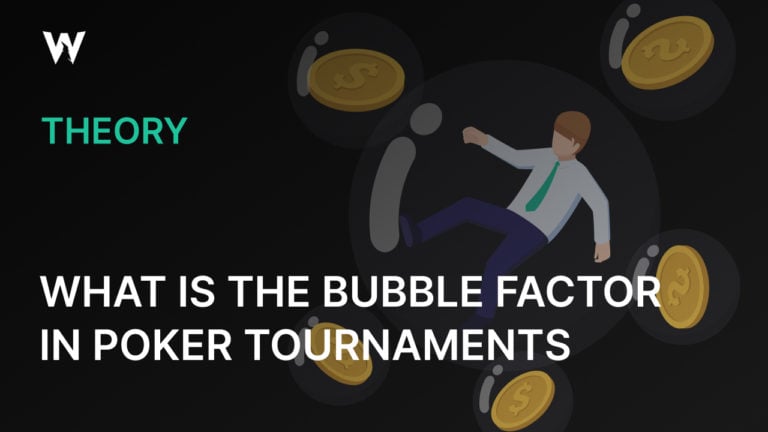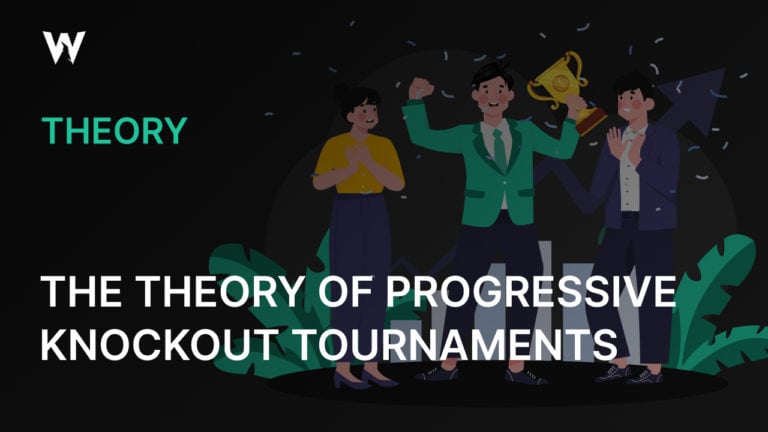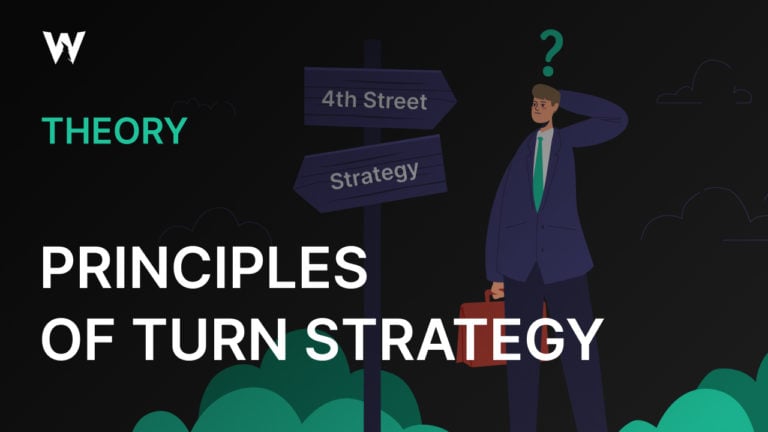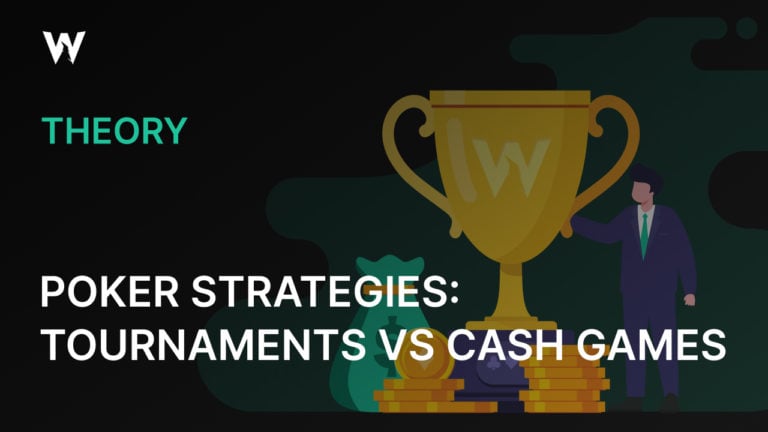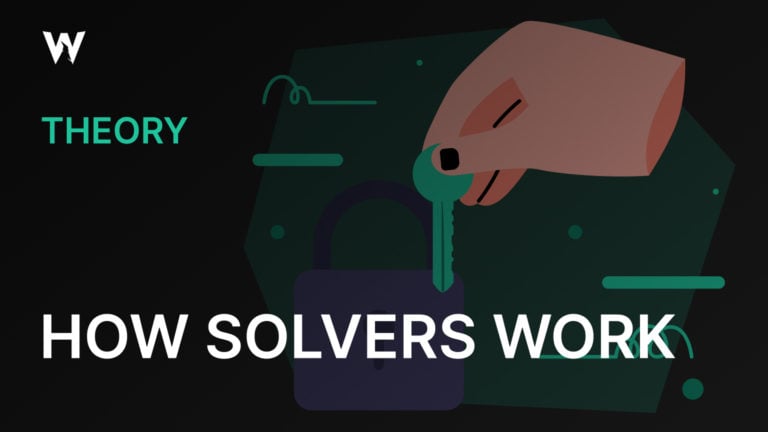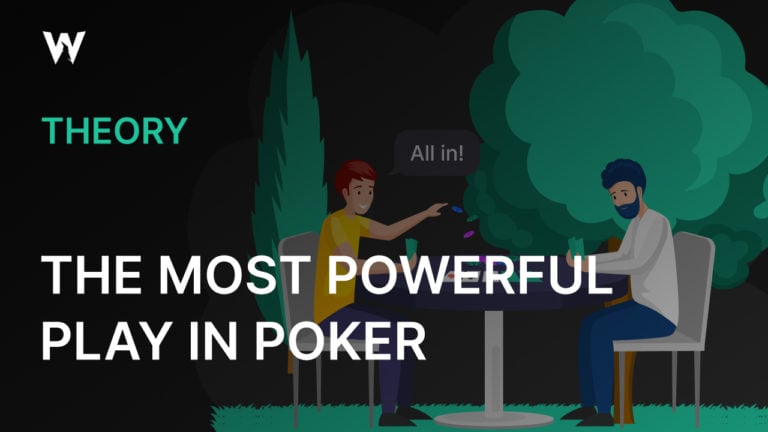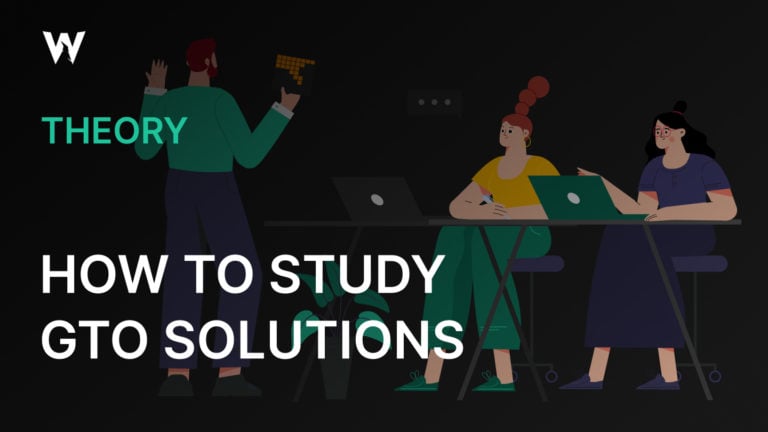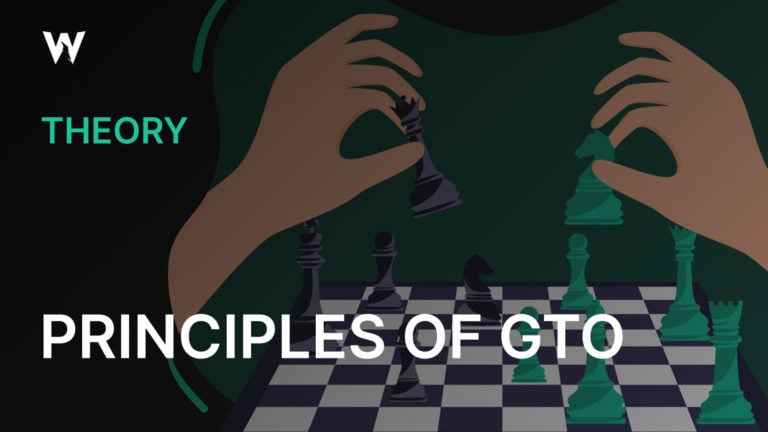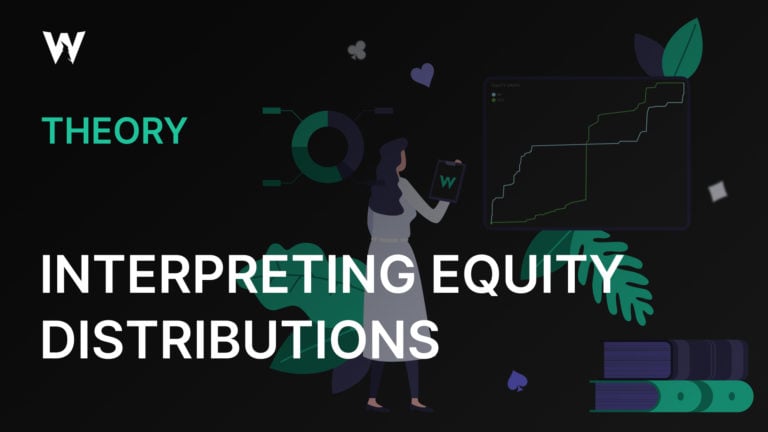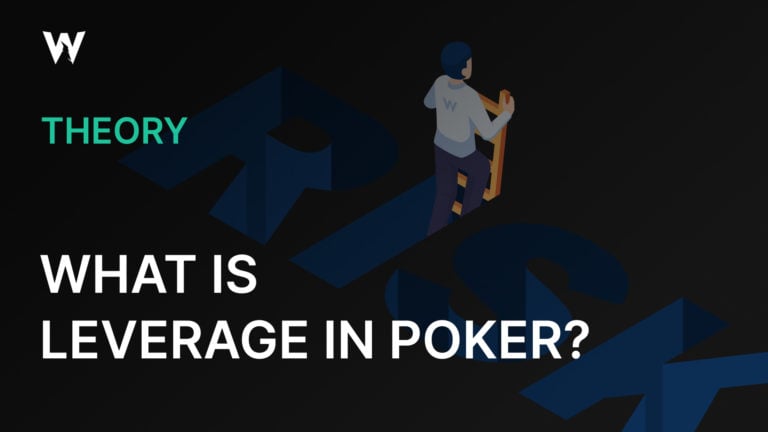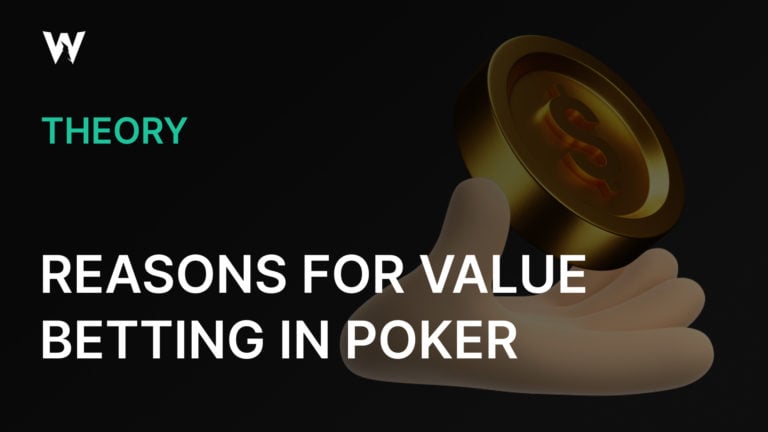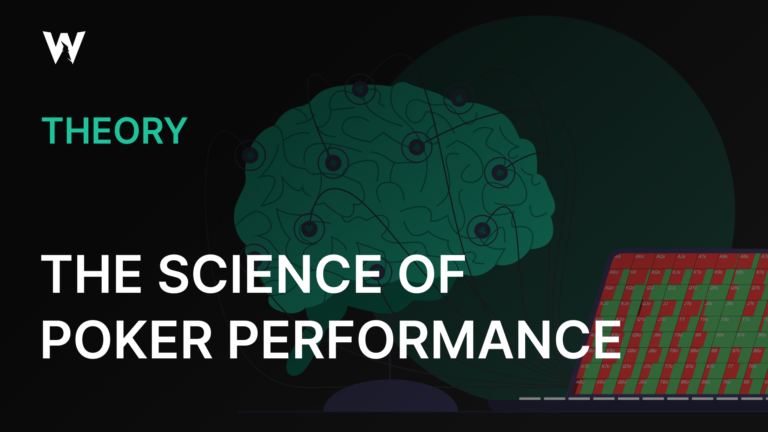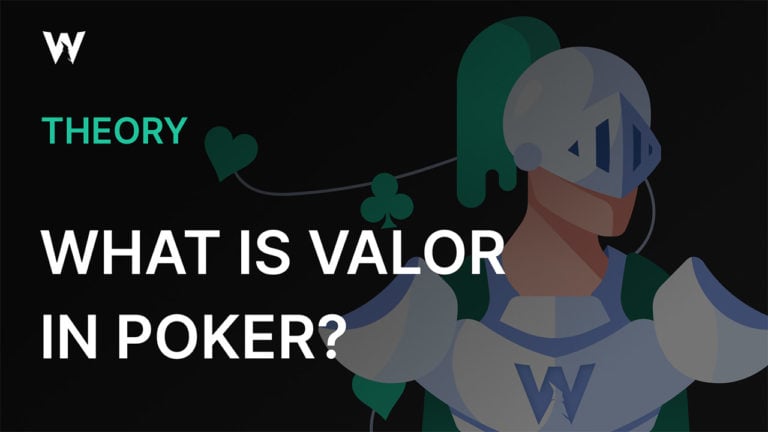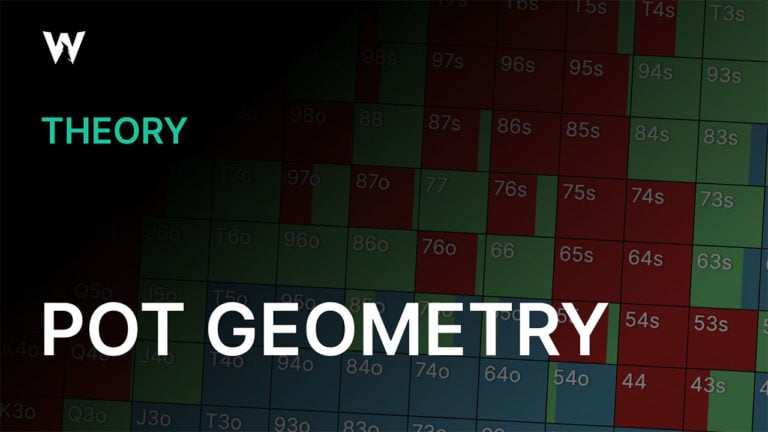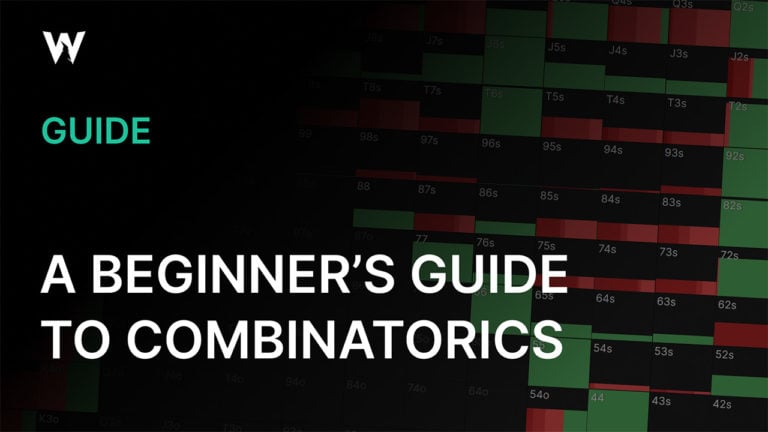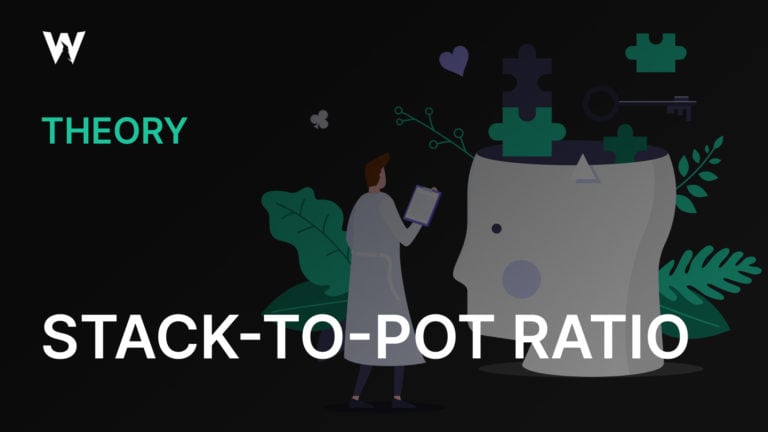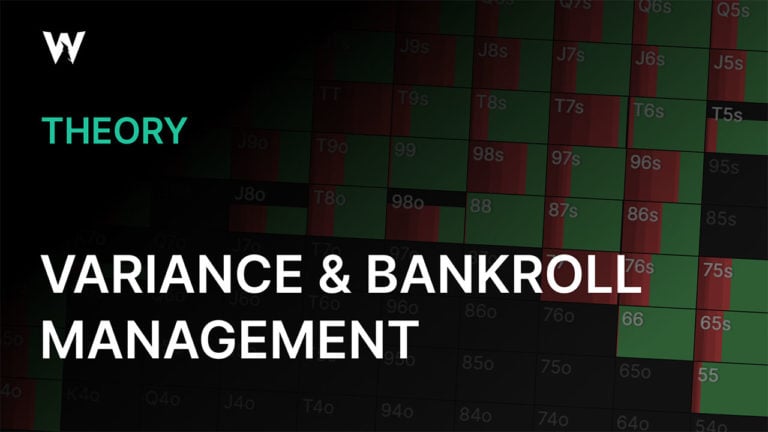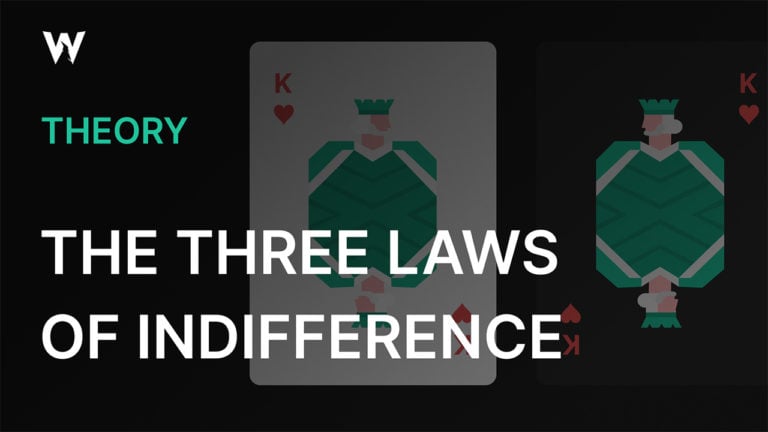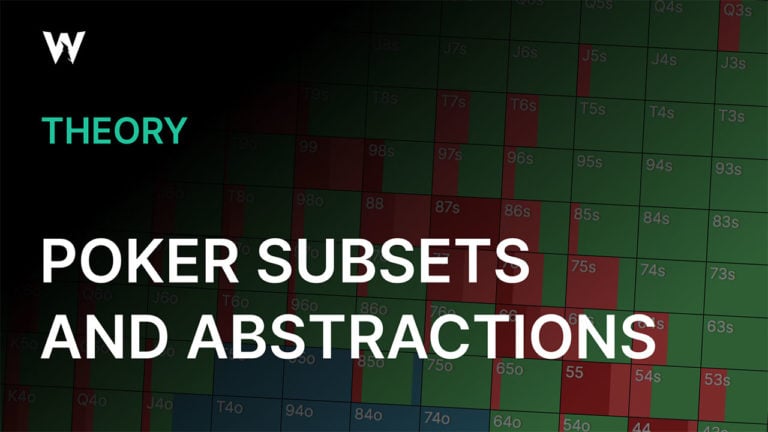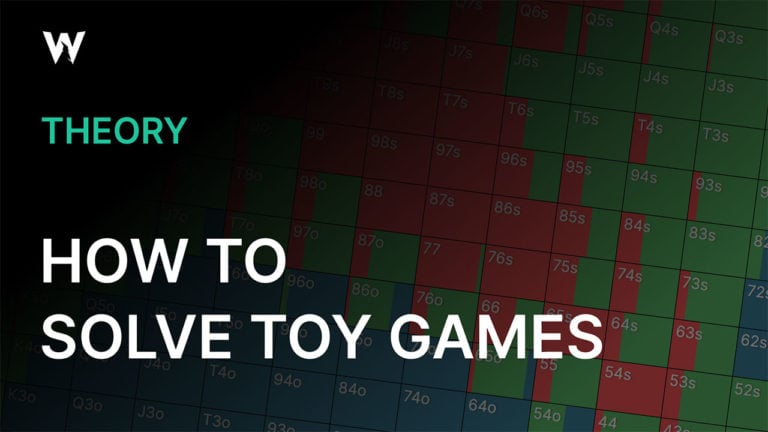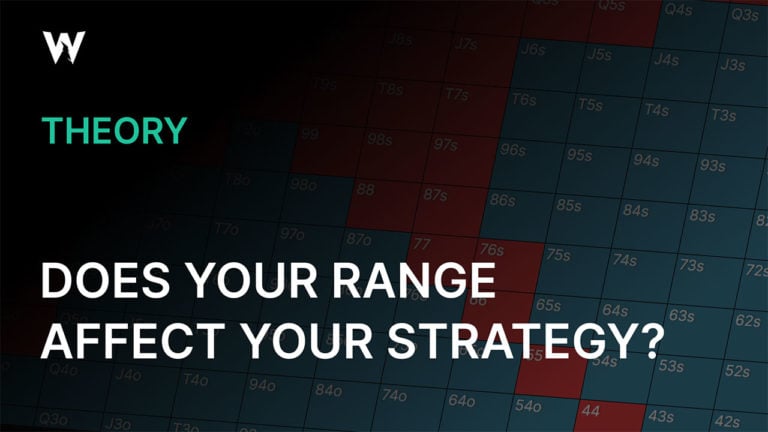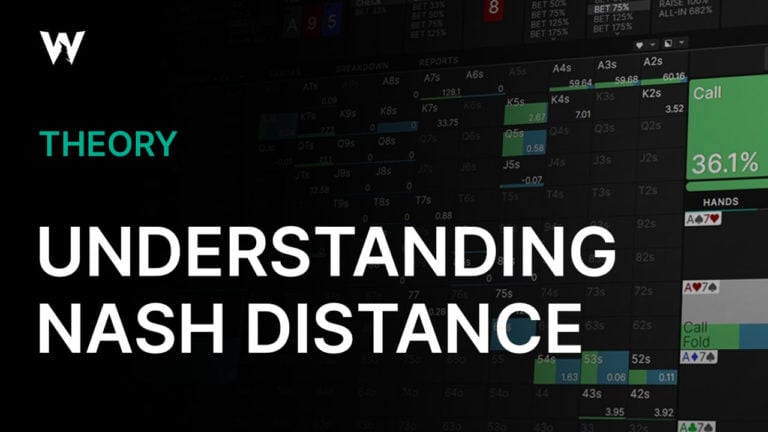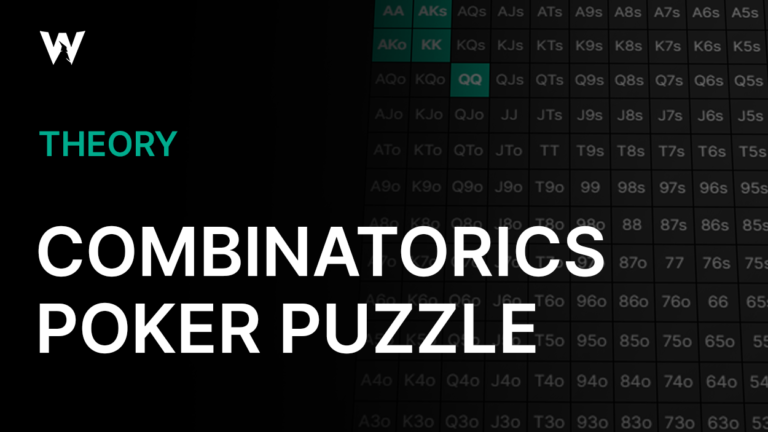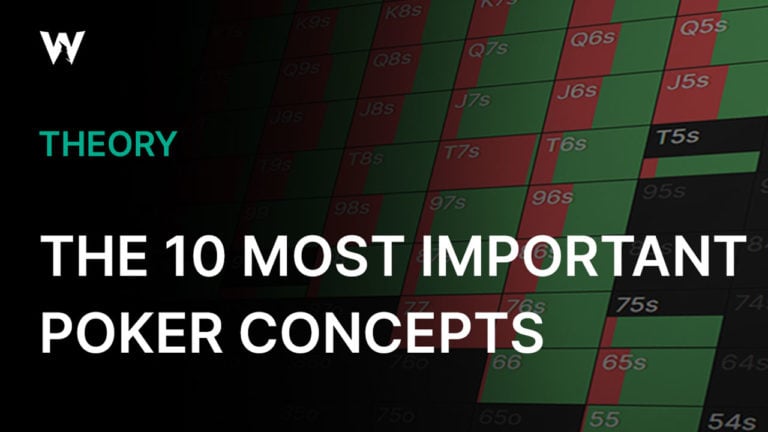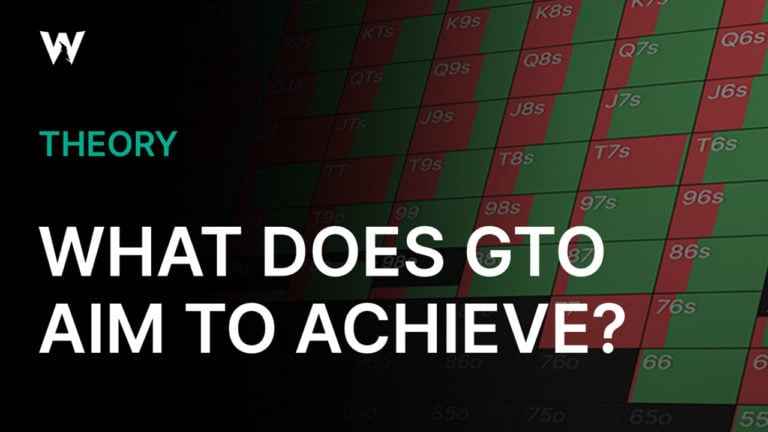How to Become a Winning Poker Player in 2025 – Part 1
I fell in love with the game of poker when I saw the best players outplay their opponents. From the old school bosses like Ivey or Negreanu to the newer generation of crushers like Linus, I watched hours and hours of them working their craft, fascinated with the idea of making money by playing a card game. After winning a couple of hundred dollars, I felt pretty confident, thinking I could beat everyone until I got crushed and lost it all back. Getting that reality check was an essential first lesson. I was motivated to improve, to finally become a winning poker player.
If you have just started with poker or are already playing for a bit and feeling stuck and frustrated about losing, don’t worry. In the following two articles, we present you a starter guide that provides an overview of the key areas to cover in your quest to become a winning poker player.
The Three Cornerstones of a Winning Poker Player
Becoming a winning poker player is challenging, but like any challenge, it can be done. Successful people in all kinds of different domains have things in common. They don’t reinvent the wheel; they often follow simple but very effective methods and strategies that lead them to success. In poker, there are three main areas to focus on.
- Playing – Applying strategies to outplay your opponents at the tables confidently.
- Studying – Implementing routines that incorporate methodologies for improving off the felt.
- Mental game – Developing an unbreakable mindset, the base from which you operate.
Playing – Applying strategies to outplay your opponents at the tables confidently.
Studying – Implementing routines that incorporate methodologies for improving off the felt.
Mental game – Developing an unbreakable mindset, the base from which you operate.
In what follows, we will thoroughly explore all three areas and show you how to start mastering them. We will equip you with key pieces of knowledge you need to develop an edge and become a winning poker player this year.
1. Play – Applying Unstoppable Strategies
The area to improve that often, naturally, comes to mind first when thinking about how to become a winning poker player is playing itself. From not winning the maximum to burning money, or simply not grasping a spot, there is always room to make progress in this dimension since the game space of poker is so large. Let us dive into five key skills you need to build an edge over your opponents.
1.1 Build a Strong Foundation
Exploiting opponents is crucial to achieving the highest tiers of win rates. To do so, we need to know what (theoretical) mistakes they are making. Identifying what they are doing wrong requires knowledge of what’s right, in theory, to not be exploitable. To show you how crucial this is, let me give you a little quiz about the below spot:
We take the SB seat, holding JJ. After 3-betting the BTN’s open-raise and getting called, we go to a flop of AK2r. We kick off postflop play by c-betting all of our hands for 20% of the pot, villain calls. The turn is a rainbow 6Does anyone else wonder if Tom Clancy got some of the ideas for his novels during poker games?, villain bets a large size (100% pot) into our checking range, and we reluctantly fold. The BTN flips over his cards, revealing 33. We are steaming! “How can this guy call the flop with pocket threes?” 😡
How can we exploit such plays in the future?
- Not trying to bluff (as often) since villain is a station!
- Betting thinner for value on all streets.
- Always checking our strong hands on the turn, villain over-bluffs massively.
None of the above.
33 is supposed to be a pure continue—via call or raise—on the flop versus a 20% range-bet and wants to bluff at a very high frequency on the turn. The reason is a combination of the following factors:
- They have enough equity to continue for the odds they get.
- There is potential to outdraw most of the villain’s range with mainlyThere’s the slight possibility to backdoor a (wheel) straight their set outs and win a fairly large pot.
- Opportunities to bluff the opponent’s many better pairs will present themselves on future runouts.
This hand illustrates how important it is to understand what you and your opponent are supposed to be doing (if the objective is to be unexploitable). Without the theoretical background serving as a baseline to compare with, reads and “exploits” will always just be random (because baseless).
Studying GTO will also help us grasp essential concepts such as how to play (against) a polarized range, approach different flop textures, and how boards interact with ranges. It’s not about copying what the solver says. It’s about…
- Understanding what should be happening (in order to have no vulnerabilities to exploit), noticing vulnerabilities in our opponent’s game, and when/how to deviate from baseline to exploit our opponent to the max.
- Developing a solid default strategy to apply against strong players who attempt to play close to GTO or against unknown players that you have no read on (yet).
- Cultivating a deeper understanding of the game’s principles, mechanics, and important concepts.
- Grasping how ranges look like, how they interact with board textures, and what this means for our strategy.
The second section (“Study – Improving off the Felt”) will explain in detail how to review solver outputs and study them efficiently to build a strong foundation for developing strategies.
1.2 Don’t Play a Static Game Style
Building a strong theoretical foundation is crucial for developing strategies that go beyond balance. It is the fundament for exploiting our opponents. Understanding what they are doing wrong and how to react accordingly is a valuable skill. Its value increases with the number and severity of mistakes that are made. Mistakes will always be abundant, given how hard it is to play unexploitable poker. However, you will face many different player types with opposing weaknesses throughout your time playing cards. Not all mistakes made are equal, so not all exploits are created equal either.
Playing a static game style versus different player types will leave a lot of money on the table because adaptation is required to capitalize on different sorts of mistakes.
The way to make the most against tight players is different from optimizing against loose players. The same goes for maximizing against passivity as opposed to aggression. “How to hone in on the correct counterstrategy?” you might wonder.
Against weak players, you can ask yourself the following question to be led in the right direction:
What does our specific hand want to do versus the villain’s range and tendencies?
What does our specific hand want to do versus the villain’s range and tendencies?
You can ask yourself that question in every situation, especially when facing weaker opponents. Formulating questions like this will prevent one-sided answers from popping up in your mind, such as:
- ”I am at the top of my range; I have to call.”
- “I have no showdown value; I must bluff this combo.”
- “My combo is horrible to bluff with; I can’t bluff.”
These thoughts aren’t necessarily bad, but they flow out of a fixation on your own range, which is not the complete picture. They miss the connection with the other range in the hand, your adversary’s.
You should also ask yourself what your opponent’s range looks like, what their tendencies are, and what your hand wants to do versus that profile. If you do that, you might end up saying something like this:
- “My opponent is very likely not finding the creative bluffs he needs to find. We can fold all of our bluff-catchers here.”
- “Villain is a huge station; we need to give up our bluffs.”
- “I know our opponent’s range is too weak here; he will over-fold a lot.”
By asking yourself this question (in all its different forms), you will never play a game style that is too static again and so won’t be blocked from generating the highest win rates.
Examples
To illustrate how much value we are missing out on by playing too statically, let us explore a preflop and a postflop spot together.
Preflop
We are on the BTN with KTo. The CO opens, and we 3-bet. We know that the blinds are passive. We also know that the player sitting in the CO seat opens wide but over-folds to 3-bets and doesn’t 4-bet enough.
After our session, we look at what the BTN is supposed to 3-bet here. KTo is almost always folding. We are happy with ourselves ☺️
Do you notice a problem here?
Exactly, we played too statically. We know that KTo doesn’t quite fit the (theoretical) threshold for 3-betting given the positions, but we also have the information that the CO continues too tightly versus aggression, and neither the CO nor the blinds will 4-bet enough. So, we will leave a lot of big blinds on the table if we stick to this static game style.
This is why knowing what we and our opponent(s) are supposed to do is so important. We gather informationNote: This information only really becomes meaningful and usable if it’s held against the context of some benchmark. by focusing on how people play and what they show down. As soon as we spot a mistake, we can start to deviate and skyrocket our win rate.
The syndrome of playing too statically will not just endanger our preflop win rate. Let us examine the following spot to avoid playing postflop too rigidly in the future.
Postflop
We are reviewing our database and find this hand. After betting the flop for 30% pot and the turn for 125% pot, we are firing another 75% pot river bet. After looking at the sim, we see that the CO is supposed to check back around 75% of the time with top two pair. We are disappointed; we thought we always wanted to bet here. We disregard the spot and move on to the next one 😞
We just made two mistakes.
- We didn’t try to understand why we were supposed to check back turned top two pair most of the time here. Finding the why behind solver output will give you a deeper understanding of how ranges interact with board textures (more on that in the next section).
- We didn’t question what our opponent was supposed to do versus our bet. Betting thinner for value might be a good play when our opponent is too passive.
Villain is supposed to bluff AQo, KJo, and K9o with a ♥ at some frequency. They also raise K4 and K2 sometimes for merged reasons (getting better hands to fold and sometimes called by worse, such as AA with one ♥). Finding these top pair bluffs is a pretty advanced play, which most players don’t even consider. Let us do a little nodelockNodelock
The act of fixing (“locking”) a player’s strategy at some decision point (“node”). This process is used to build exploitative strategies. experiment with GTO Wizard AI by removing the river bluff-raises from villain’s range. The result is fascinating.
The CO starts to bet hands as thin as KJ. In practice, we need to be a bit careful. When our opponent is not calling enough worse, we value-own ourselves. But it’s not about being perfect. The essential lesson here is that:
We can often lower our value threshold immensely as soon as our opponent is not bluff-raising enough.
When we play versus a passive-calling station, we want to get as much money as possible in the middle with a thin(ner) value range.
In summary, factoring in your opponent’s tendencies to avoid playing too statically will bring you a step closer to reaching enormous win rates.
1.3 Ensure Avoiding Tough Future Decisions Is Rational
Avoiding tough future decisions often stems from missing knowledge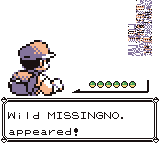 or fear. Trying to escape tough spots can lead to errors that cause greater losses or result in missing out on greater wins.
or fear. Trying to escape tough spots can lead to errors that cause greater losses or result in missing out on greater wins.
Let us look at the following spot where we open on the BTN with 99. The BB 3-bets us, and we call. Our read on the BB is that they are a capable, aggressive opponent.
The BB uses a large sizing with a rather wide range. Against an aggressive opponent, we just want to call with our sets here. The BB has so many hands with very little equity (against our specific holding) that we would all fold out by raising. Sets don’t really need protection in this spot; we are IP, and the SPR is already relatively low, so we can easily get stacks in by the river by just calling (or taking over the betting lead in case BB checks). All these factors make calling more attractive with all of our sets, and as it turns out, it’s the best option according to the solver’s calculations as well.
Don’t let fear guide you away from max value.
Yes, the board might run out, so we have to fold 99 or stop getting value from some hands. But in the long run, we win more by calling than by raising versus a loose, aggressive player.
Avoiding highly marginal spots versus better players can be a good idea. However, when this avoidance behavior becomes default, it results in “escaping” from spots that are highly profitable. This will sink your win rate significantly.
Always make sure your decision-making process is driven by logic. Fear (and other emotions) can be a justified hint, but only if they are justified by rational analysis, not when they are an uninspected knee-jerk reaction.
1.4 Steer Clear From Autopiloting
Autopiloting is one reason players hit a ceiling in win rates. They miss details like player tendencies and slight changes in SPR or fail to notice how poorly they perform on a particular board texture. They might even get punished by strong opponents who notice minor errors quickly because they are not operating on autopilot.
Let us examine a simple example of how this caps your profitability.
We find ourselves in a single-raised pot (SRP) scenario between BB vs BTN, as the BB with Q8s. The BTN c-bets 25% pot on TT4r, we call with Q♠8♠ without considering any other options. When we take a look at the solution, we will notice that we want to mix in a decent amount of raises with our combo. We are supposed to raise over 26% of the time here overall.
The BTN bets a wide range that contains a lot of air on the disconnected, paired board. So, pairs want to frequently raise for equity denial and reduce the risk of getting counterfeitCounterfeit
A situation where a change in the community cards makes it so that a player’s previously strong hand is now more likely to be beaten by the opponent due to the community cards. For example, a player holding 76 on 76J2 has two pair, but if the river came a J or 2, their hand would be “counterfeit” as any QQ, KK, AA would now have a better two pair and thus beat them at showdown. on future runouts. Our hand, Q♠8♠, intends to raise or call; both options have the same EV.
But we missed something! Due to autopiloting, we failed to factor in that we know that our opponent massively over-folds to check/raises.
Let us investigate how we should adjust versus someone who over-folds to flop check/raises after betting a wide range.
The outcome is exciting. The BB check/raises almost three times as much of their range, with Q8s raising pure. We fold out better hands and deny more equity overall than we should.
This experiment demonstrated that autopiloting can cost us a lot of EV in the long run.
However, we have to proceed cautiously—by checking many turns—when an over-folding BTN calls. By punishing the villain for folding too much, we generated more EV than we should have on the flop. But as soon as IP calls, we need to be extra careful not to give the surplus on EV back. Understanding where EV comes from is essential to becoming a winning poker player. This concept is so crucial that we will review it in this chapter’s last point.
1.5 Know Where EV Comes From
Understanding where the EV comes from is one of the most essential skills in poker (if not the most essential). To illustrate that concept more clearly, let us explore the following two examples:
- Hero has the BTN, facing players in the blinds who are very tight and passive. So, we can open more hands because we get more folds than we should. But as soon as we get 3-bet, we must be careful and over-fold ourselves. This is not a problem; we have already made our EV by them being too tight. A costly mistake players are making here is to continue with their standard calling range, which gives all the EV they made back to them.
- Hero is IP against a player who is not raising enough against our turn-bets. Where does the money come from? We want to put more thin value hands and draws that don’t want to get raised in our turn-betting range. They will realize more EQ compared to what they are supposed to. As soon as we get raised, we have to over-fold; again, we have already made our money.
To make this more concrete, we can nodelock this suboptimal strategy into the AI-solver and see if it agrees with our predictions. The BTN 3-bets the CO and c-bets for a 67% pot size on a flop of T52tt.
As we can see, the BTN is betting thinner for value. And combo draws such as J♦9♦, which don’t want to get shoved on, are now betting pure. This goes to show that thinking actively about where EV comes from allows you to design better-fitting strategies for your specific customer, which will boost your long-term profitability.
Summary
This was a fair bit of information to process. For the sake of clarity, let’s review the essential elements that make up the first cornerstone of a winning poker player.
1) Play – Applying Unstoppable Strategies
Five crucial skills to crush your opponents on the field:
- Build a strong foundation – A solid understanding of theory will be instrumental in spotting and taking advantage of vulnerabilities, being competitive with tough opposition, and creating strategies from the ground up.
- Don’t play a static game style – Being mindful of and adaptive to your opponent’s tendencies can make the difference between a mediocre and a massive win rate.
- Ensure avoiding tough future decisions is rational – Always avoiding hard decisions will cause errors, make you easier to play against, and ultimately heavily cap your win rate. The decision-making process should be driven by logic, not emotions.
- Steer clear from autopiloting – Missing details due to autopiloting will make you miss out on a lot of opportunities to win more or lose less. But it can even open the door to being punished by competent opponents who are not running on autopilot themselves.
- Know where EV comes from – The ability to recognize where value comes from may be the most essential skill in the game. It will also direct you when constructing strategies from scratch.
In case you enjoyed the content, we have good news.
As you might have already guessed, we’re not done yet! This was just the first part of the “Become a Winning Poker Player” series. If you want to learn how to hold an edge over your 2025 competition in all dimensions of the game, I’ll see you in part 2!
Author
Vanja
Vanja, a 24-year-old professional player from Germany, has built a strong reputation in the strategy game community. Beyond competing, Vanja is passionate about coaching and has contributed to GTO Wizard through insightful articles and active engagement in the Discord community.
They also played a key role in developing Pairrd Cashgame, showcasing their deep understanding of strategy and game theory.
Wizards, you don’t want to miss out on ‘Daily Dose of GTO,’ it’s the most valuable freeroll of the year!
We Are Hiring
We are looking for remarkable individuals to join us in our quest to build the next-generation poker training ecosystem. If you are passionate, dedicated, and driven to excel, we want to hear from you. Join us in redefining how poker is being studied.


